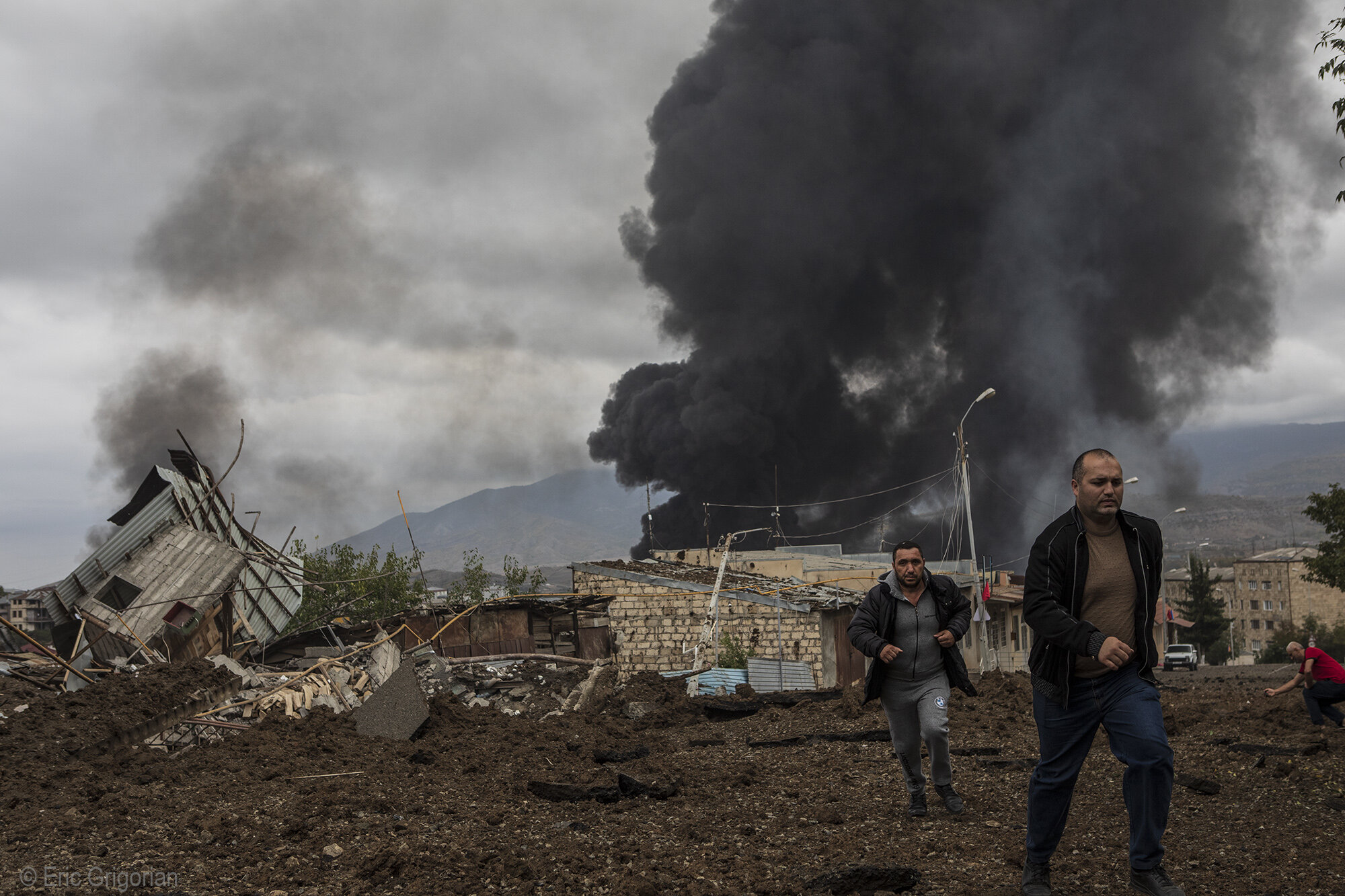
On September 27, Azerbaijan launched a wide scale offensive in Nagorno-Karabakh. What followed was a bloody 44-day war that ended on November 9, after a Russian-brokered trilateral agreement was signed by Armenia’s Prime Minister Nikol Pashinyan, Azerbaijan’s President Ilham Aliyev and Russian President Vladimir Putin.
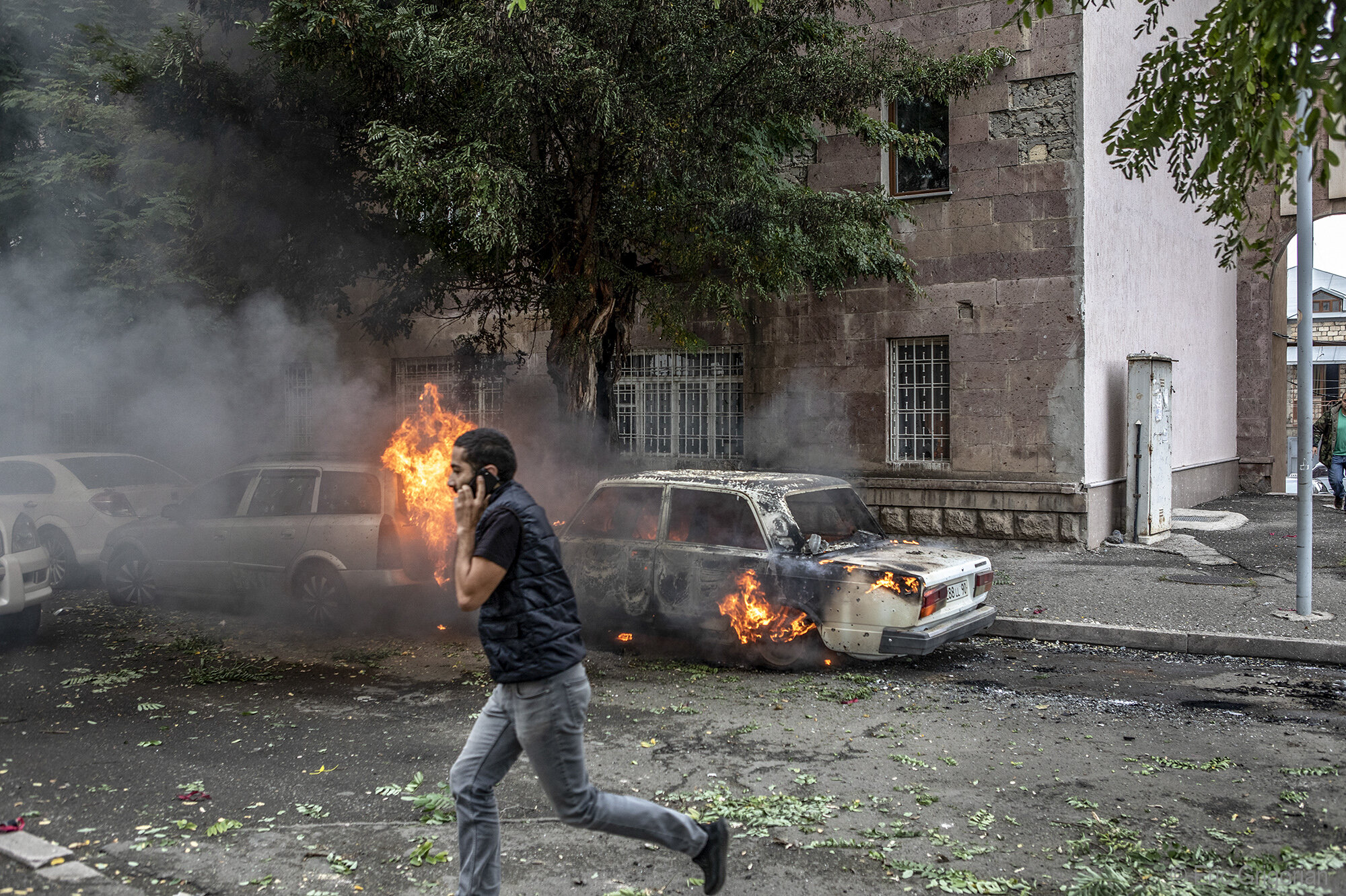
The 2020 Karabakh War resulted in painful human losses for both sides, territorial losses for the unrecognized Republic of Nagorno-Karabakh (Artsakh) and a humanitarian crisis. The status of Nagorno- Karabakh remains undecided as it has been since the end of the first war, which ended with a ceasefire agreement between Armenia and Azerbaijan in 1994.
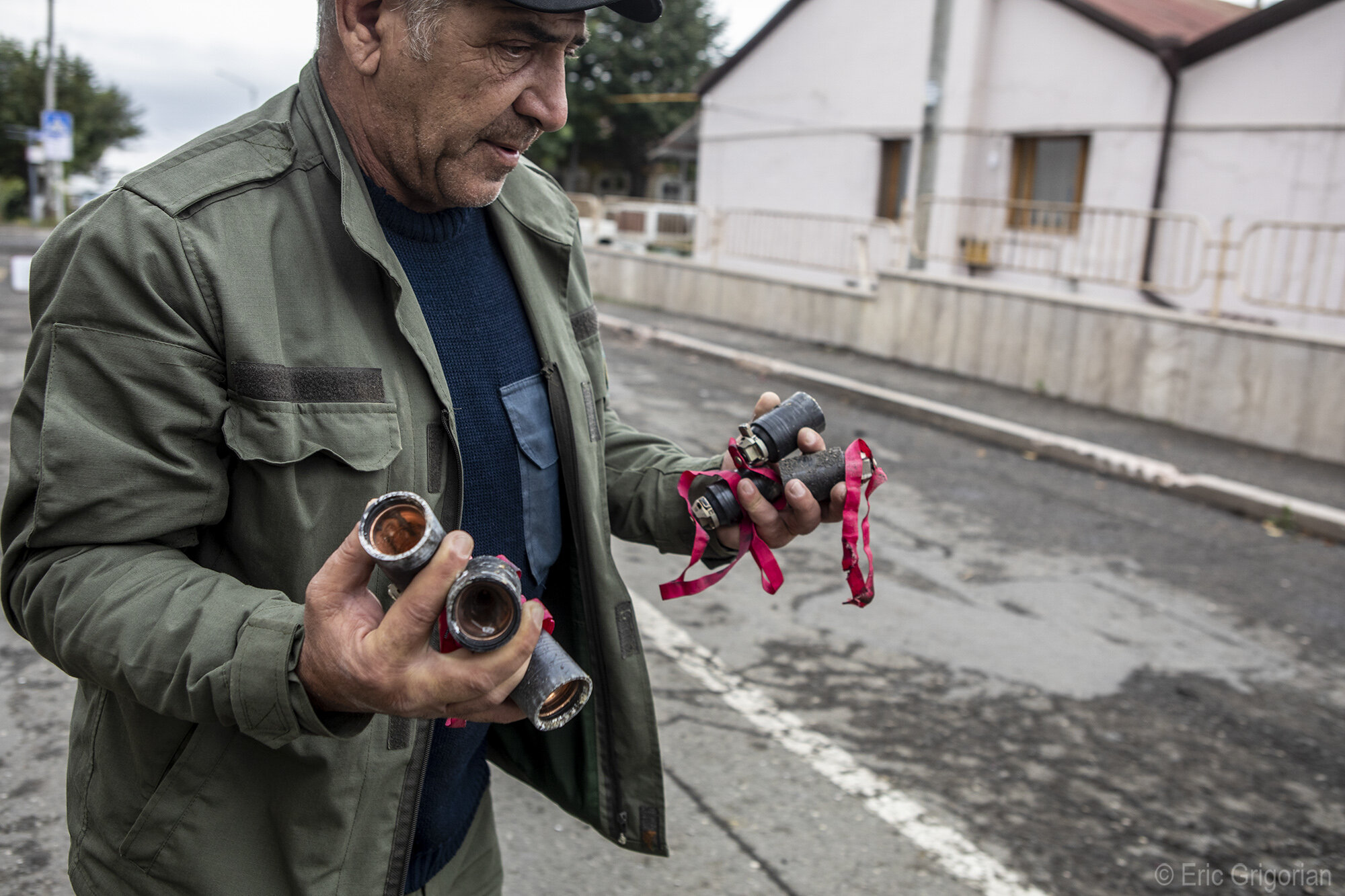
Unexploded cluster bomblets are collected immediately after a residential neighborhood of Stepanakert, the capital of Karabakh, was bombed by Azerbaijan on Oct. 4.
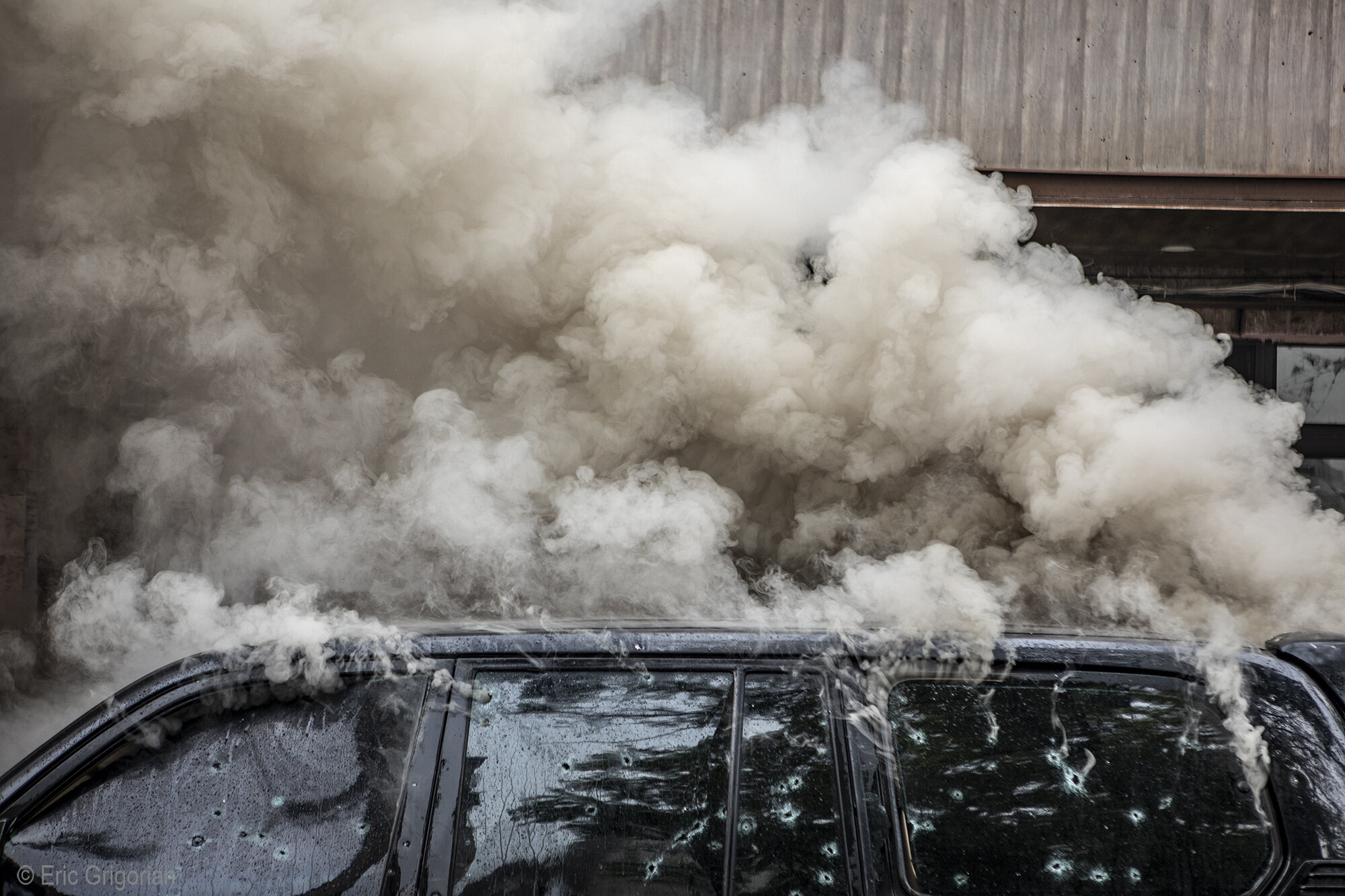
Shelling continued during the day across different locations in the city where buildings, cars and stores were severely damaged.
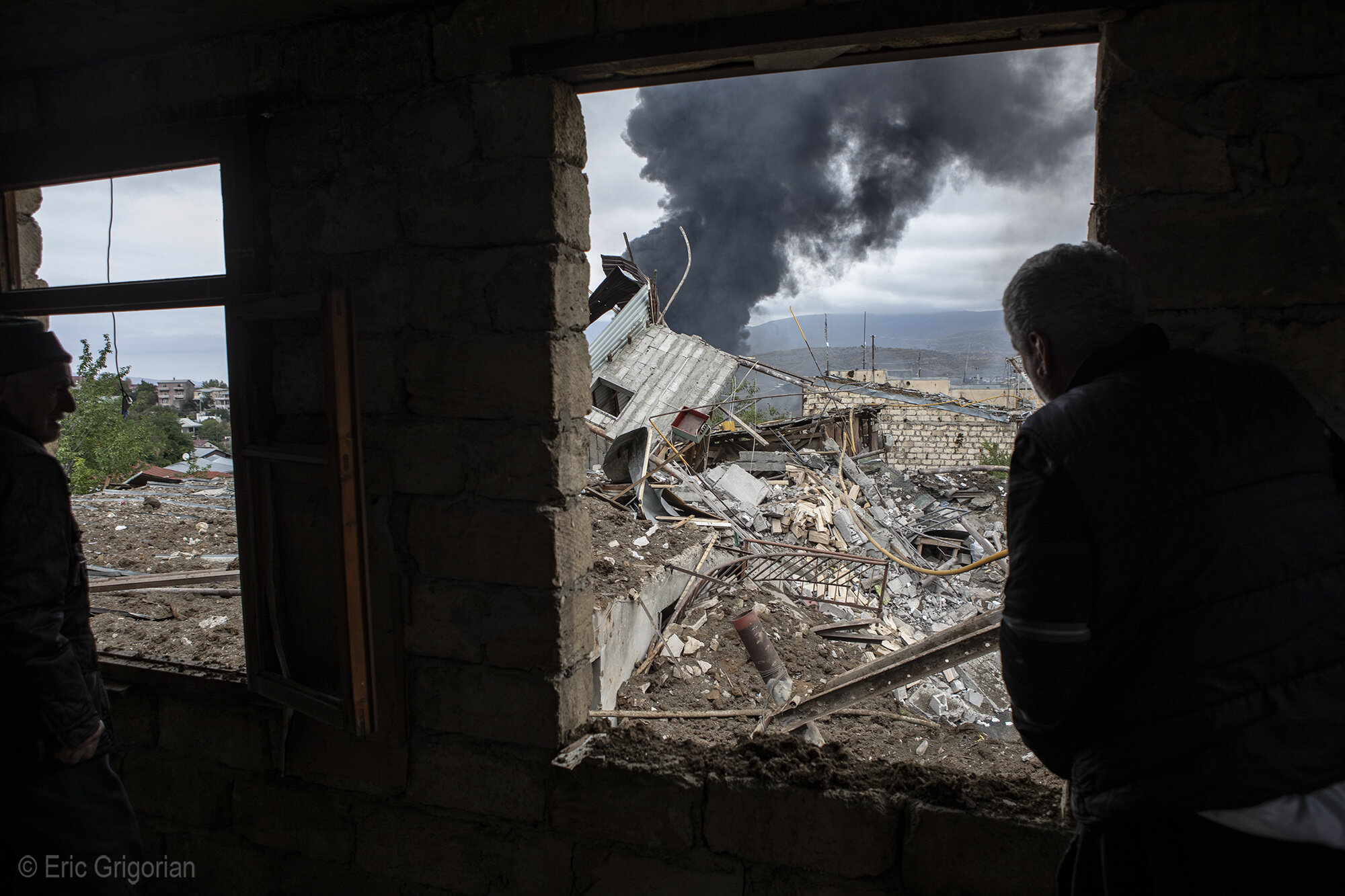
Another residential neighborhood was bombed by an Azerbaijan aircraft on October 4.
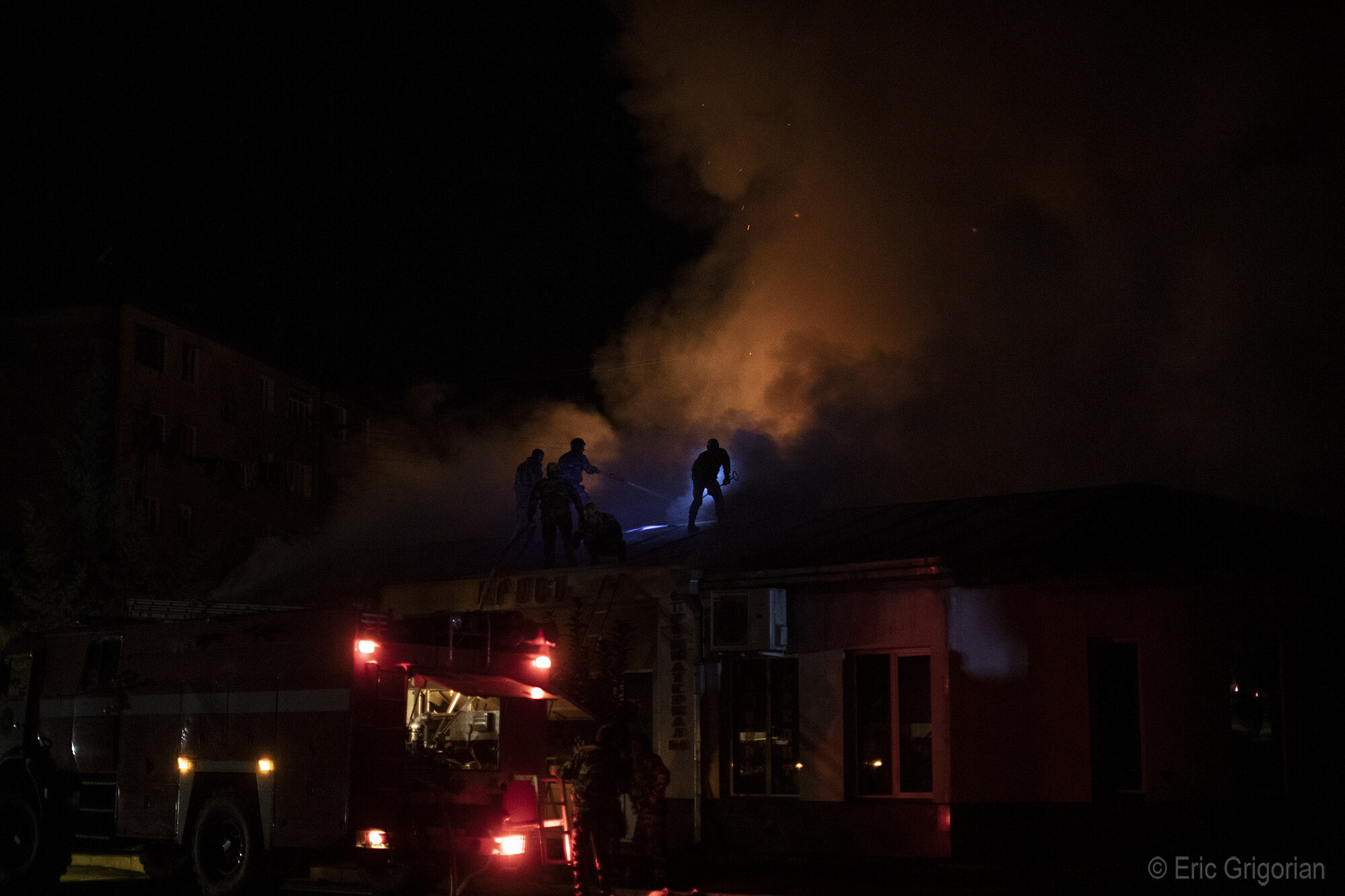
A fire breaks out after a store is hit late in the evening of Oct. 3.
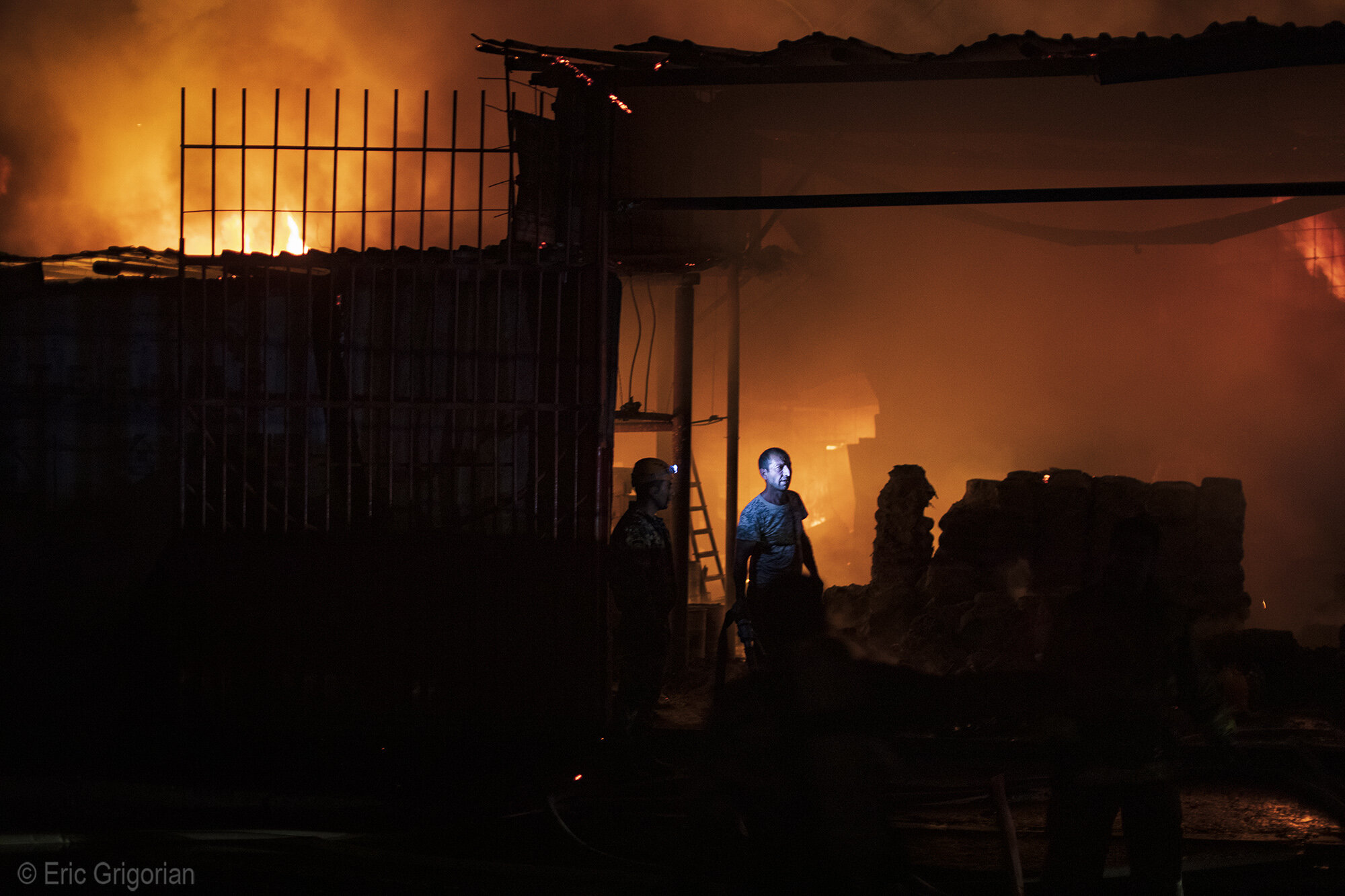
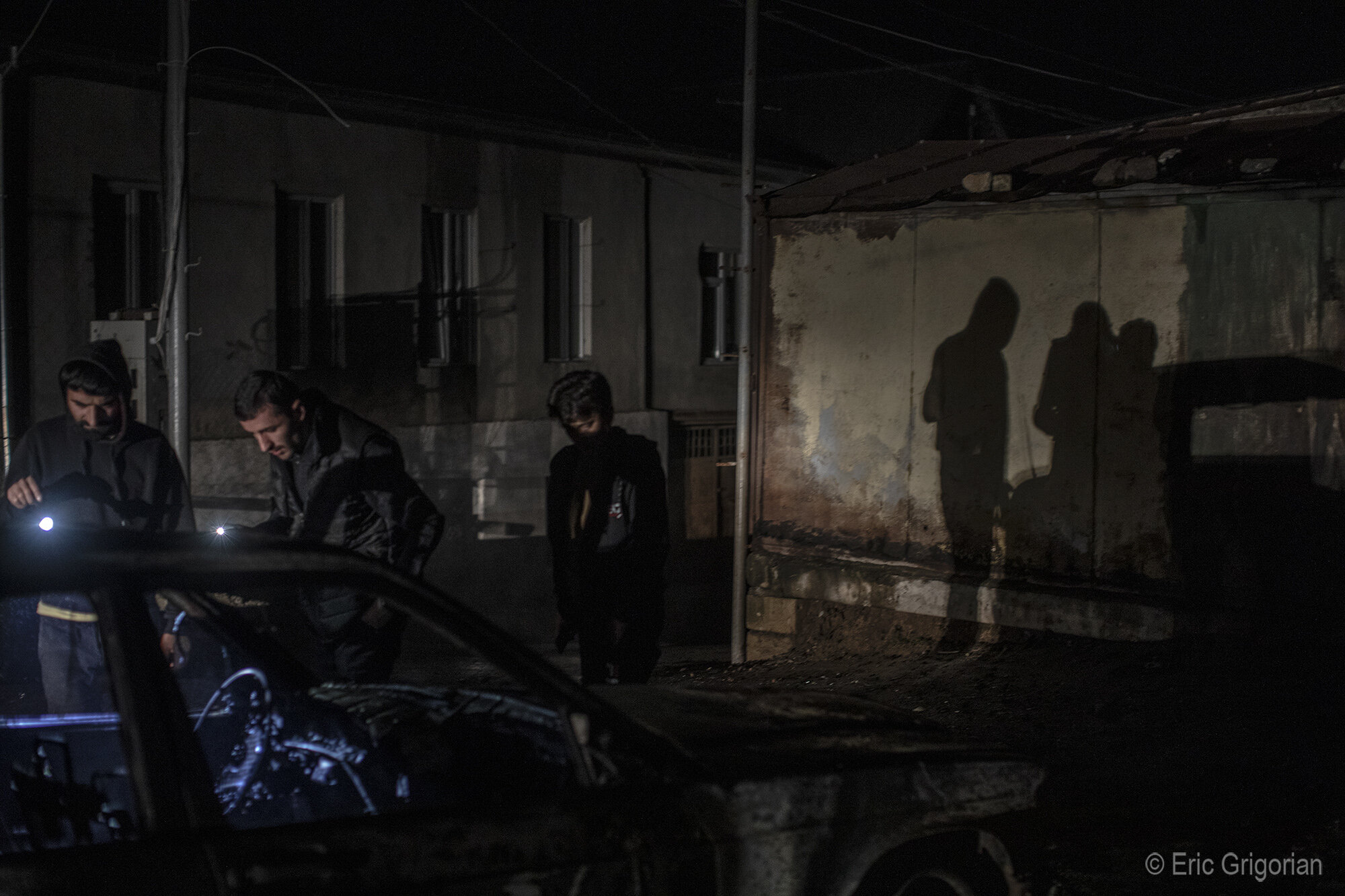
Residents examine a blown-out car after a shelling of the Stepanakert market on the evening of Oct. 3.
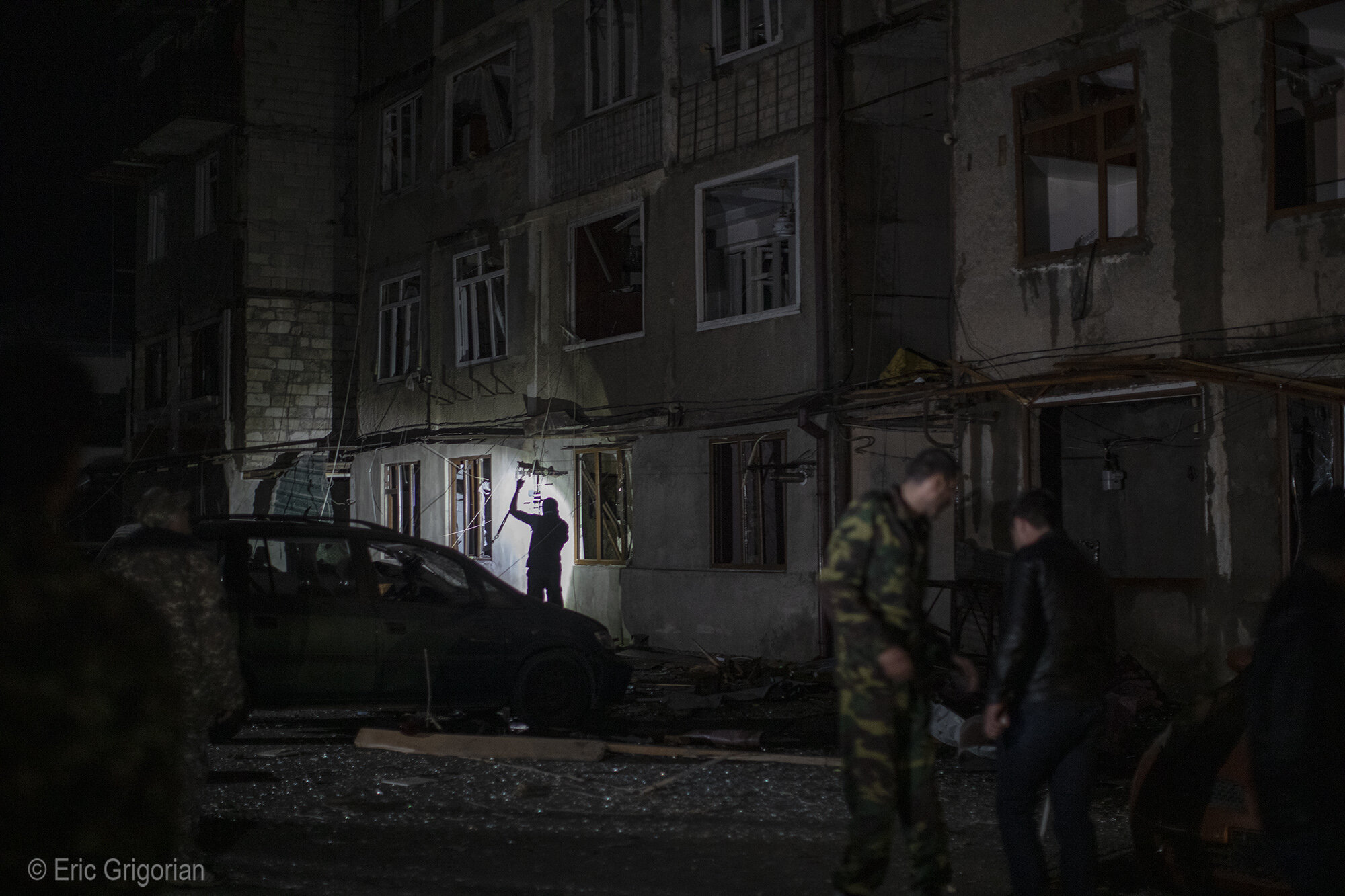
Two residential buildings heavily damaged in Stepanakert after a bomb hit the roof of one of the buildings on the evening of Oct. 2. Ten people were reported to be injured.
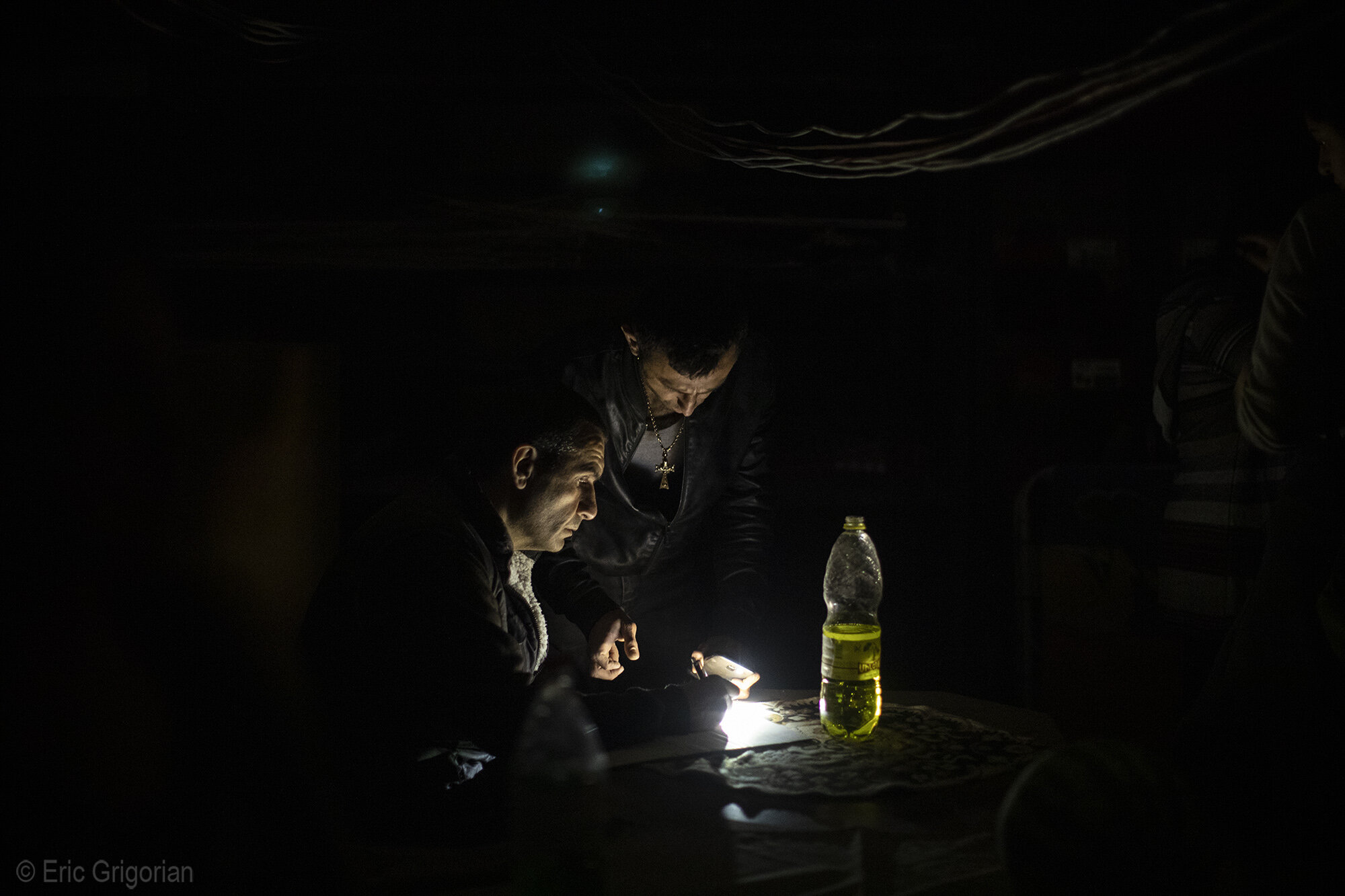
After a night time bomb strike on a residential neighborhood of Stepanakert officials in a makeshift bunker of one of the hit buildings gather names of residents wanting to be evacuated from the city.
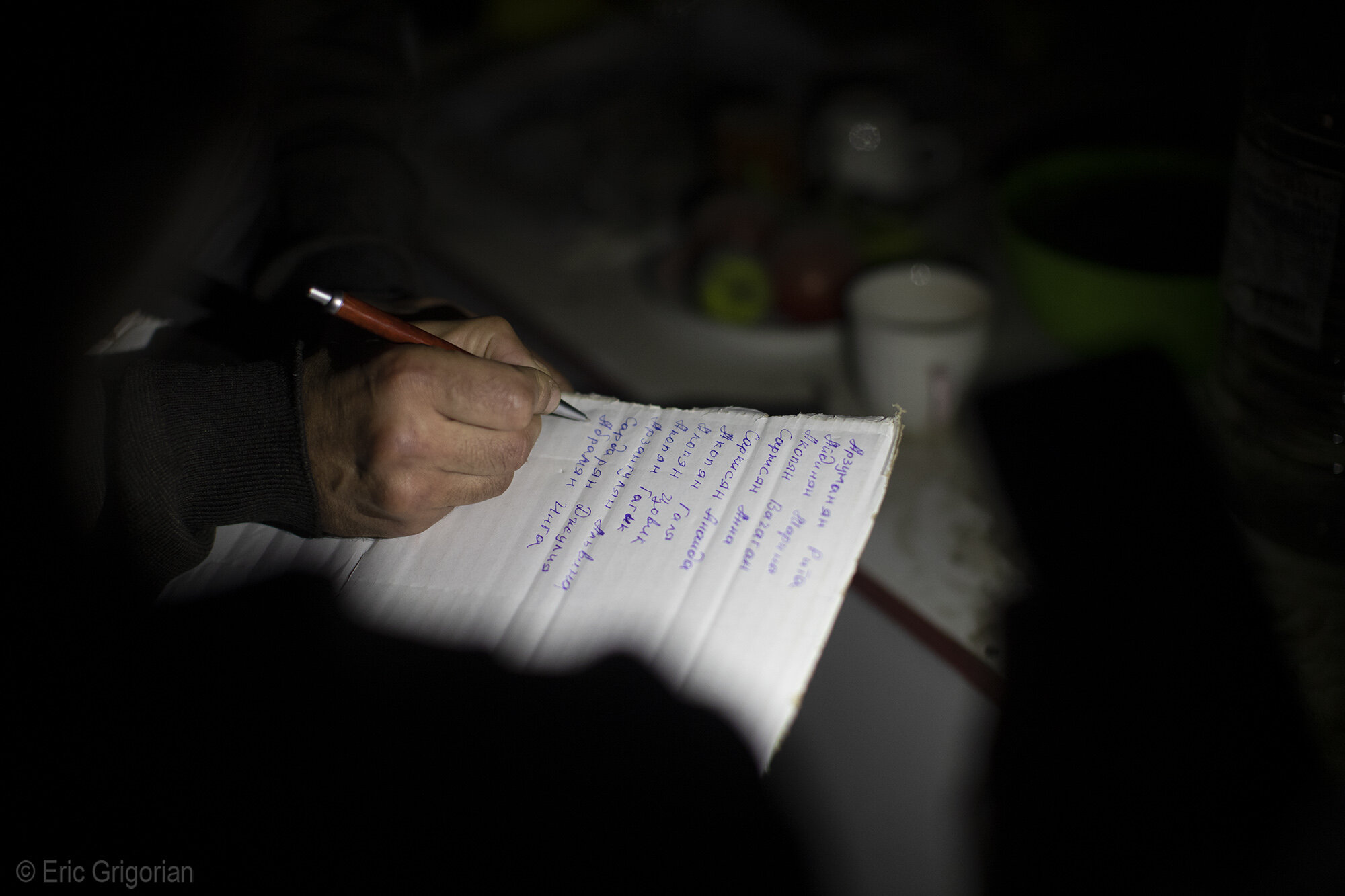
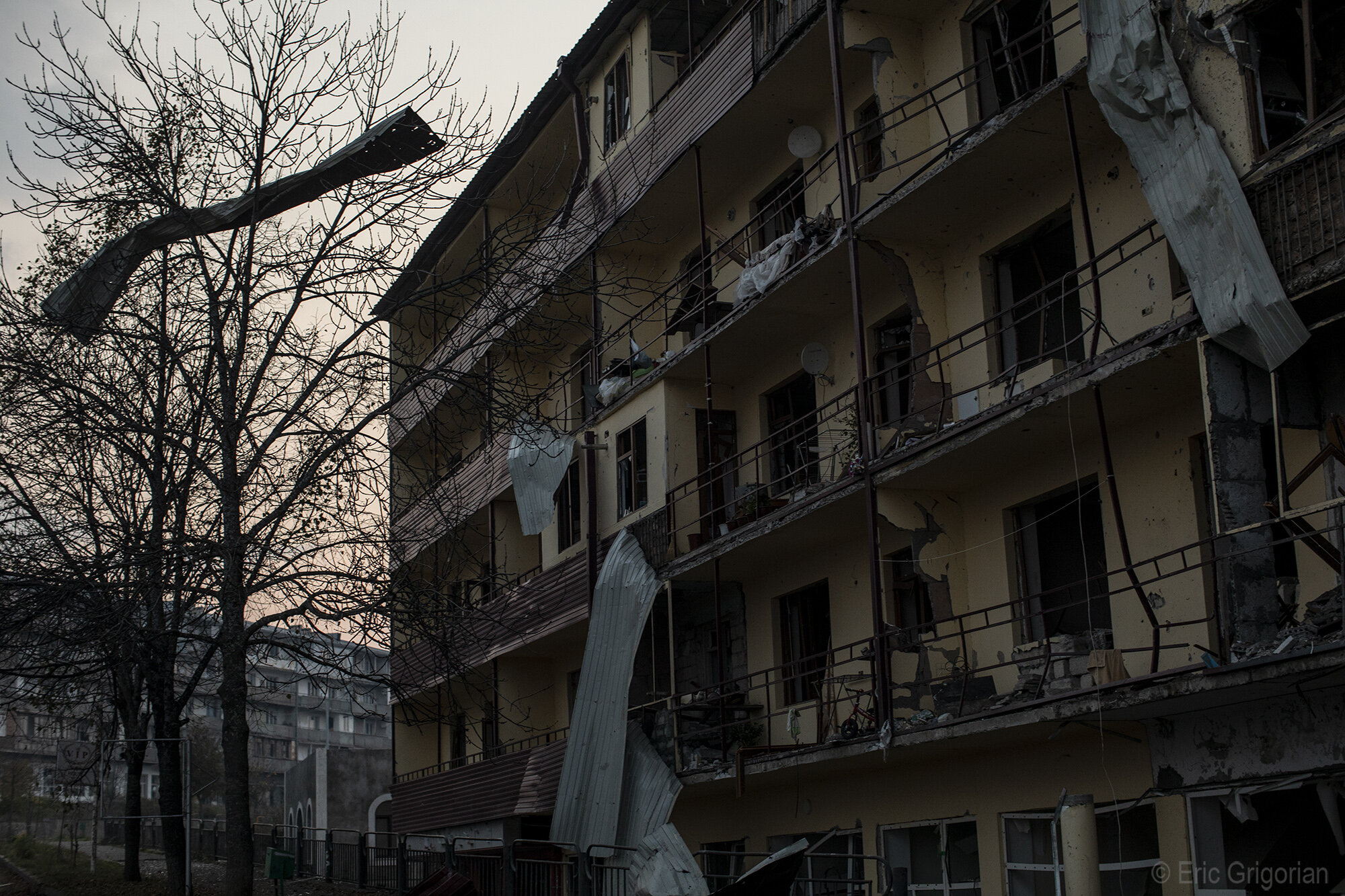
Another residential building destroyed by Azerbaijani shelling. Azerbaijani military took control over the city of Shushi on Nov 8.
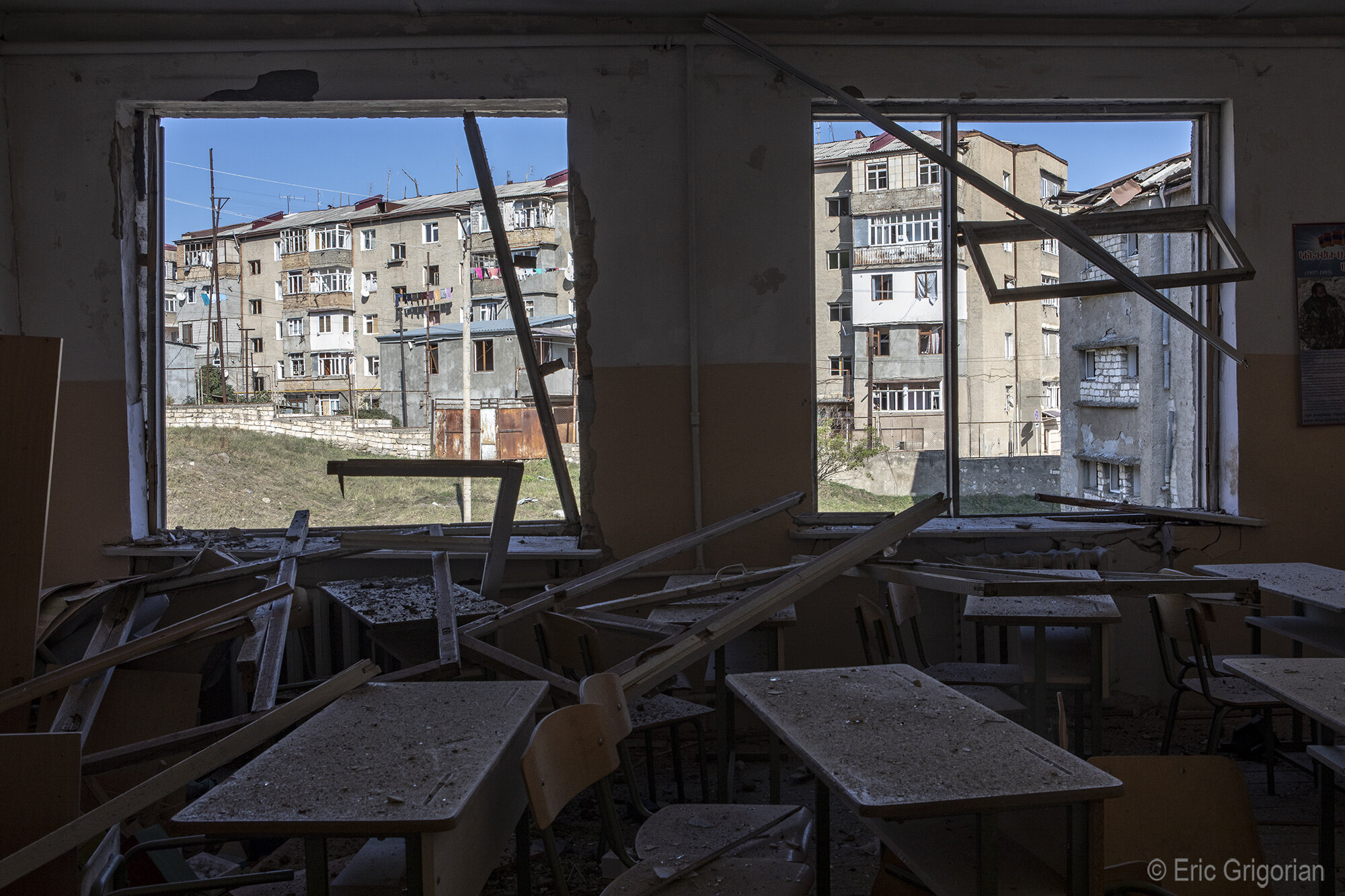
A school in Stepanakert destroyed by Azerbaijani bombing.
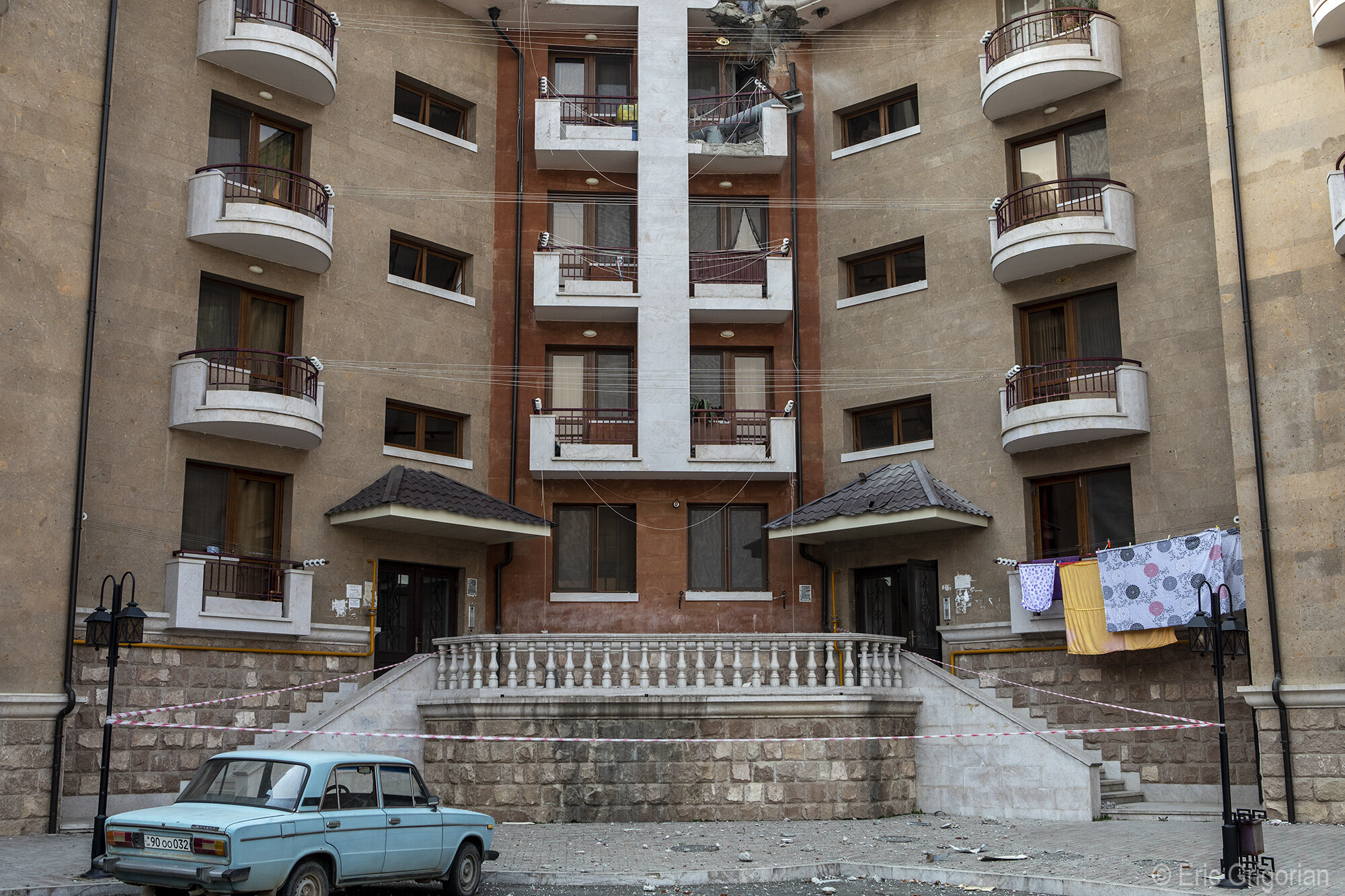
An Azerbaijani Smerch rocket lodged in a balcony of an apartment complex in Stepanakert.
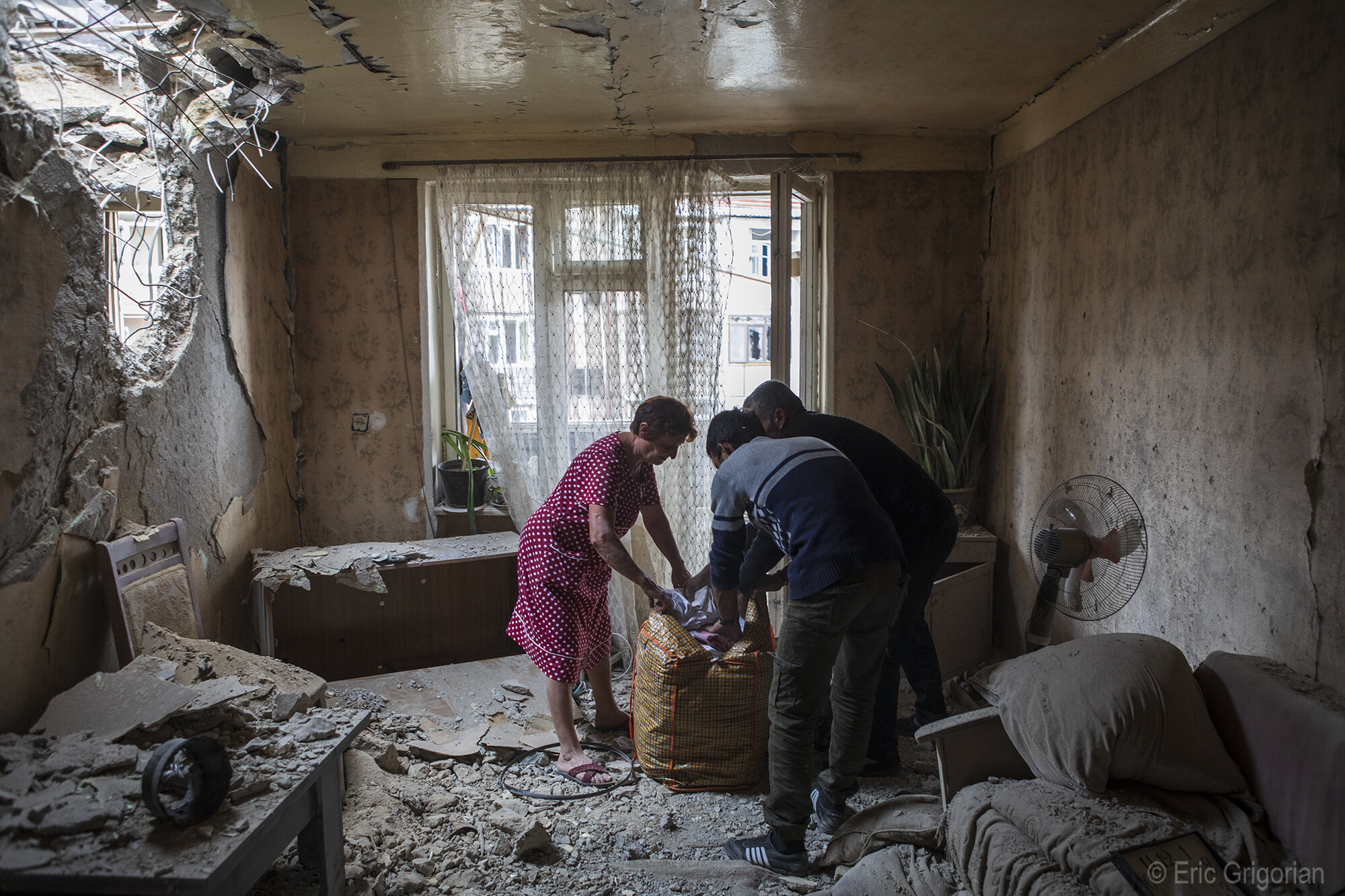
The morning after shelling in Stepanakert, residents of the buildings that were severely damaged return home to salvage whatever is left of their belongings.
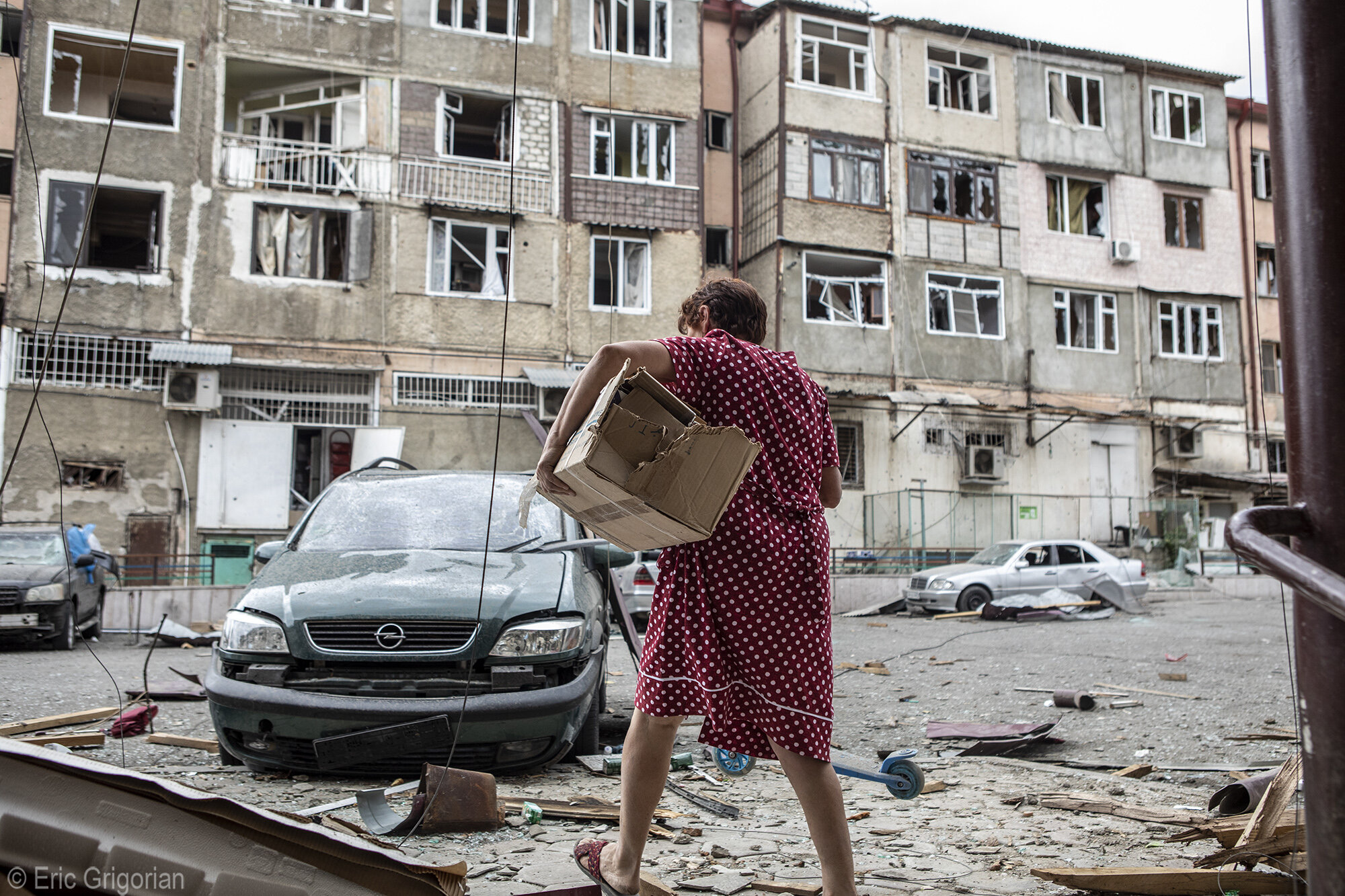
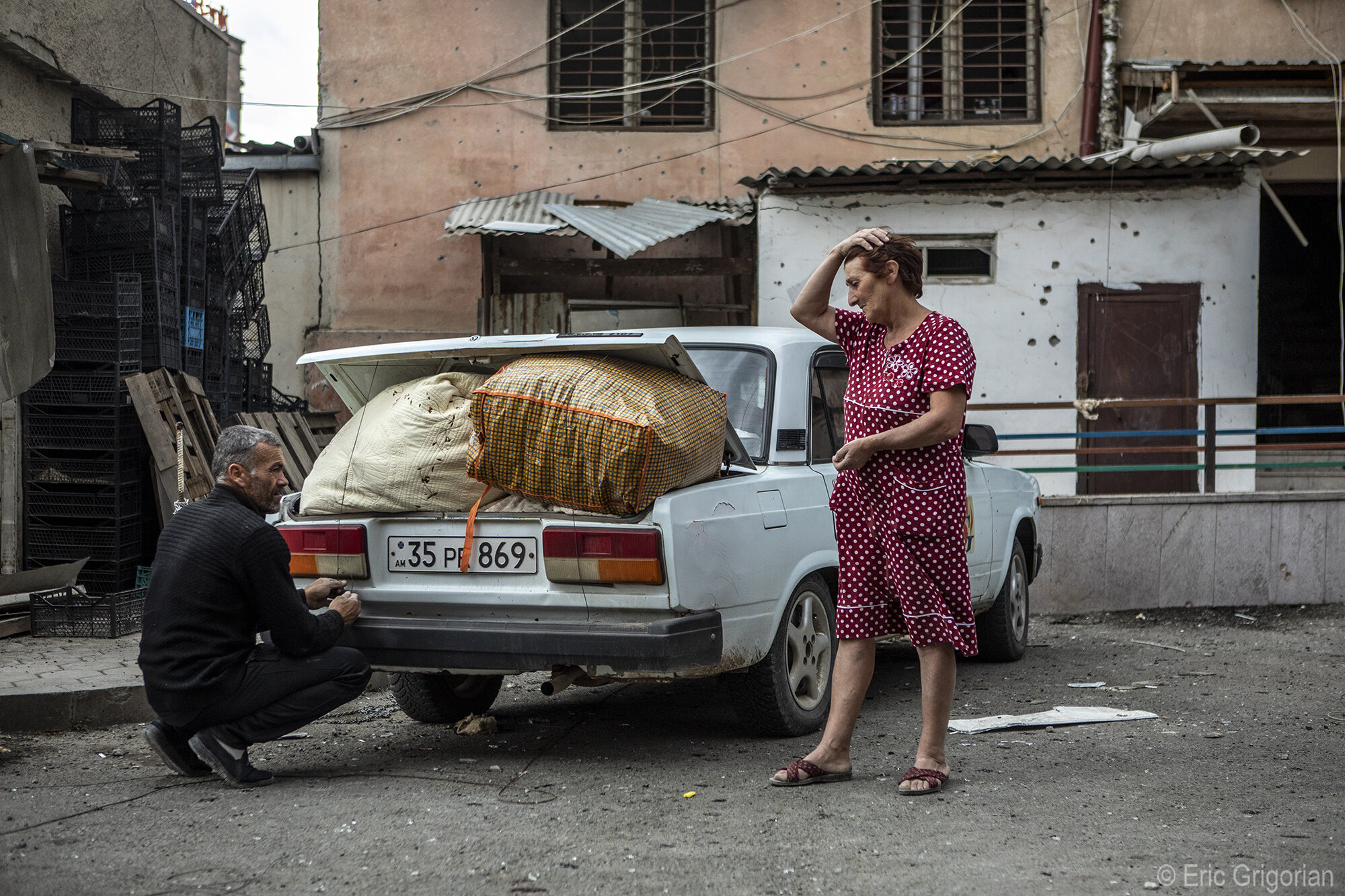
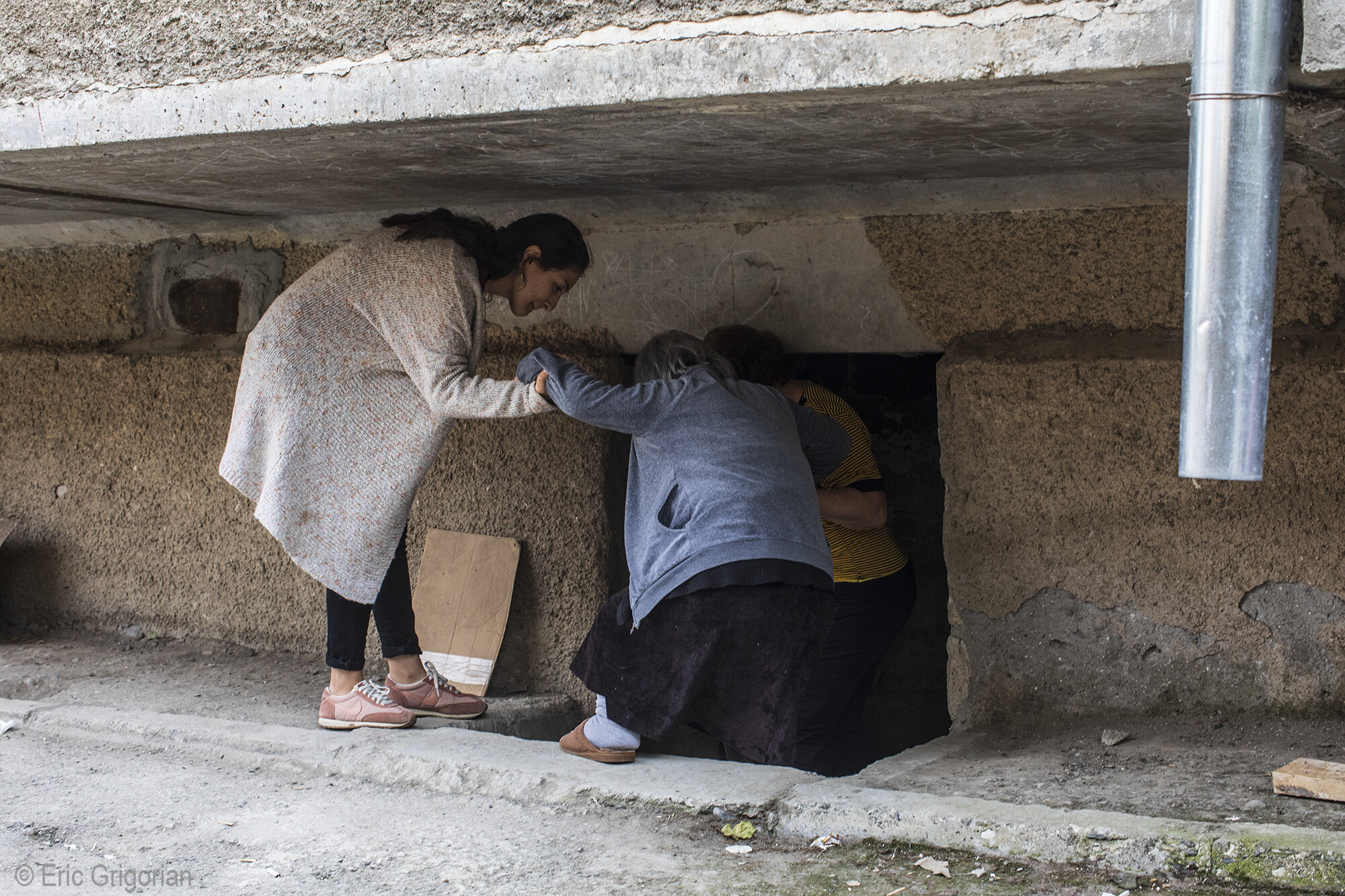
Residents of Stepanakert take shelter in the basements of their buildings on Sept. 28.
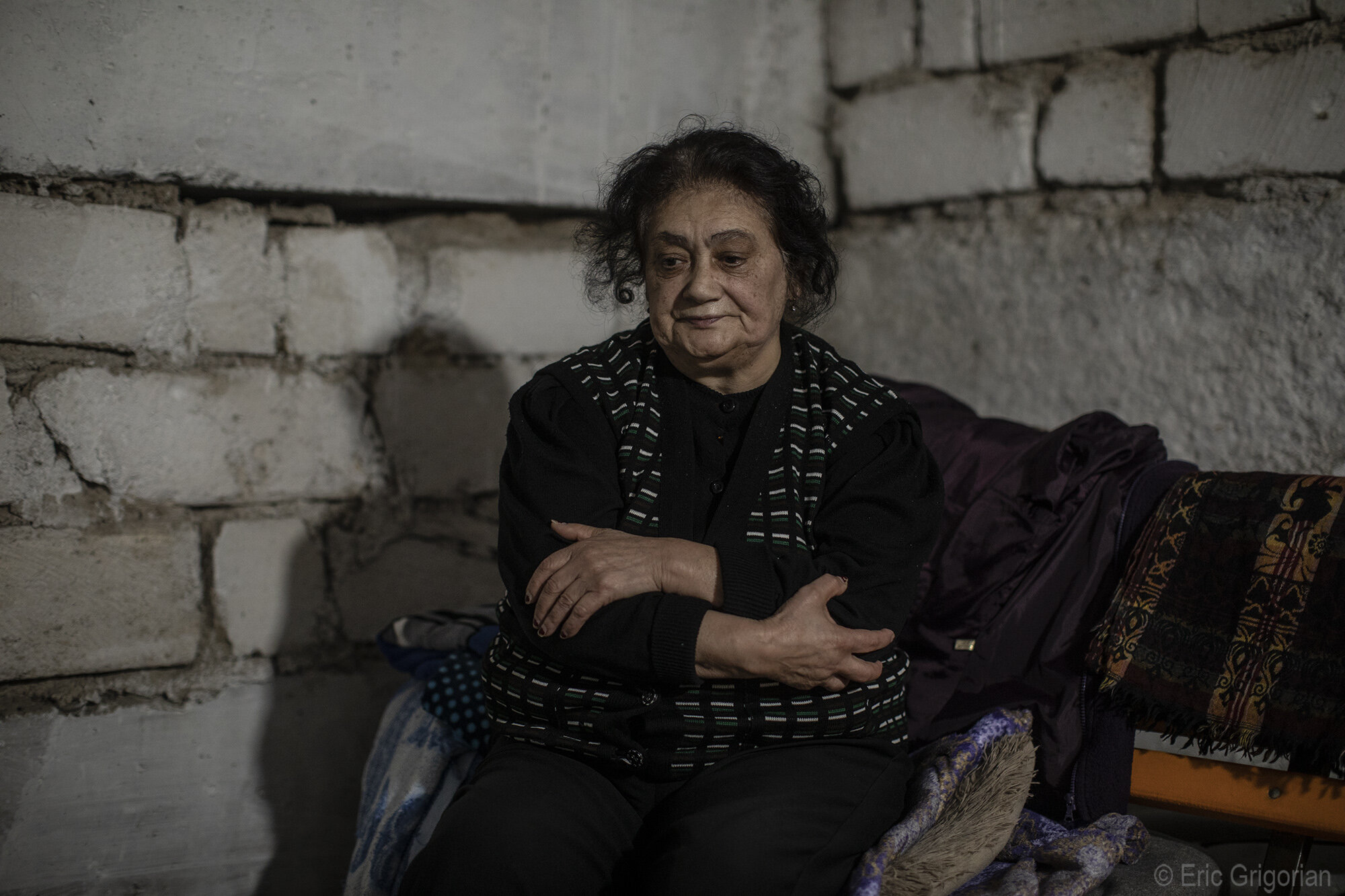
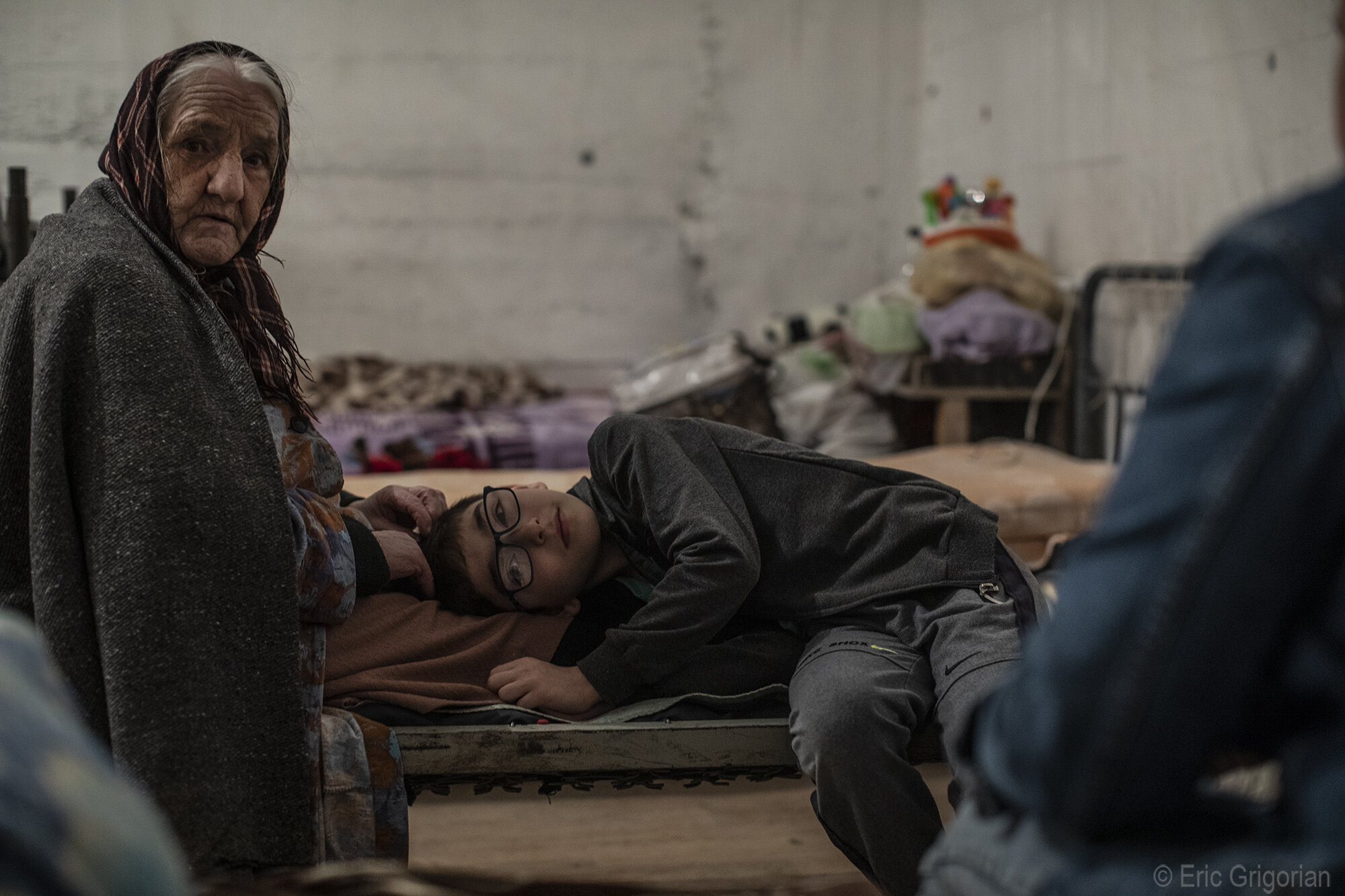
With the men off in battle the few remaining in the bunkers of Stepanakert are the elderly, and mothers unable to leave while their children are fighting on the front lines.
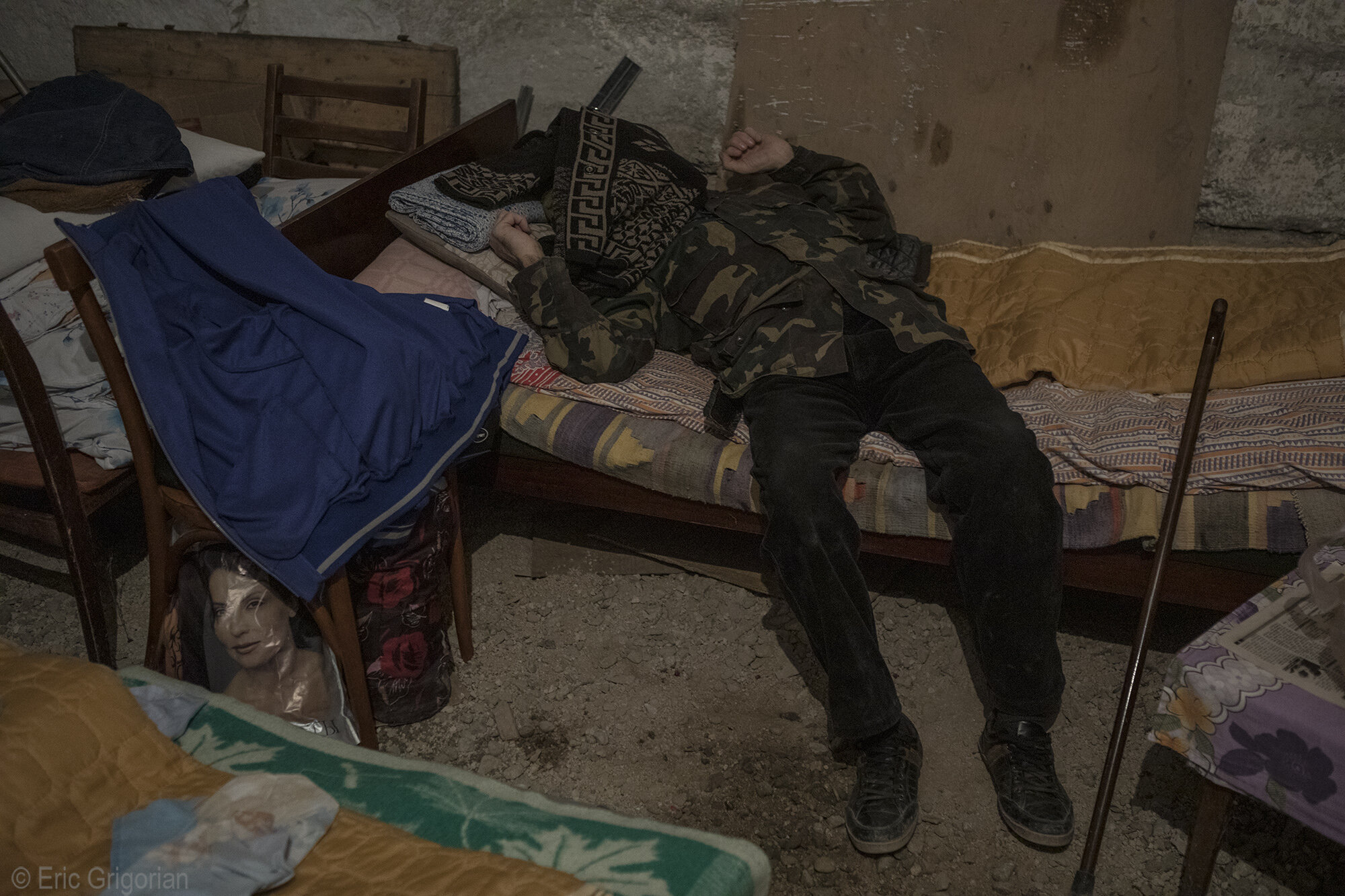
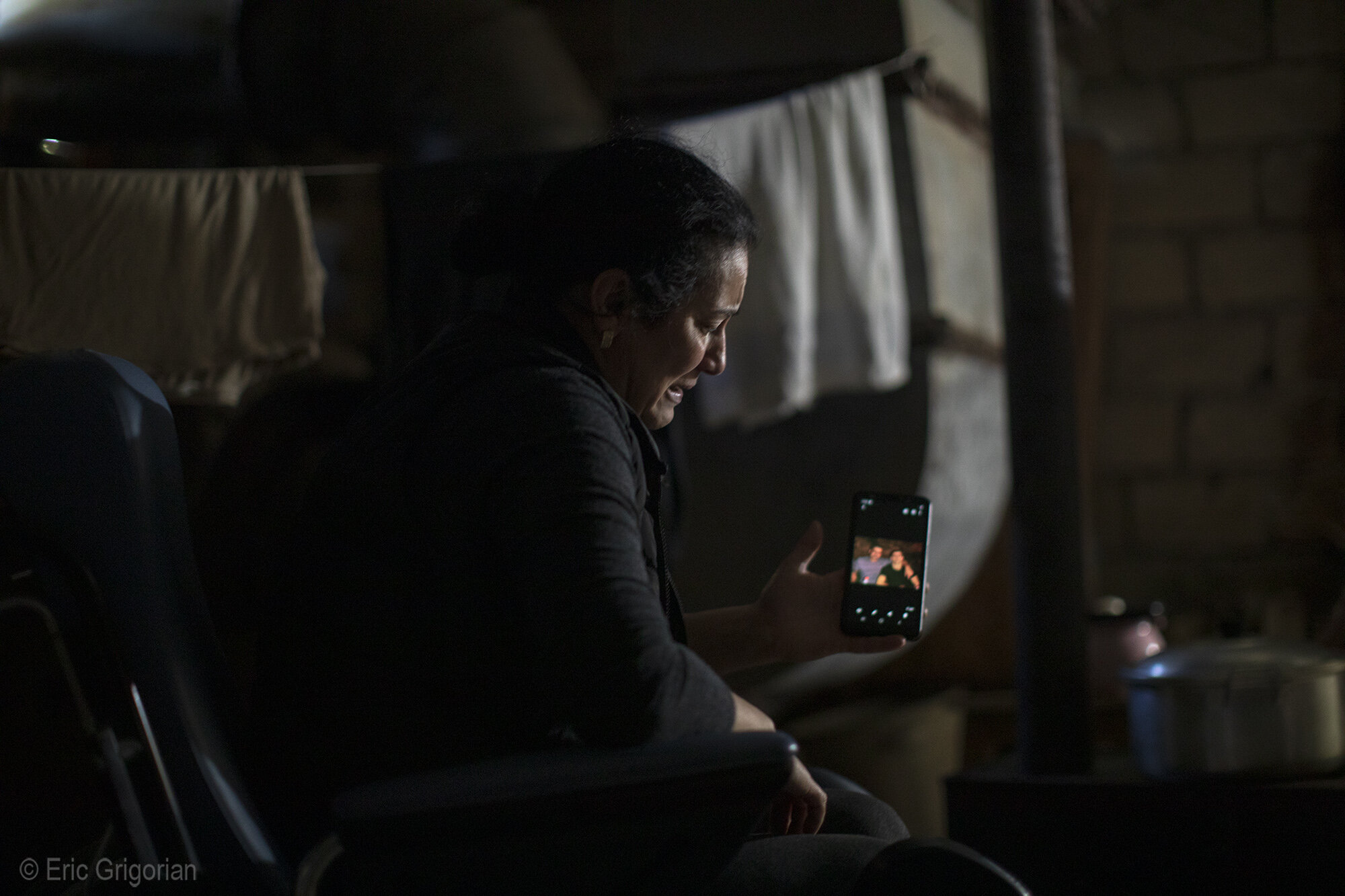
In the basement of a bombed hospital in Shushi a mother grieves the death of her son and brother who died during battle.
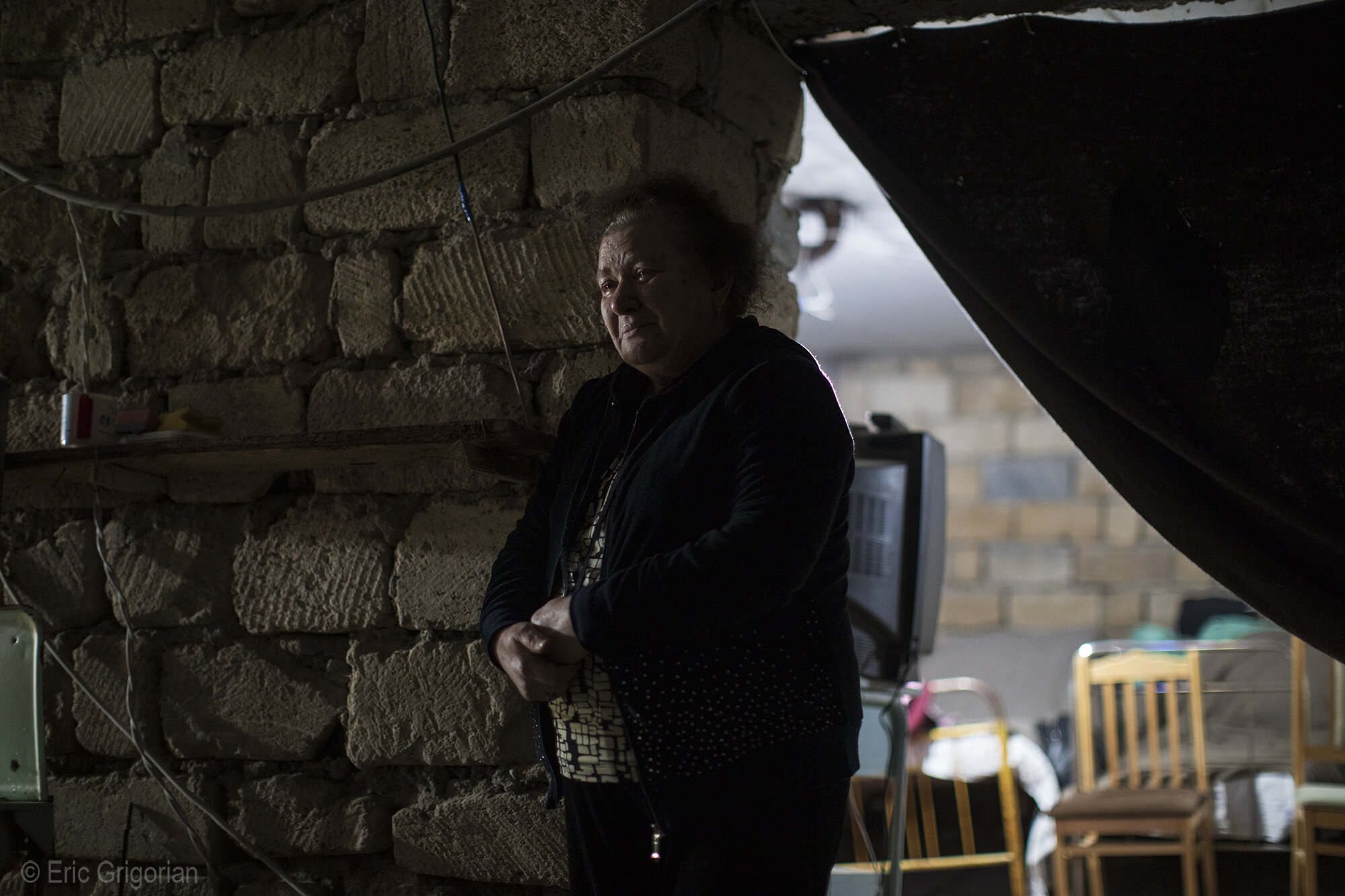
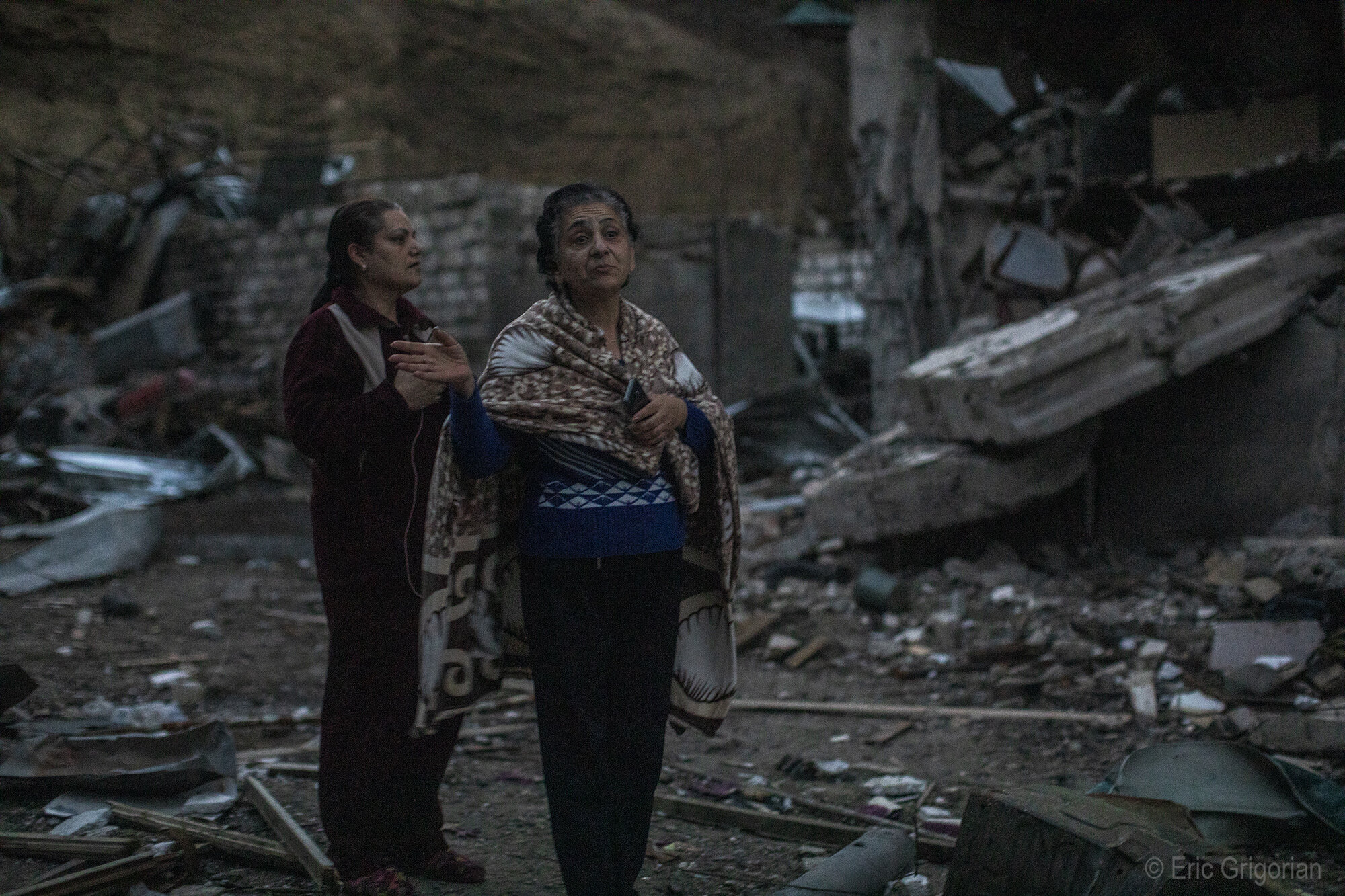
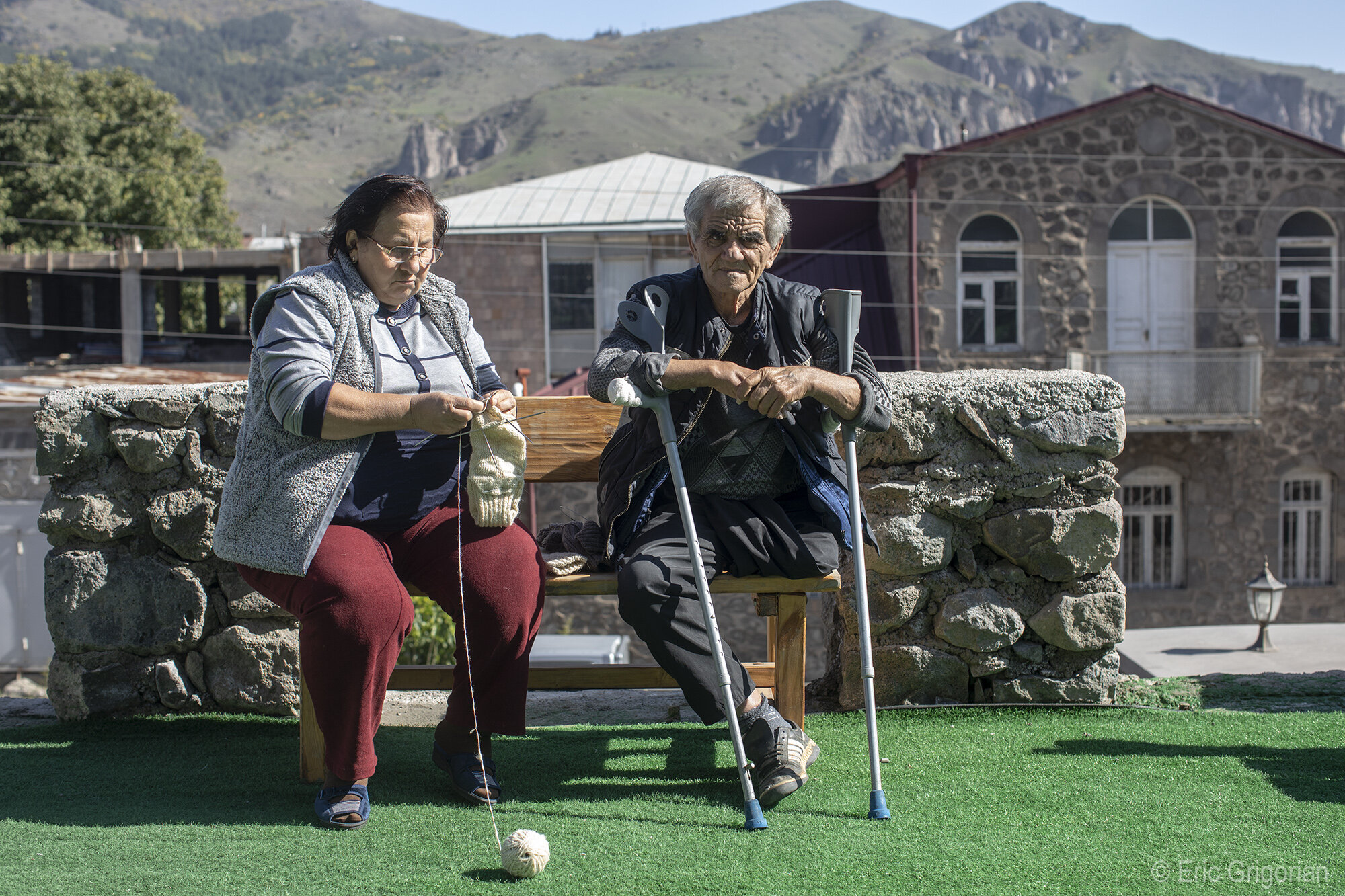
Many residents of Karabakh iwere evacuated to Goris, a town in Armenia close to the border with Karabakh.
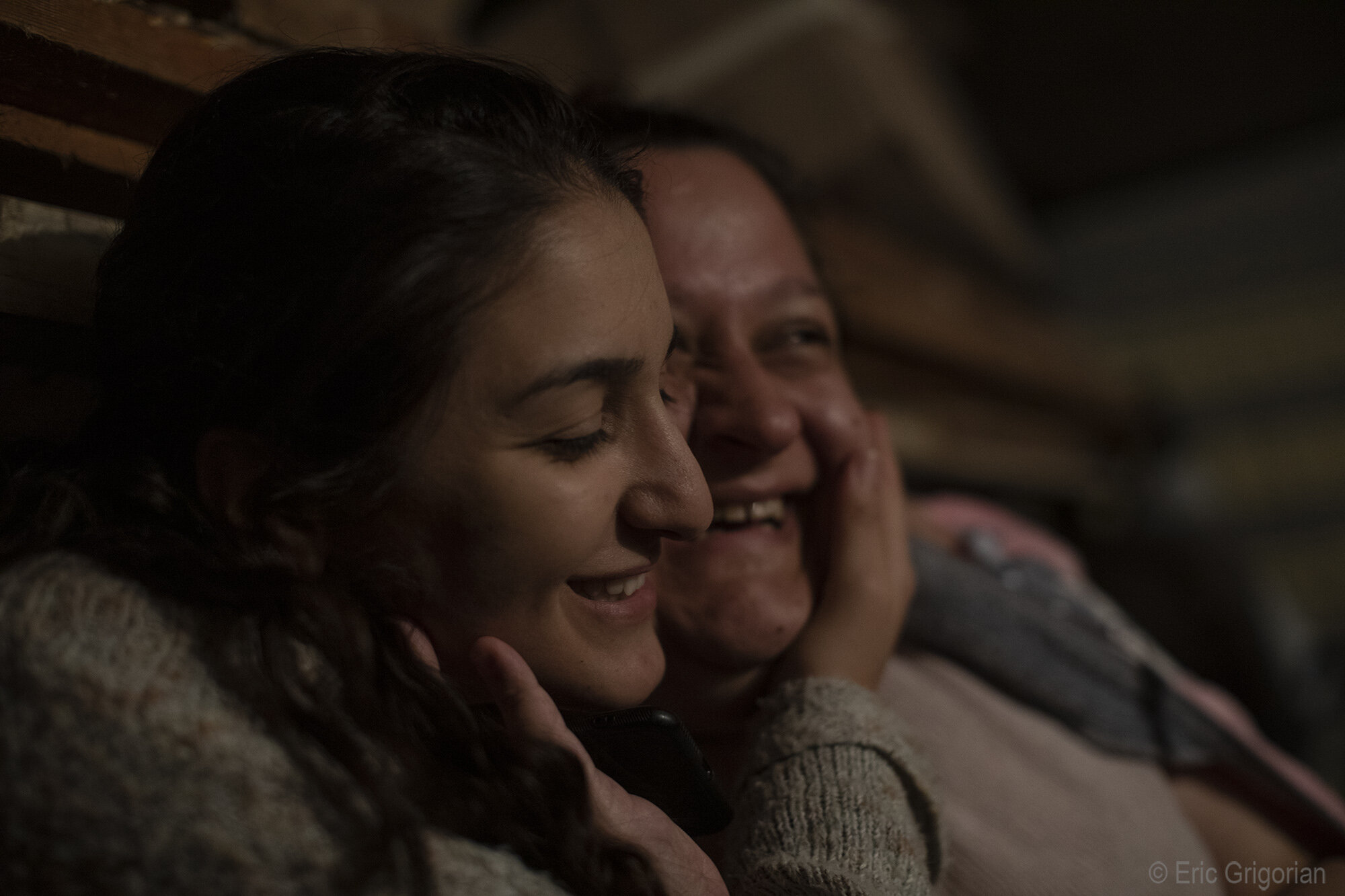
Childhood friends reunite in a makeshift bunker in Stepanakert.
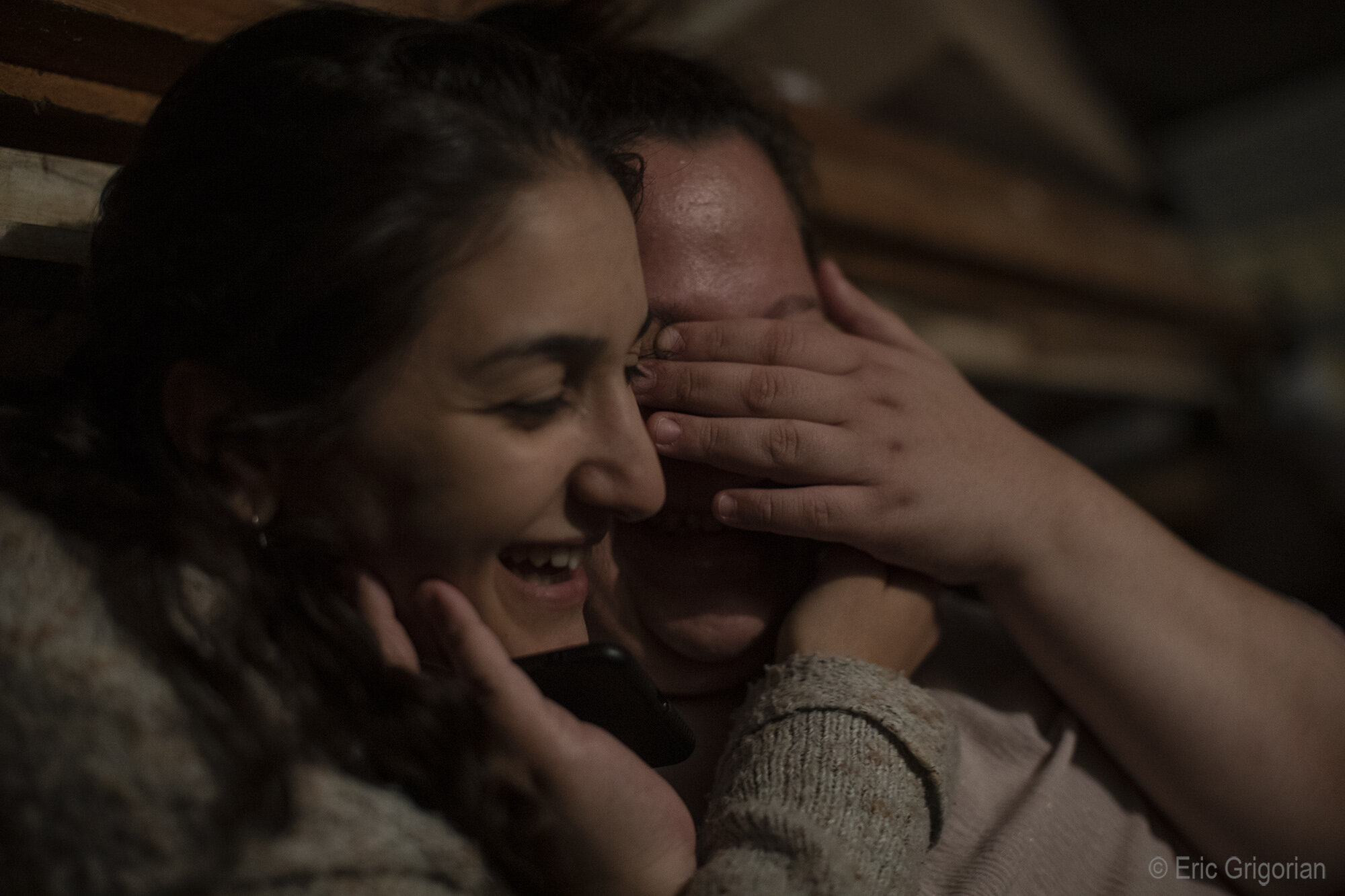
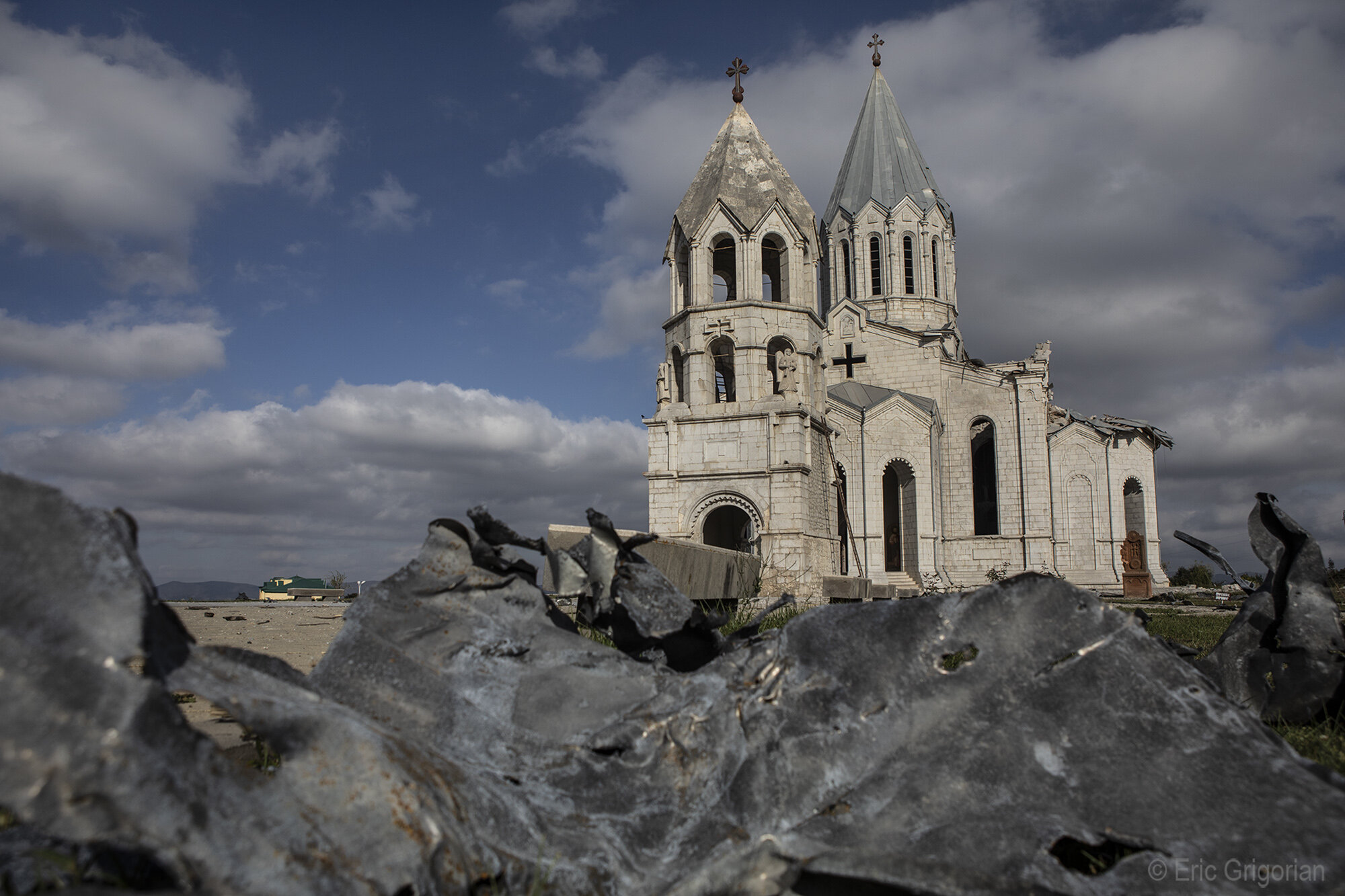
The Holy Savior Ghazanchetsots Cathedral in Shushi was targeted twice on October 8 by Azerbaijani forces, considerably damaging the historic monument and wounding several foreign journalists.
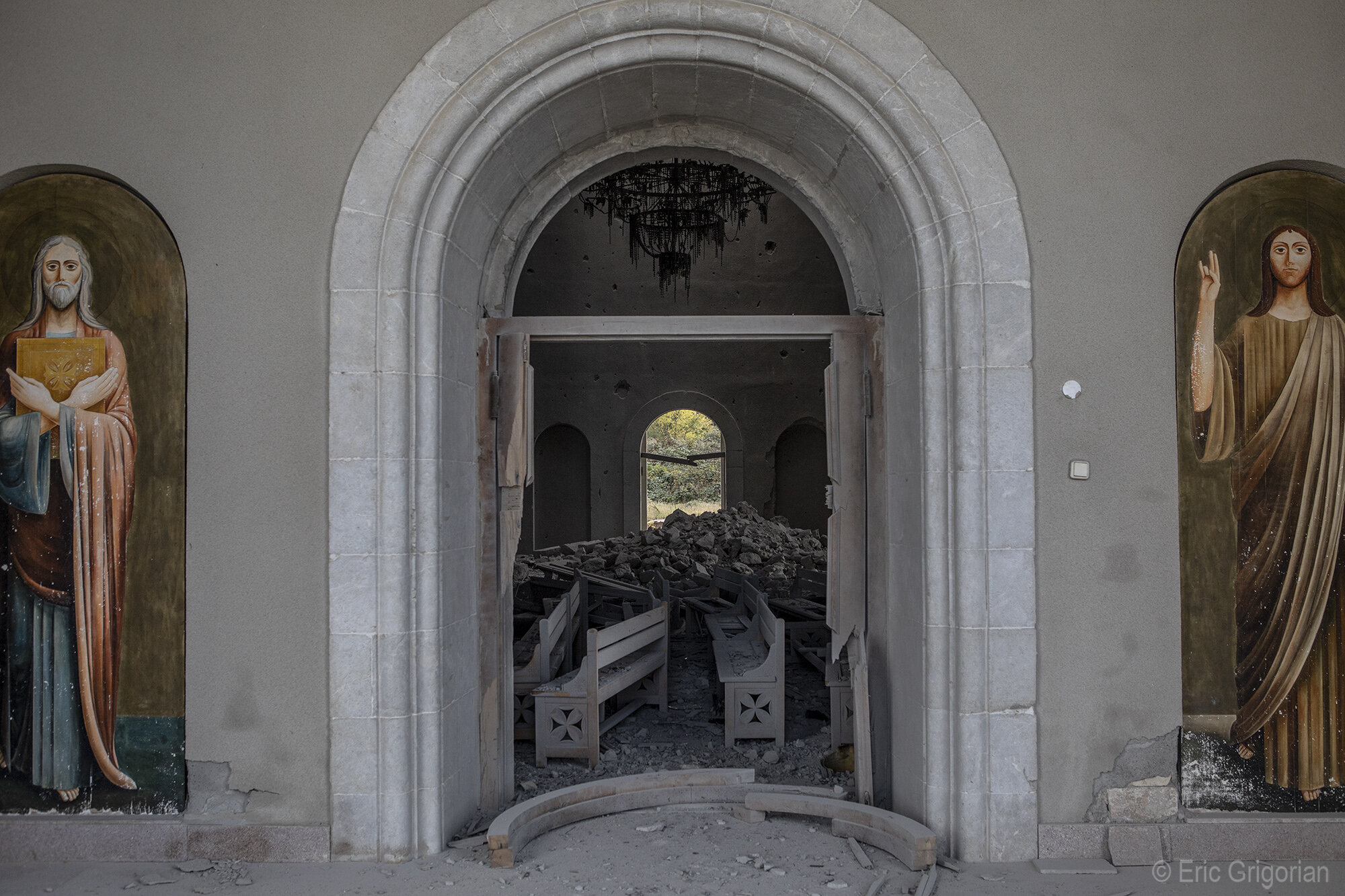
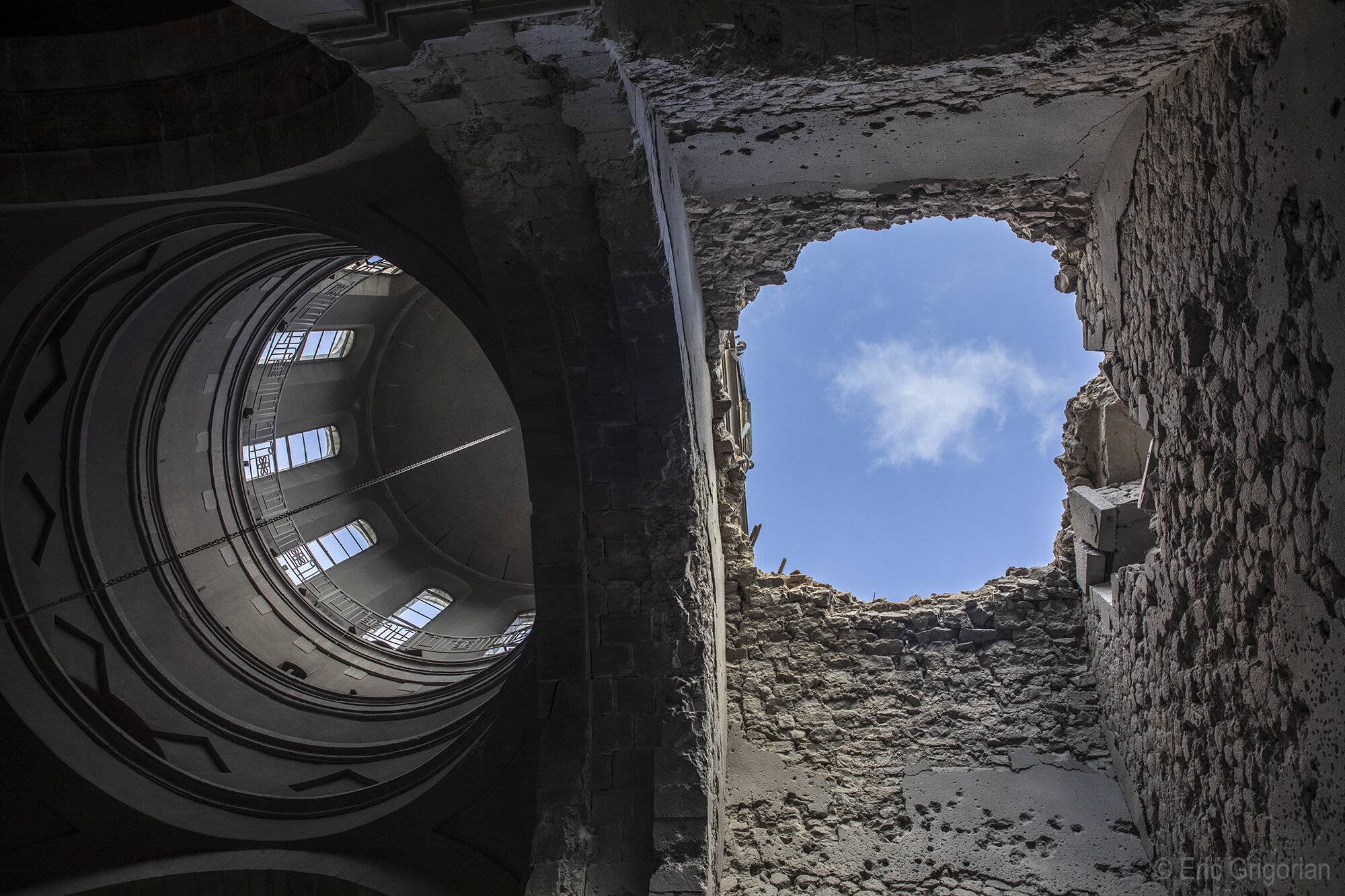
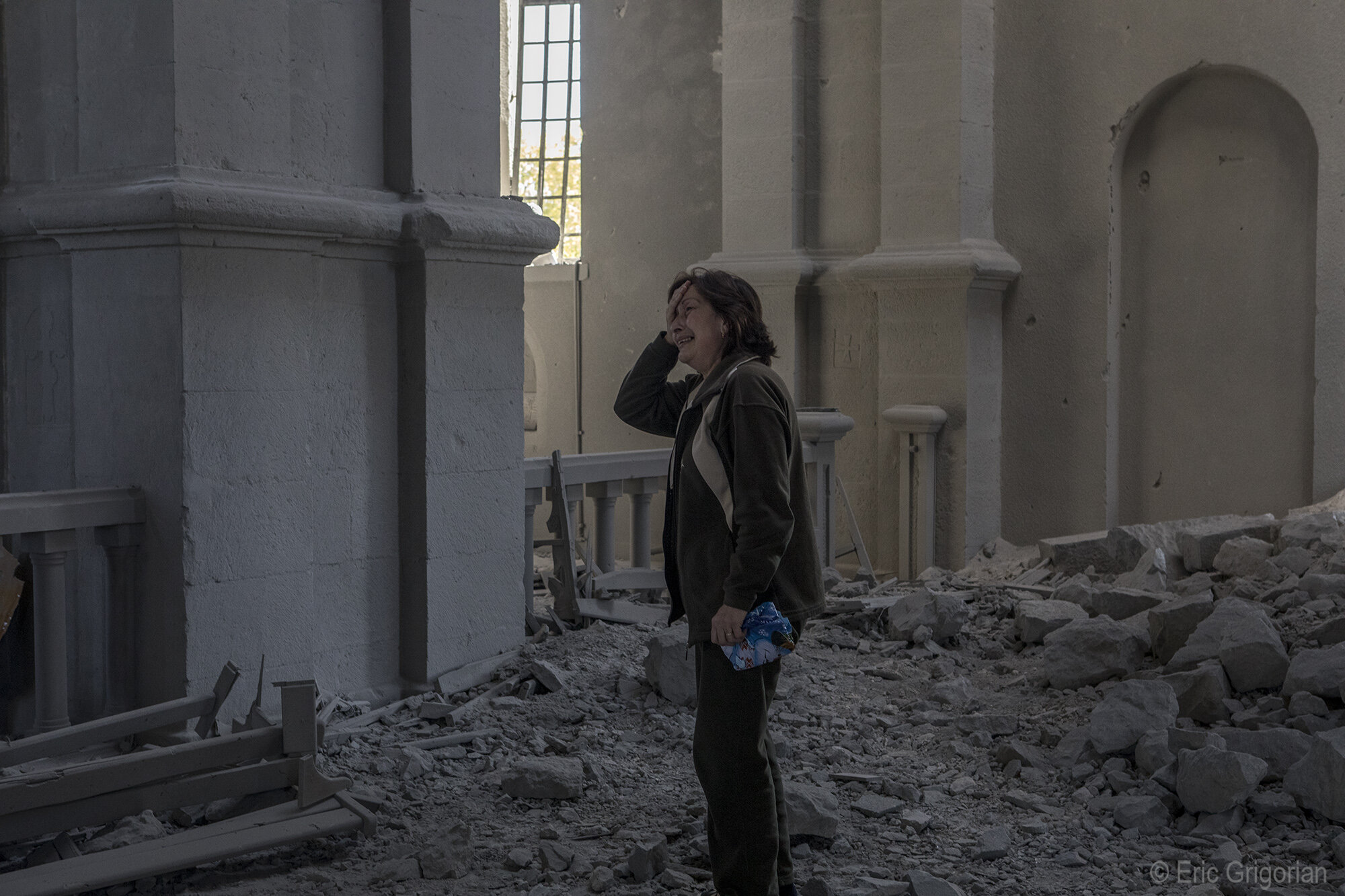
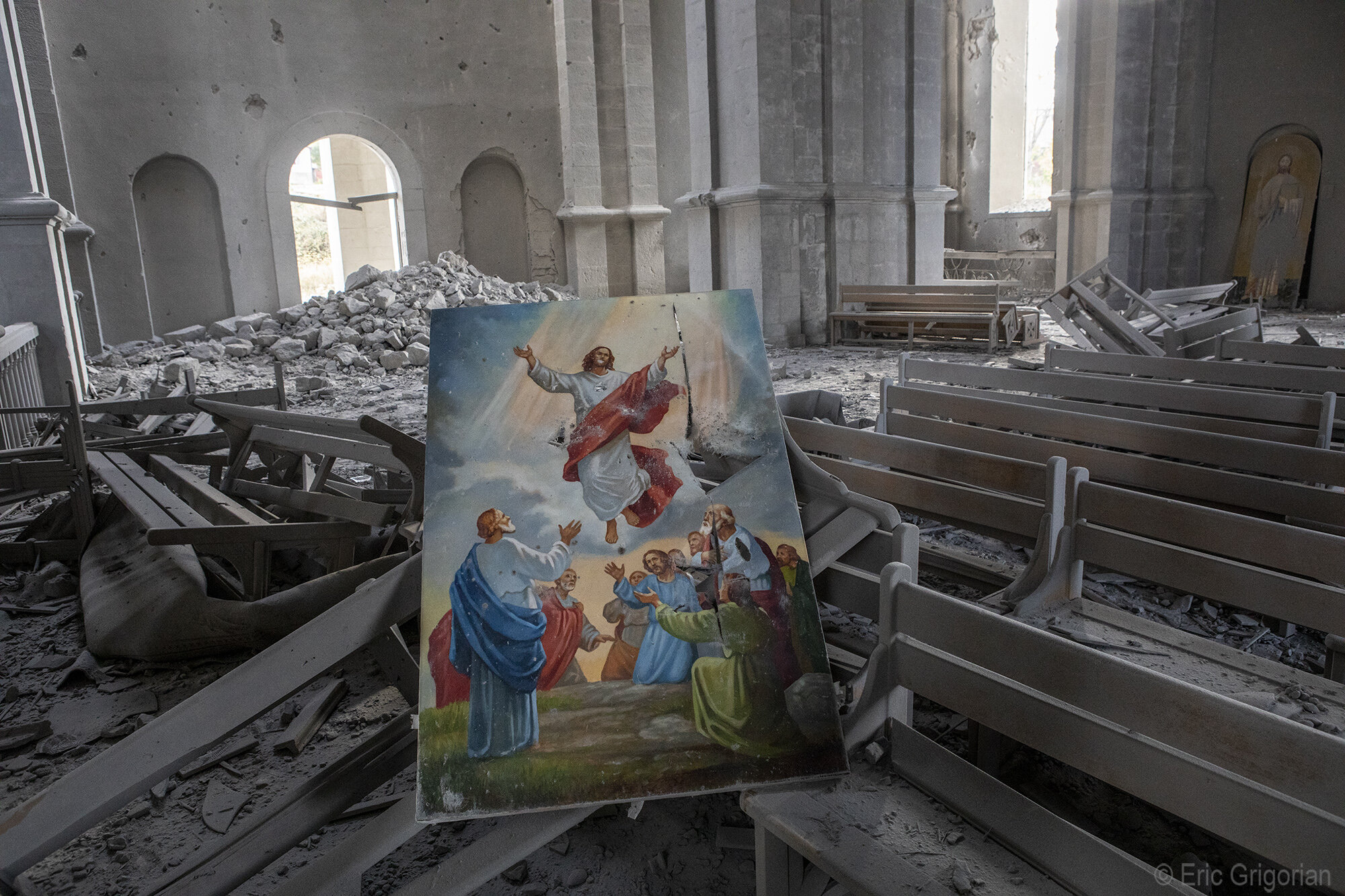
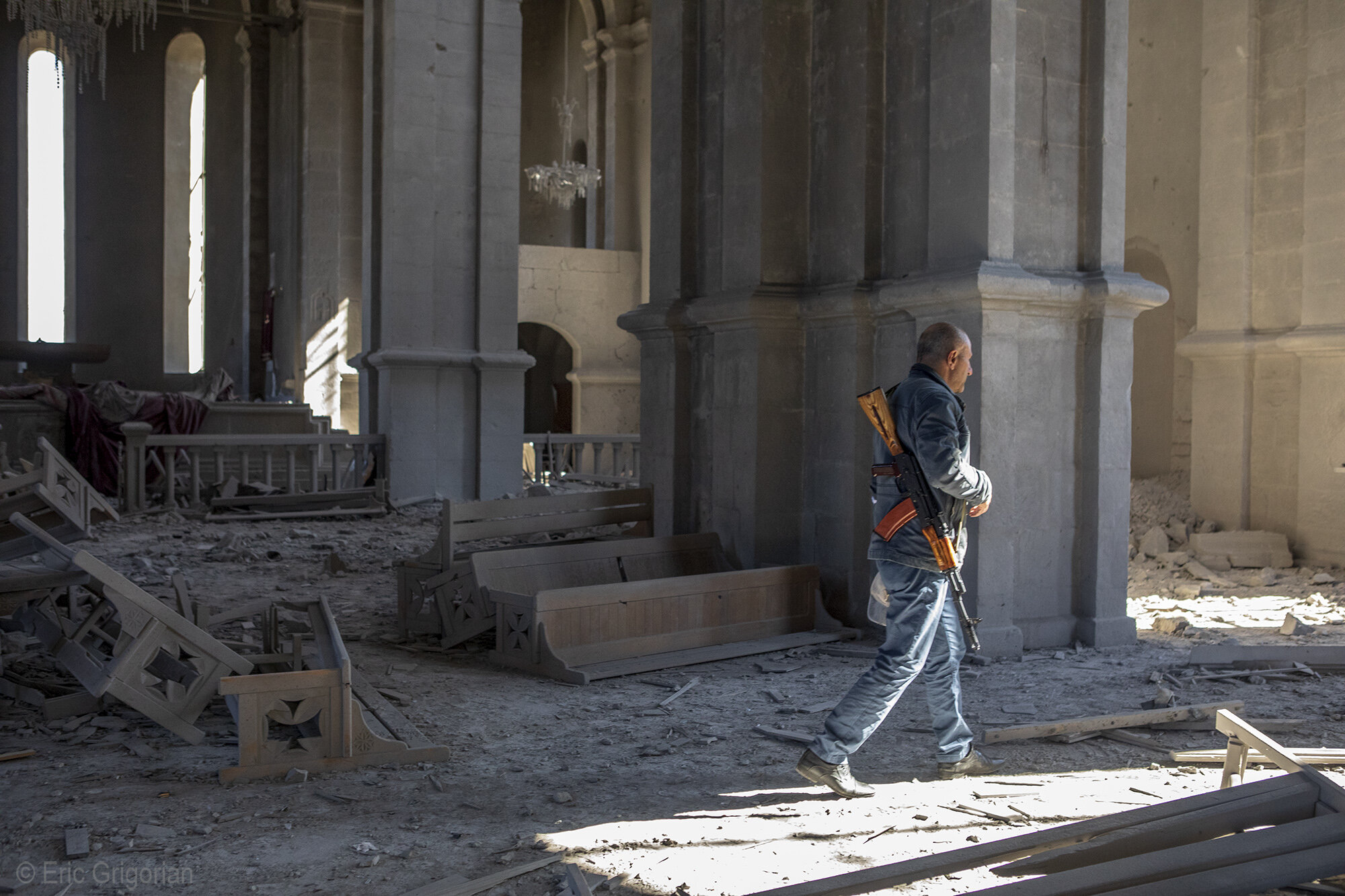
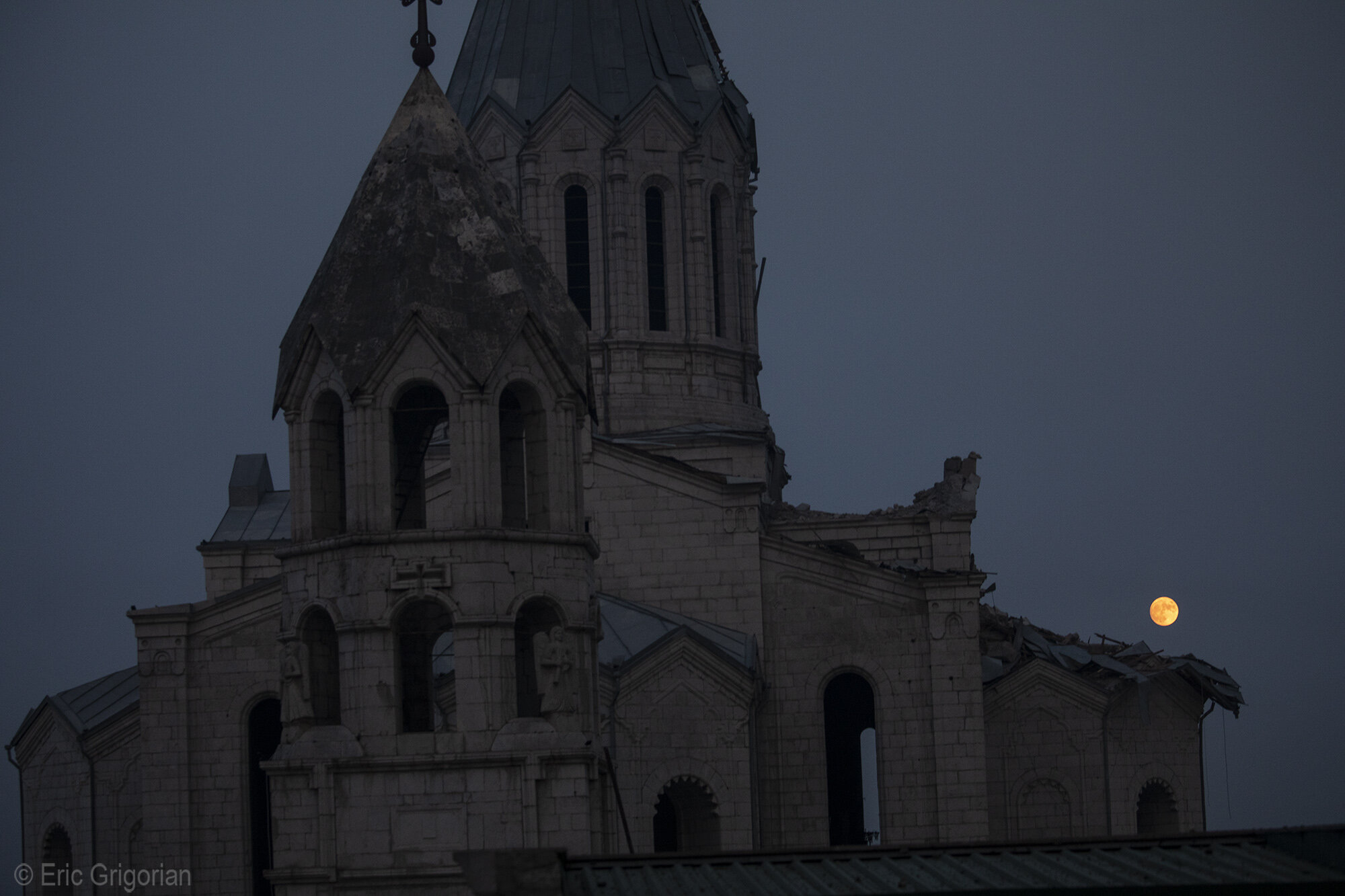

An unexploded rocket next to The Cultural and Youth Center in Shushi after an airaid on Oct. 7 by Azerbaijani forces.
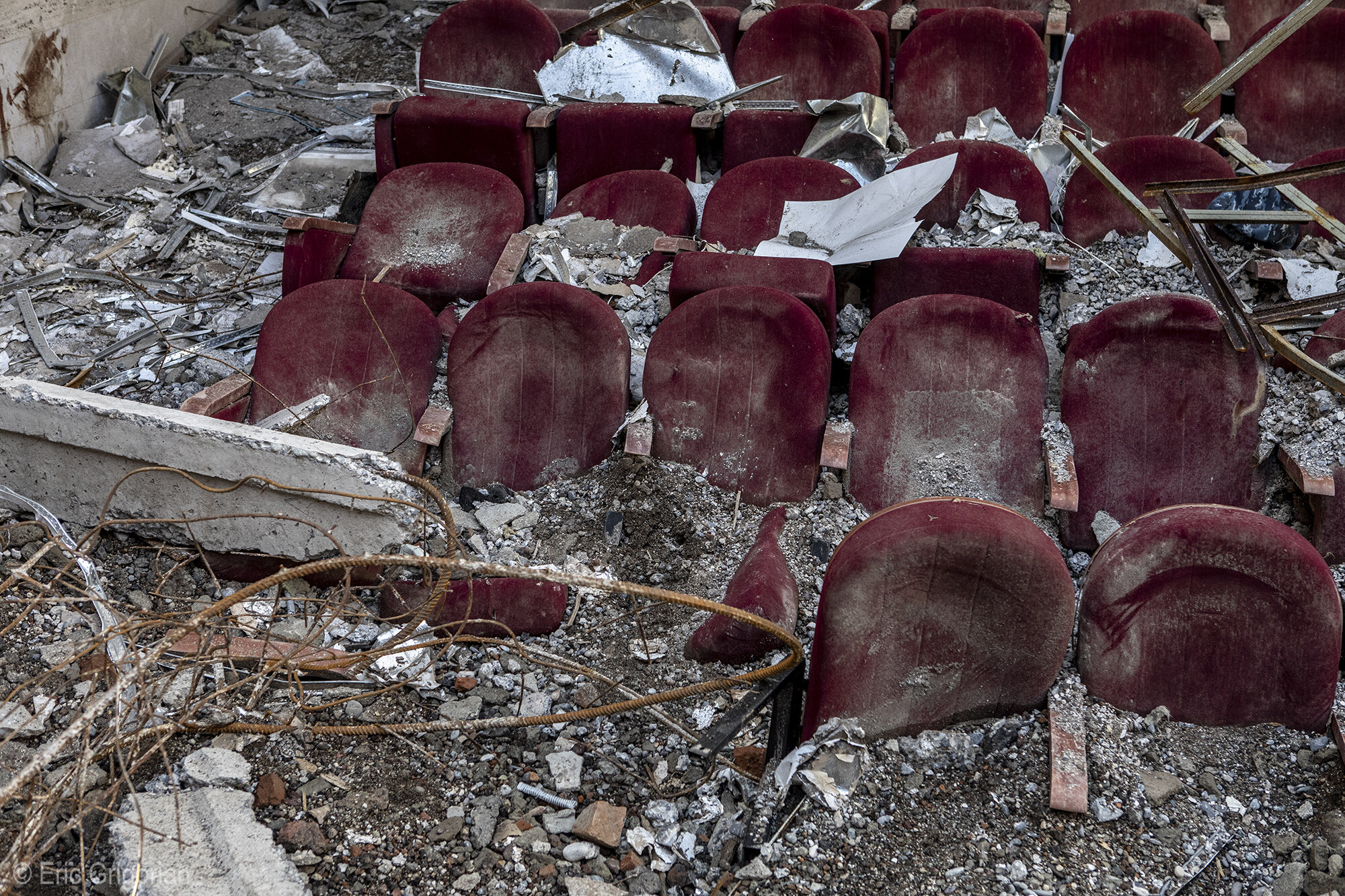
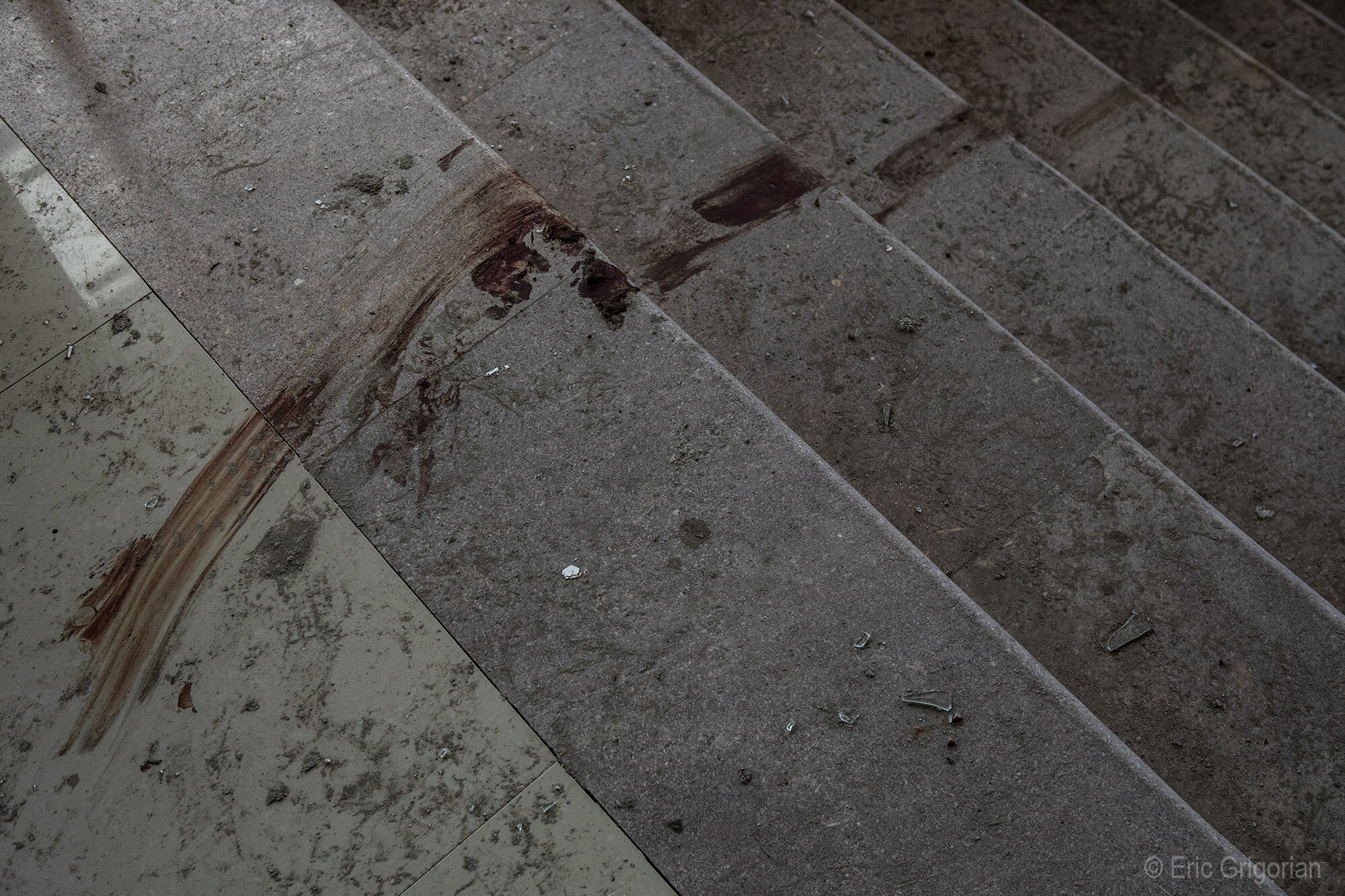
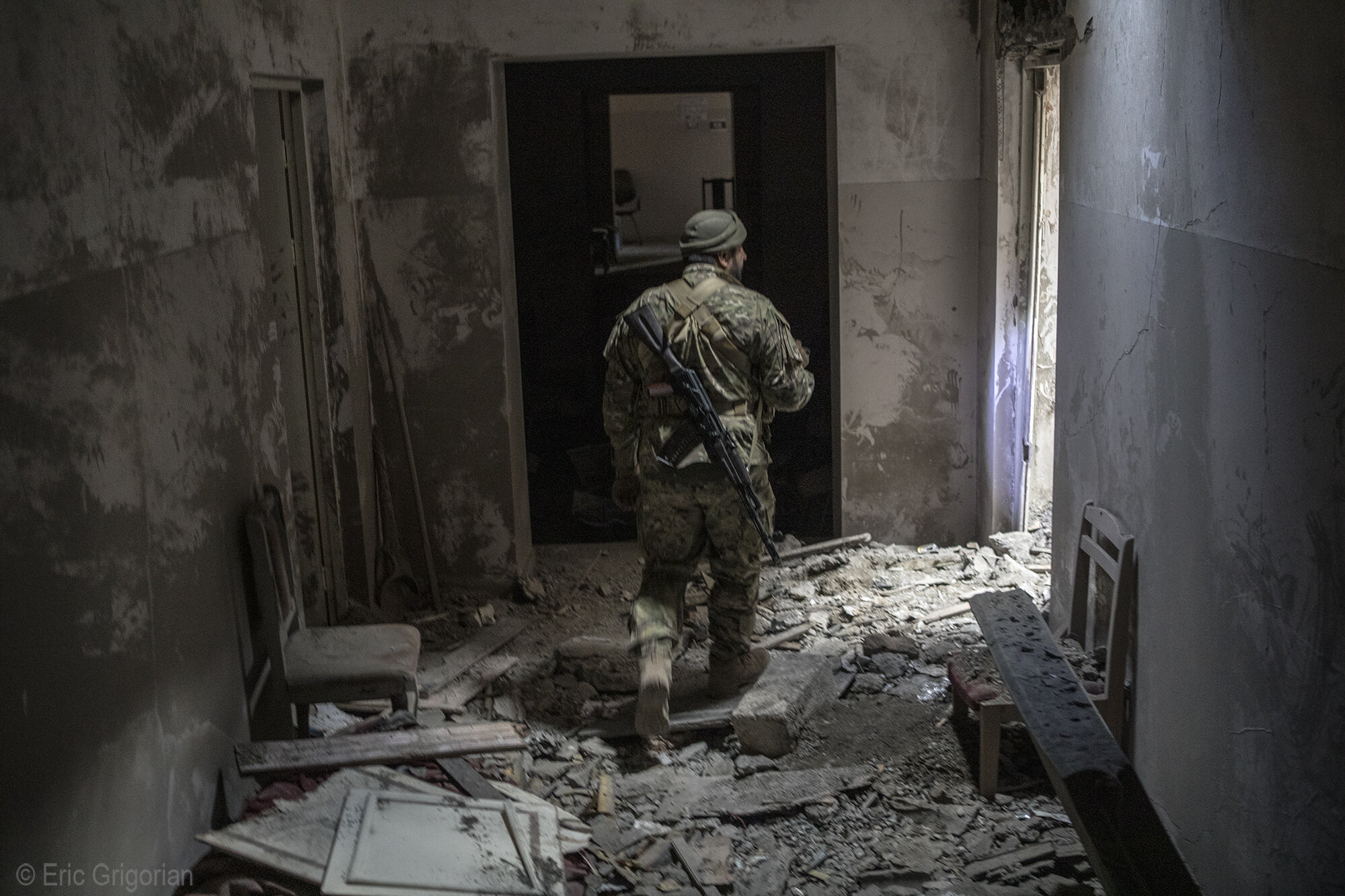
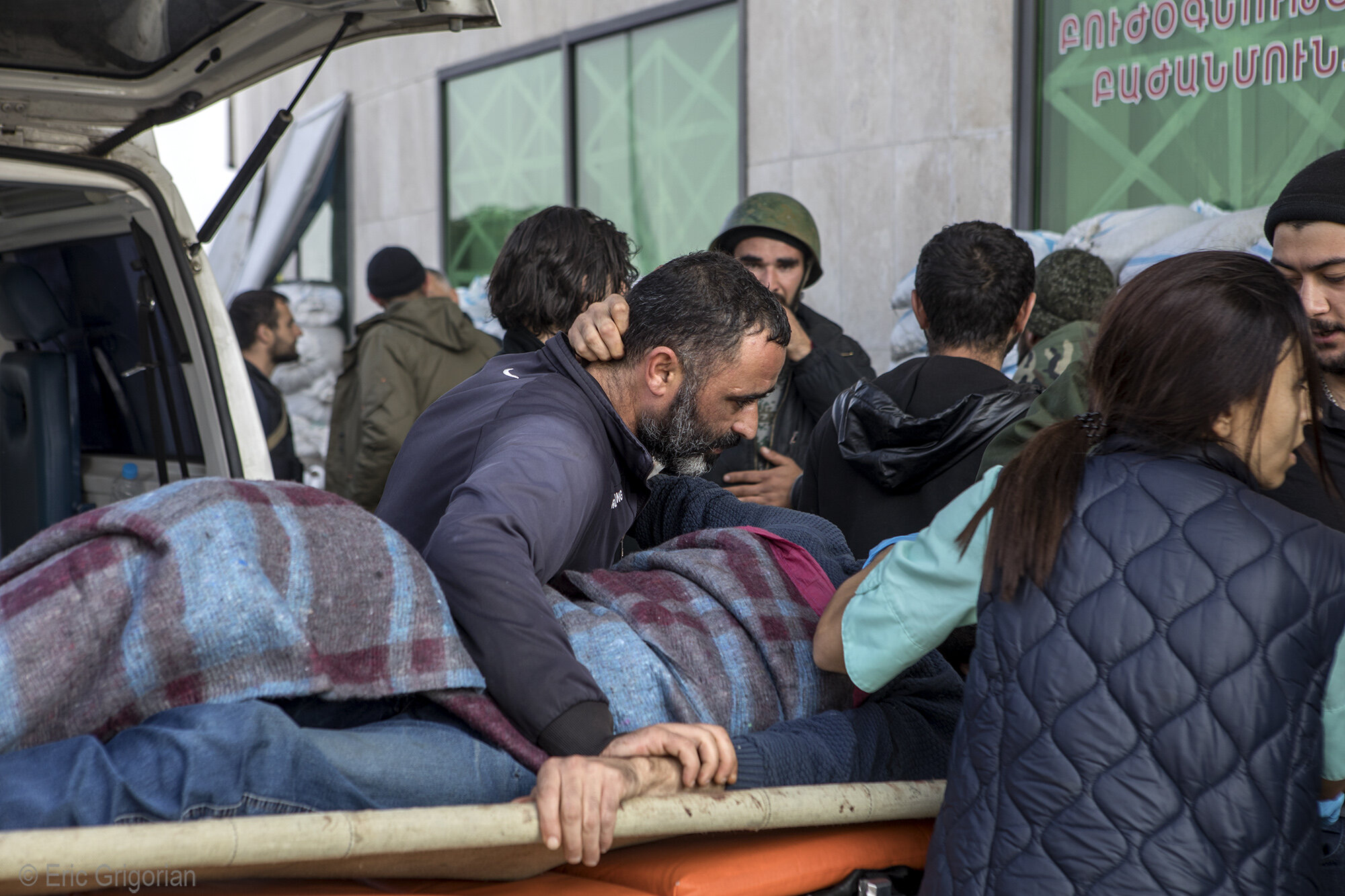

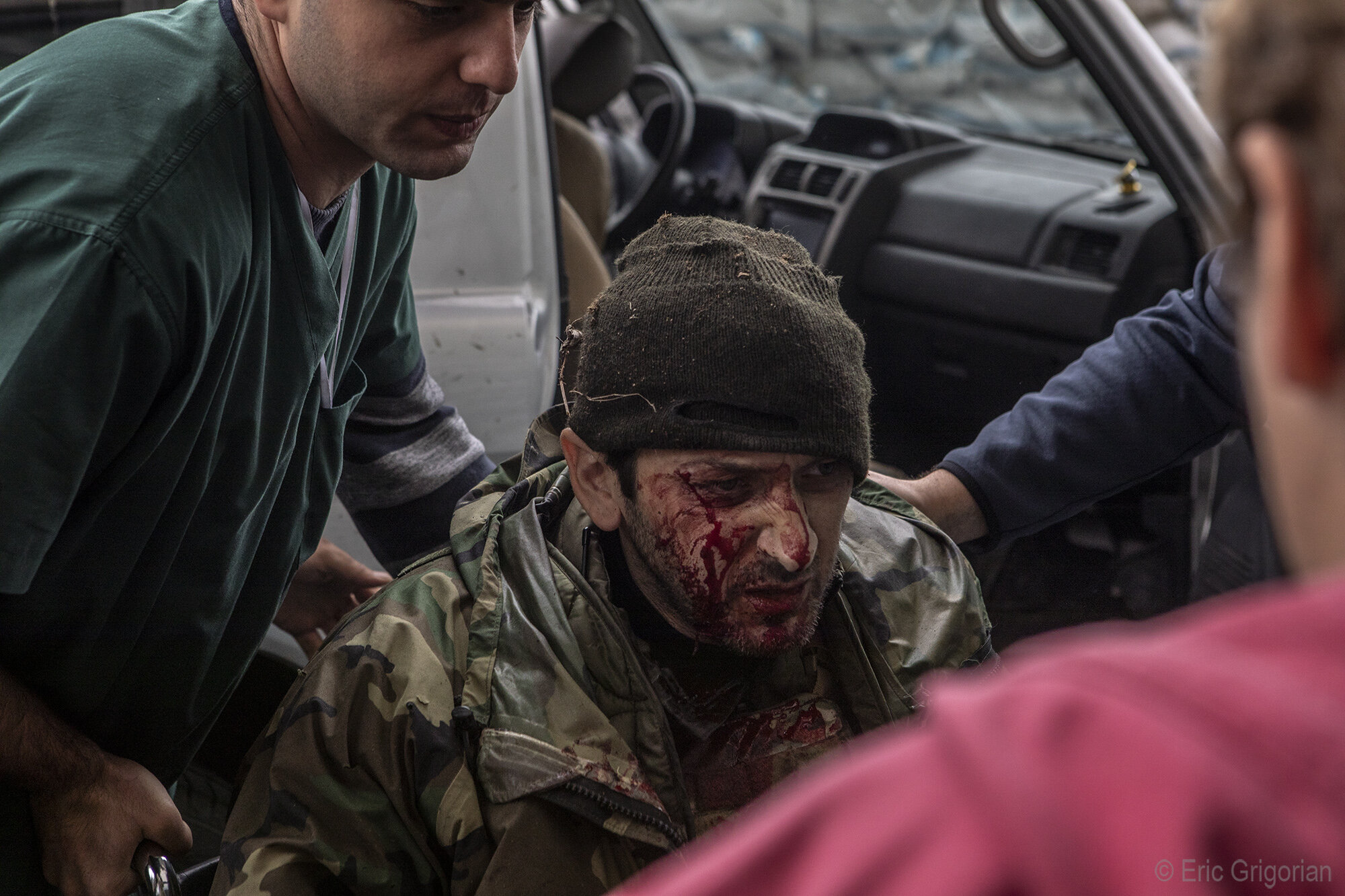
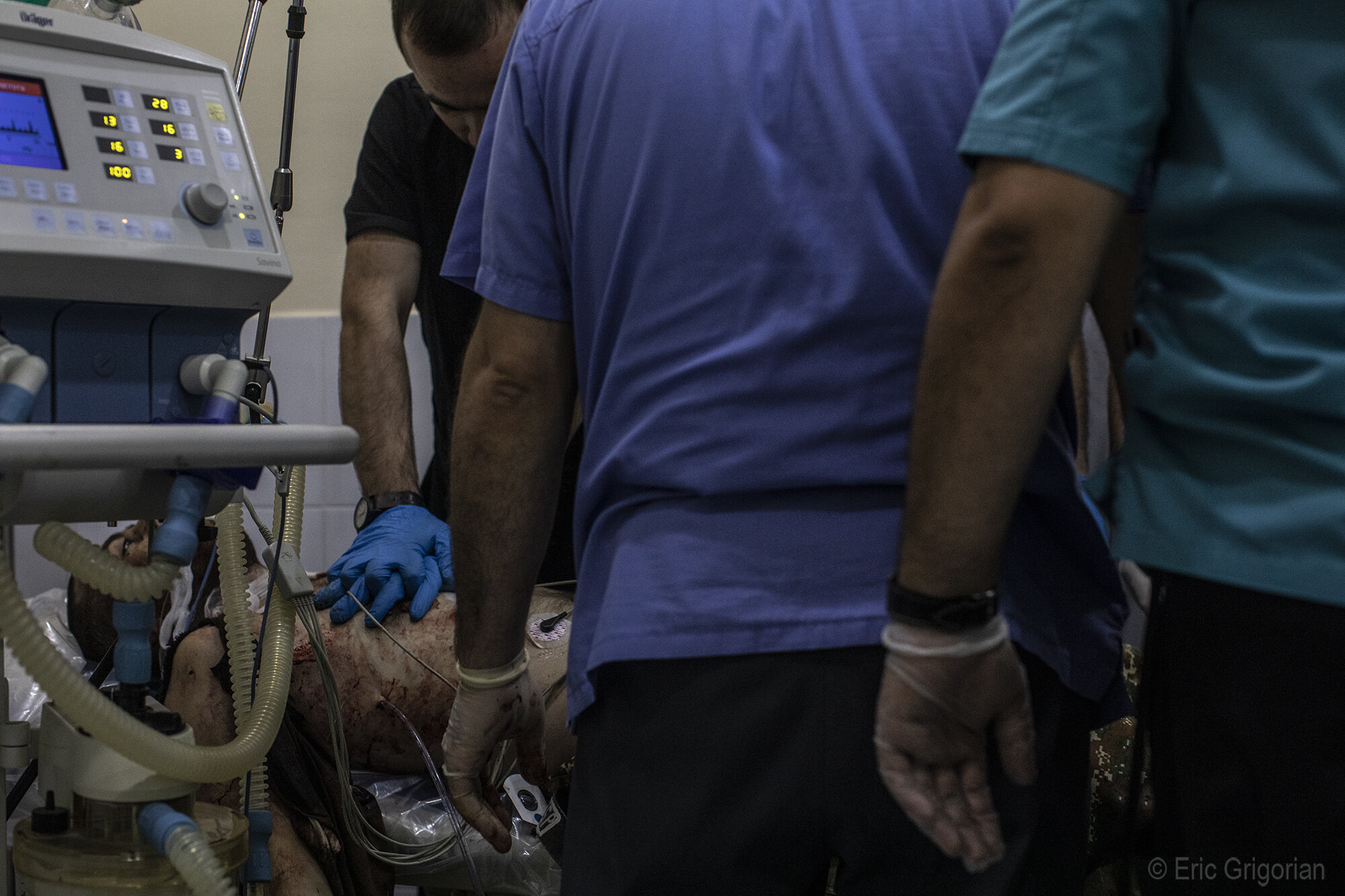
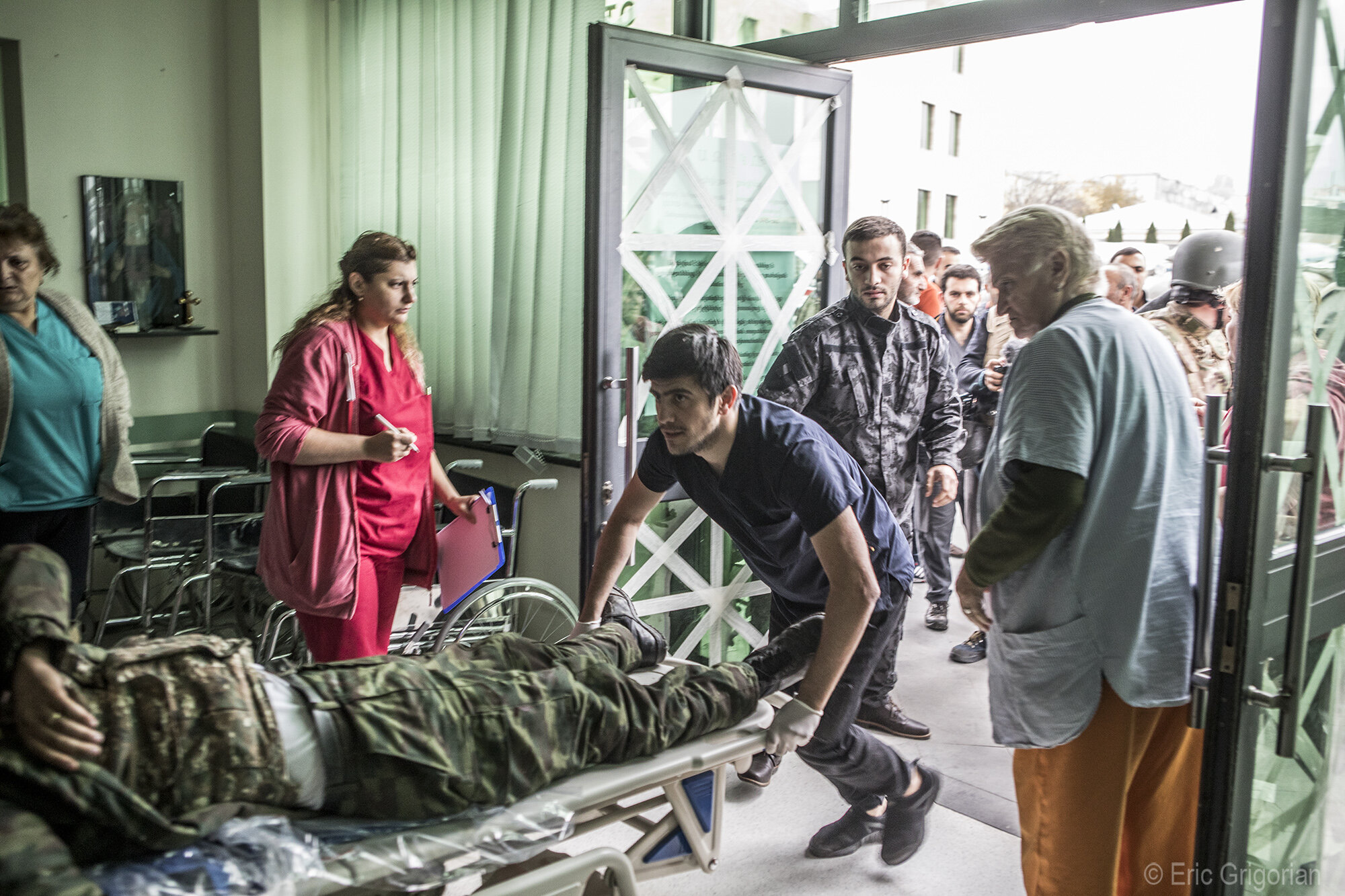
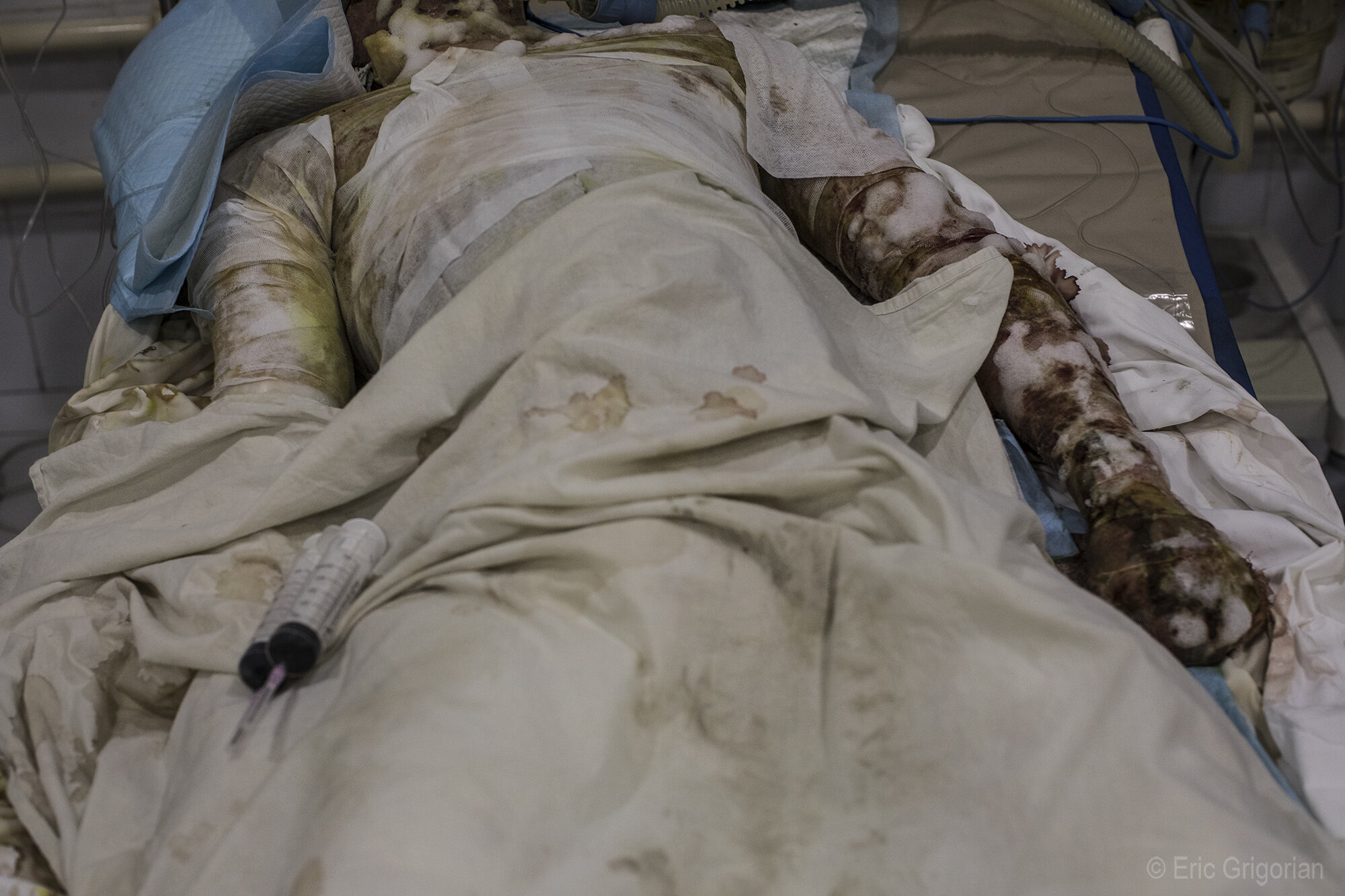
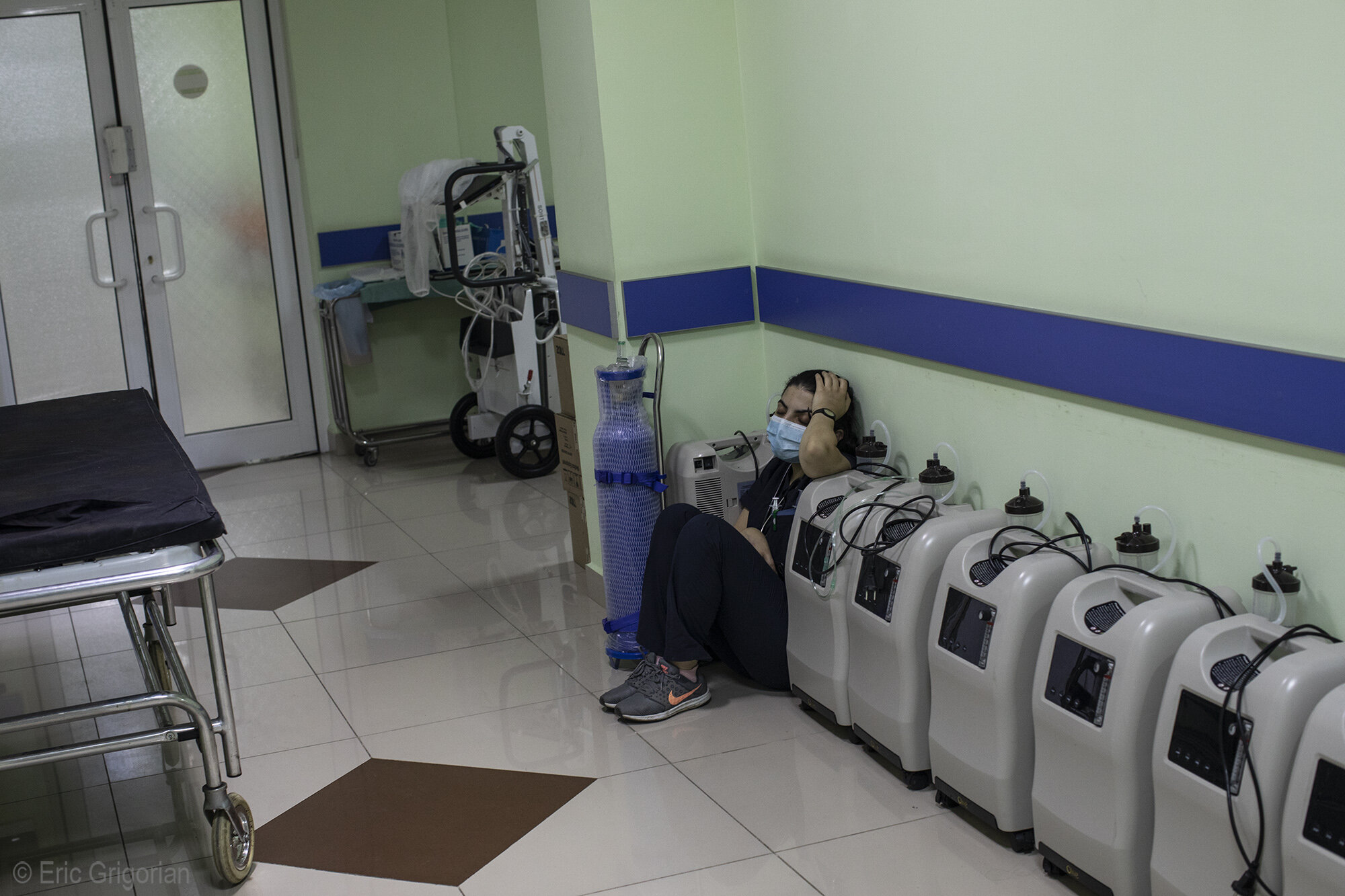
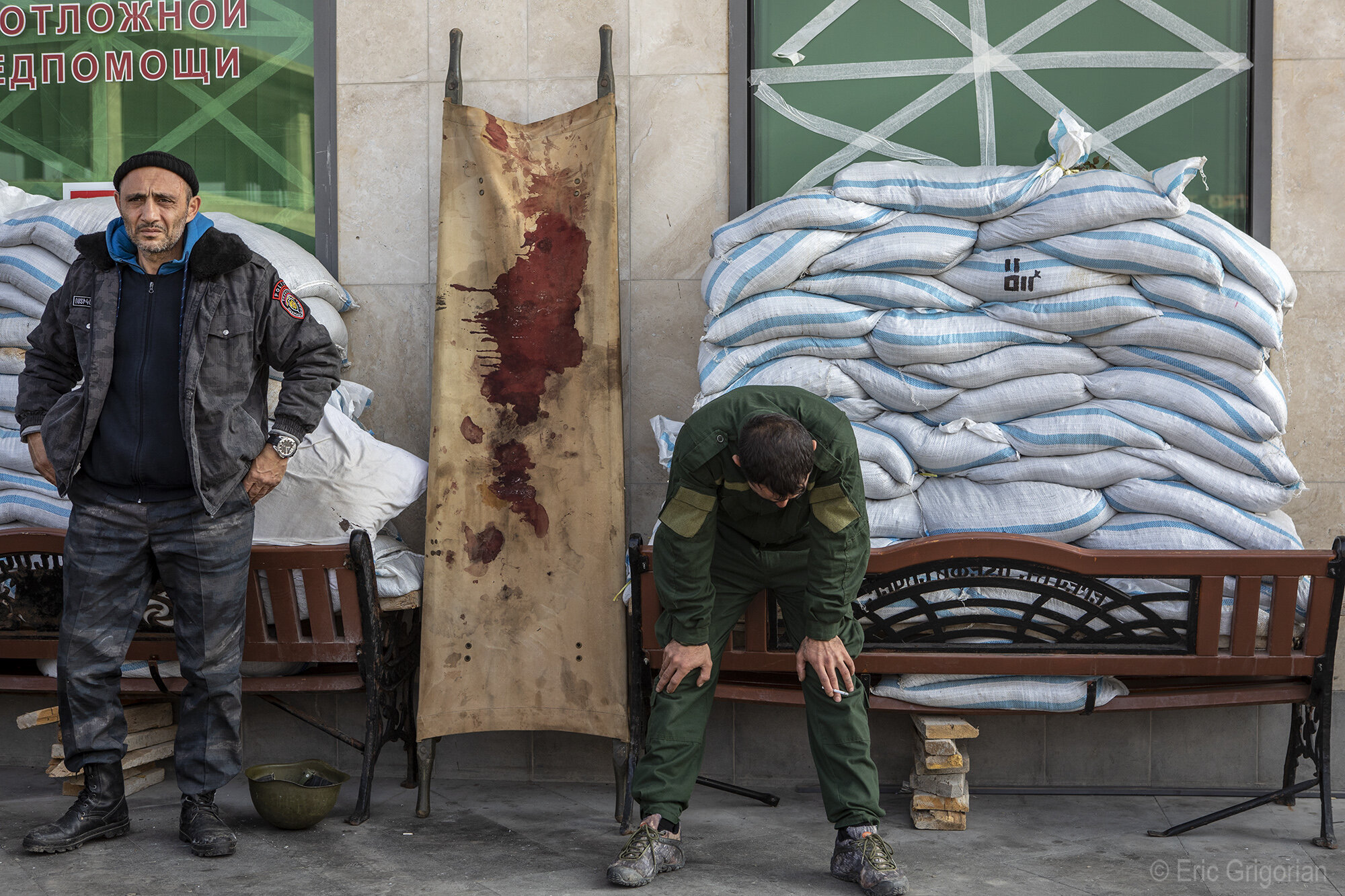
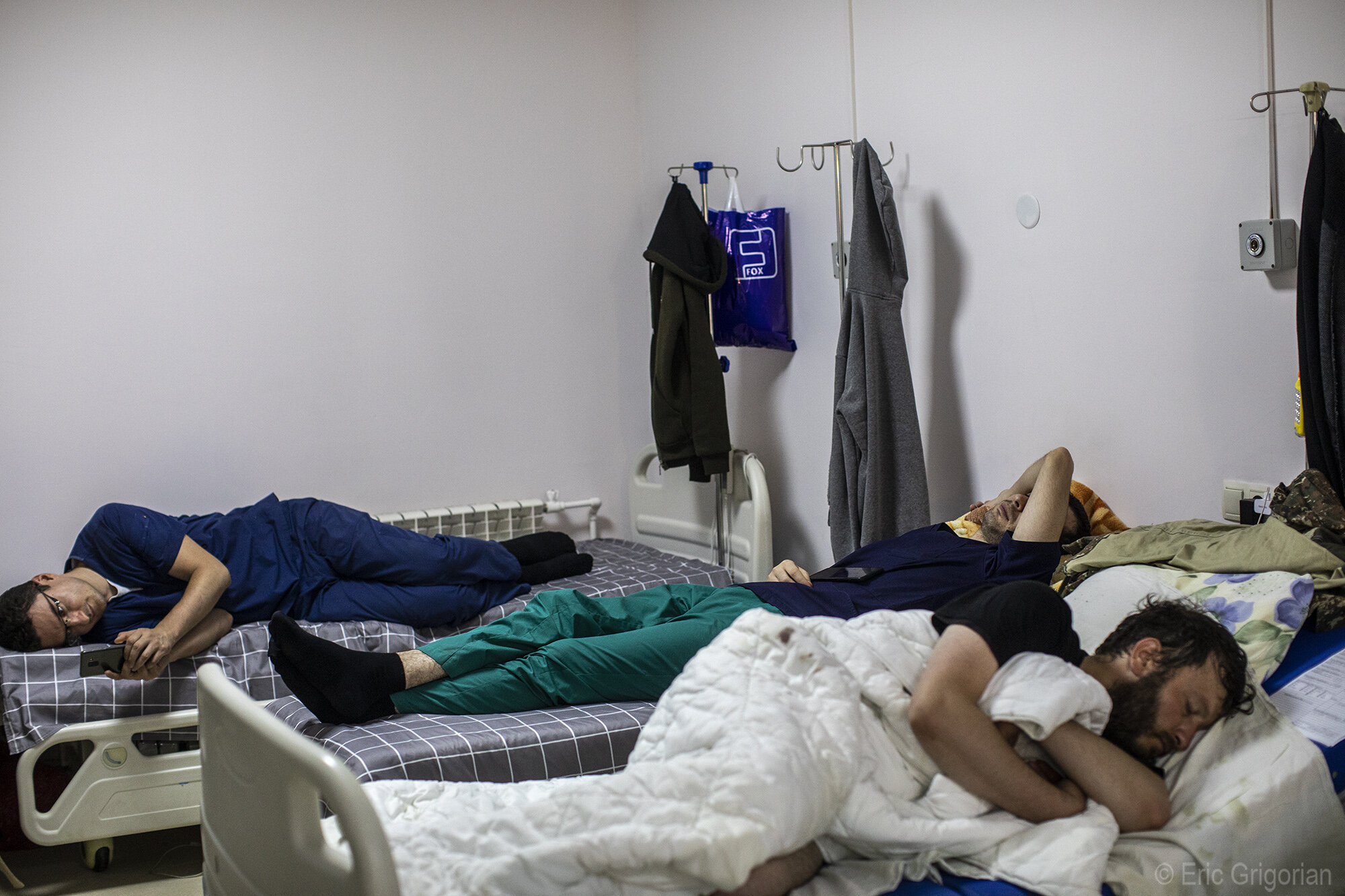
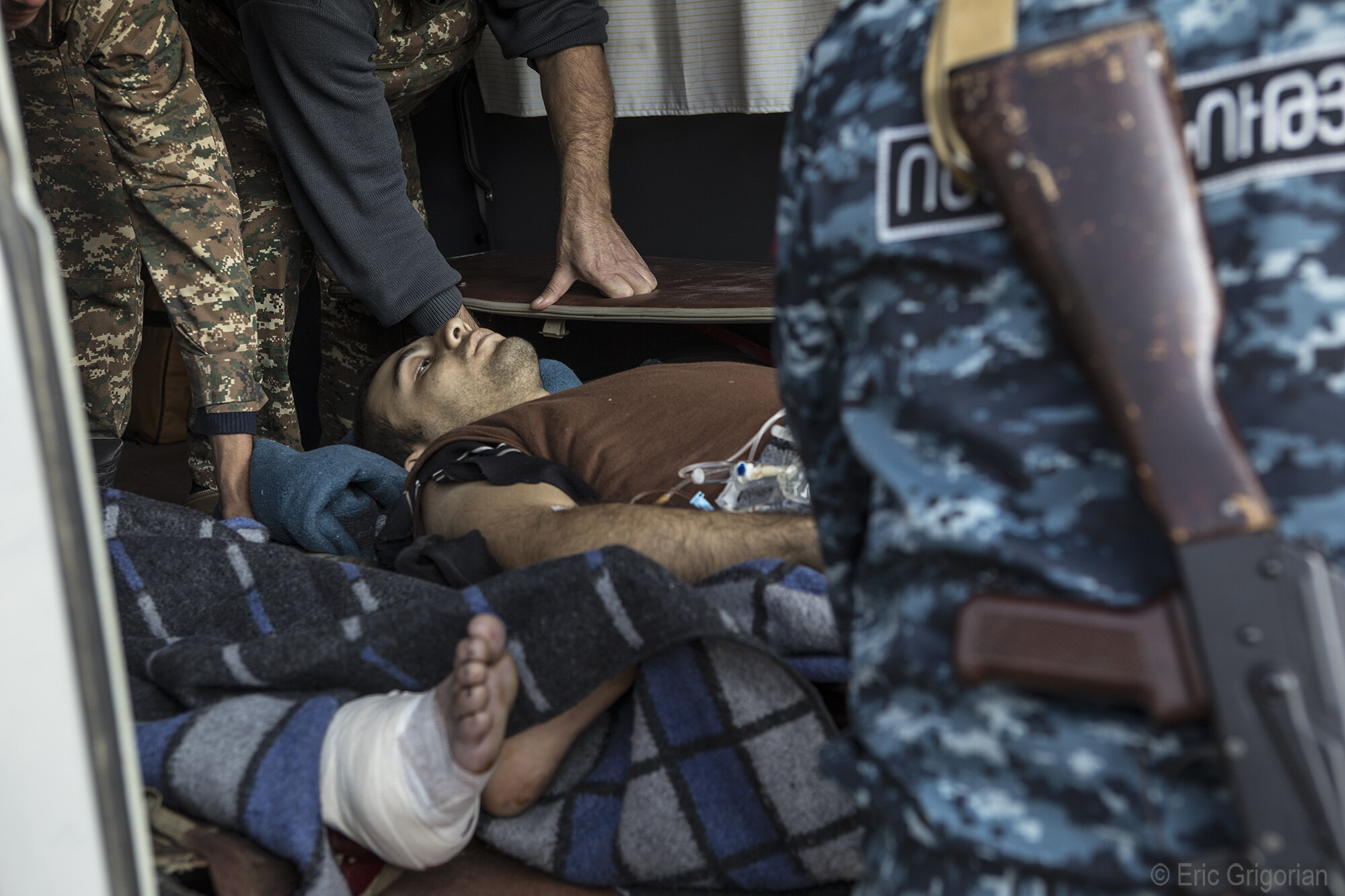
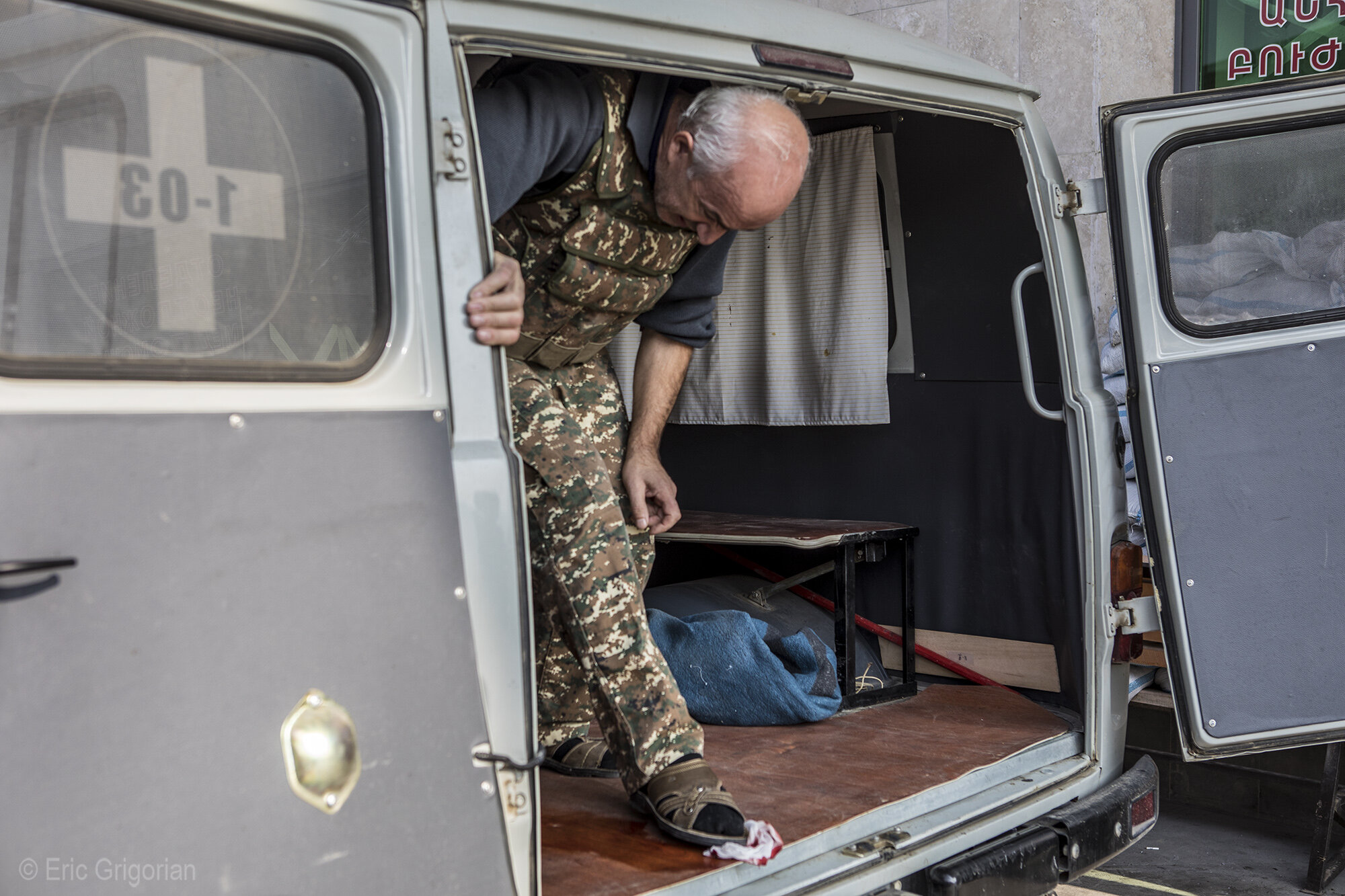
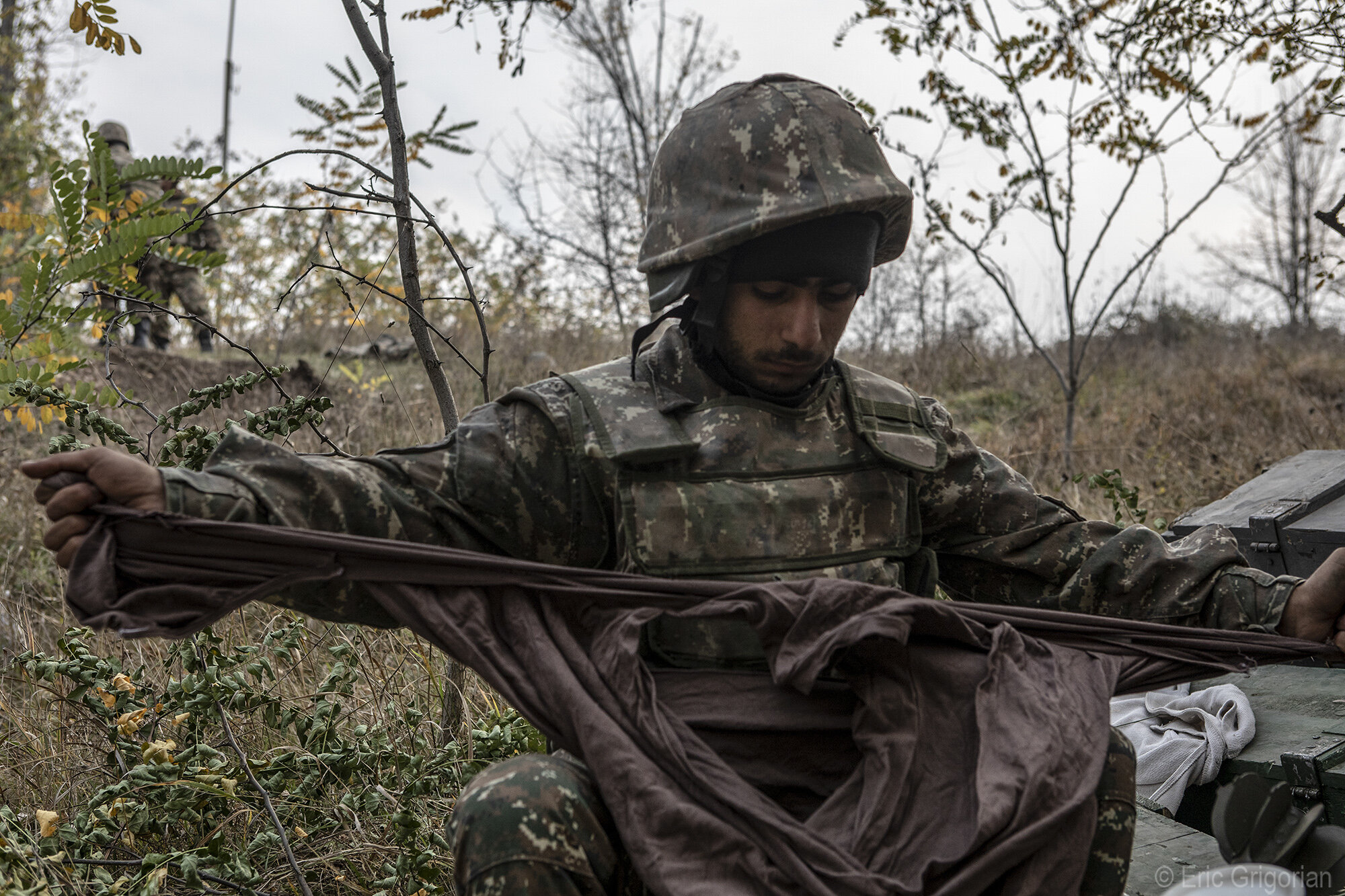
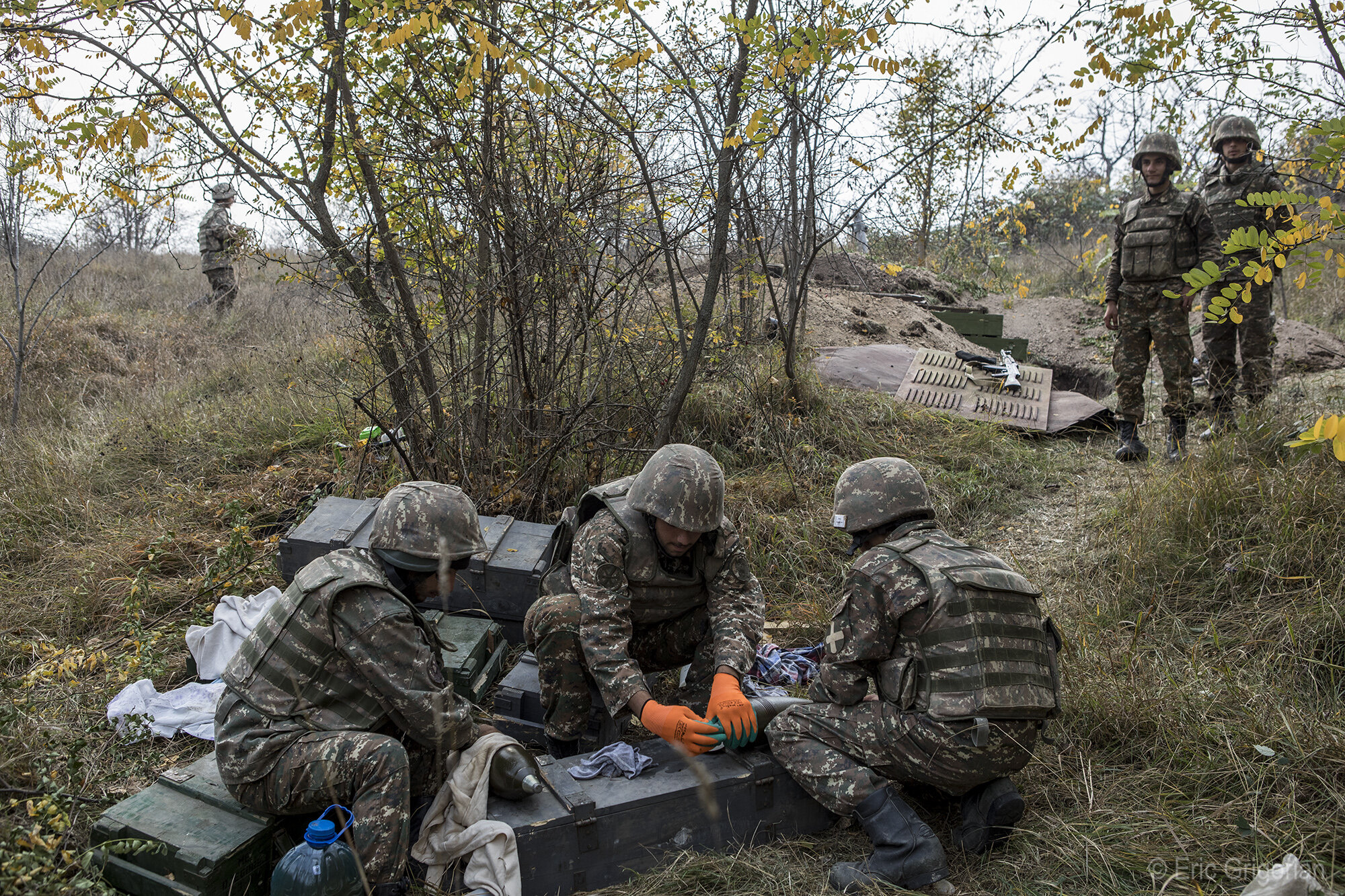
Armenian soldiers positioned around Shushi prepare to fire mortars on Nov. 2.
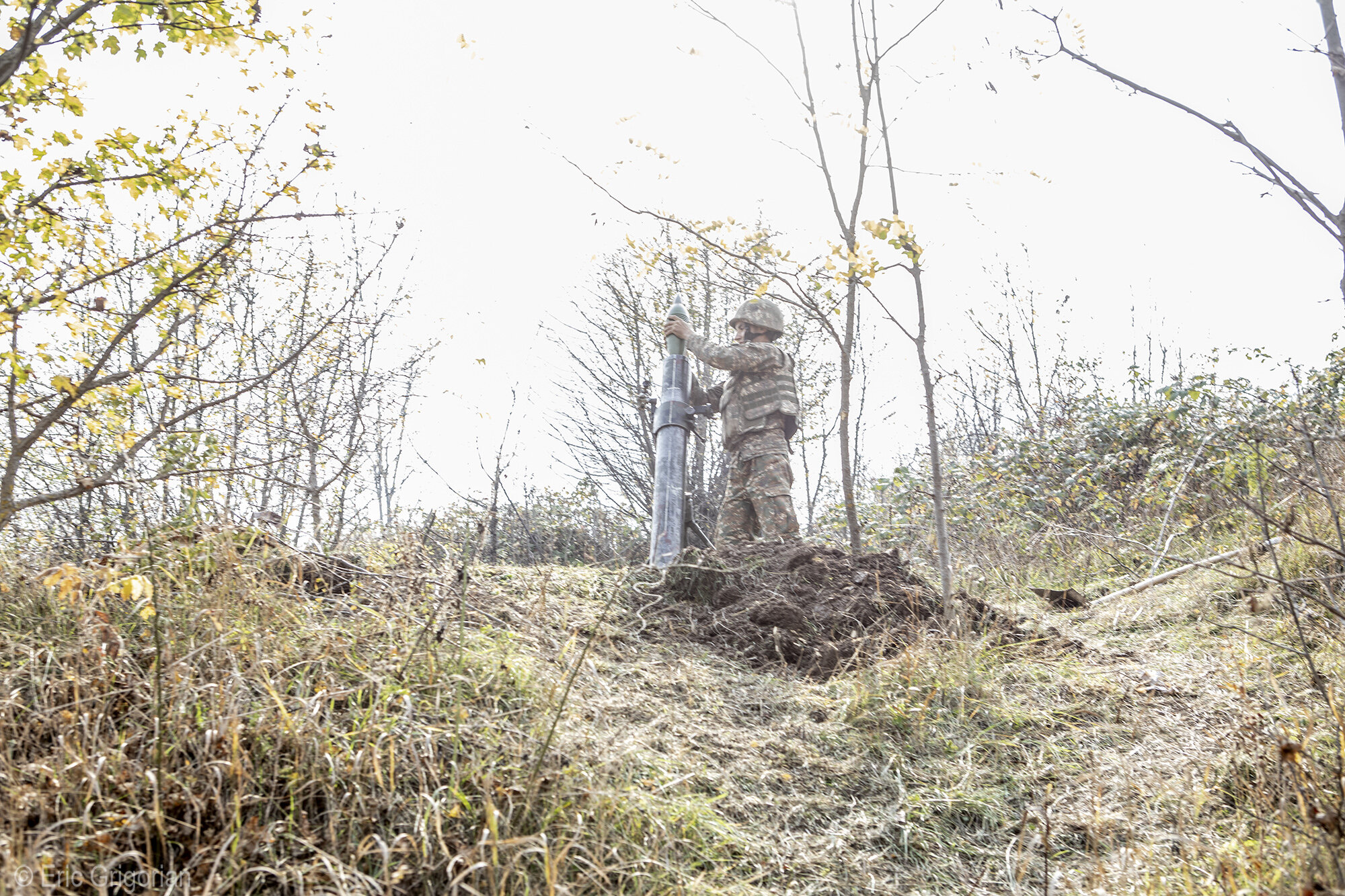
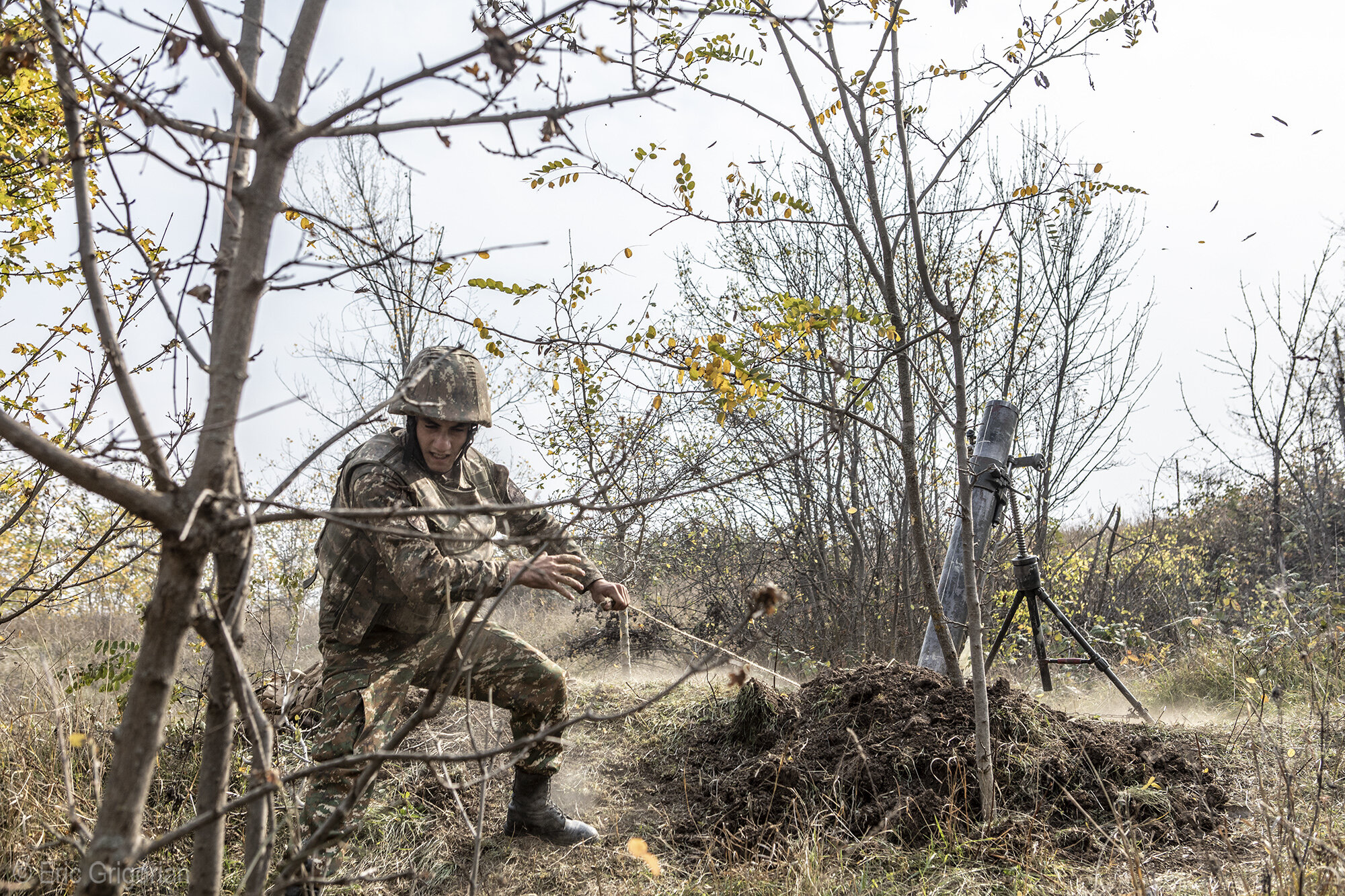
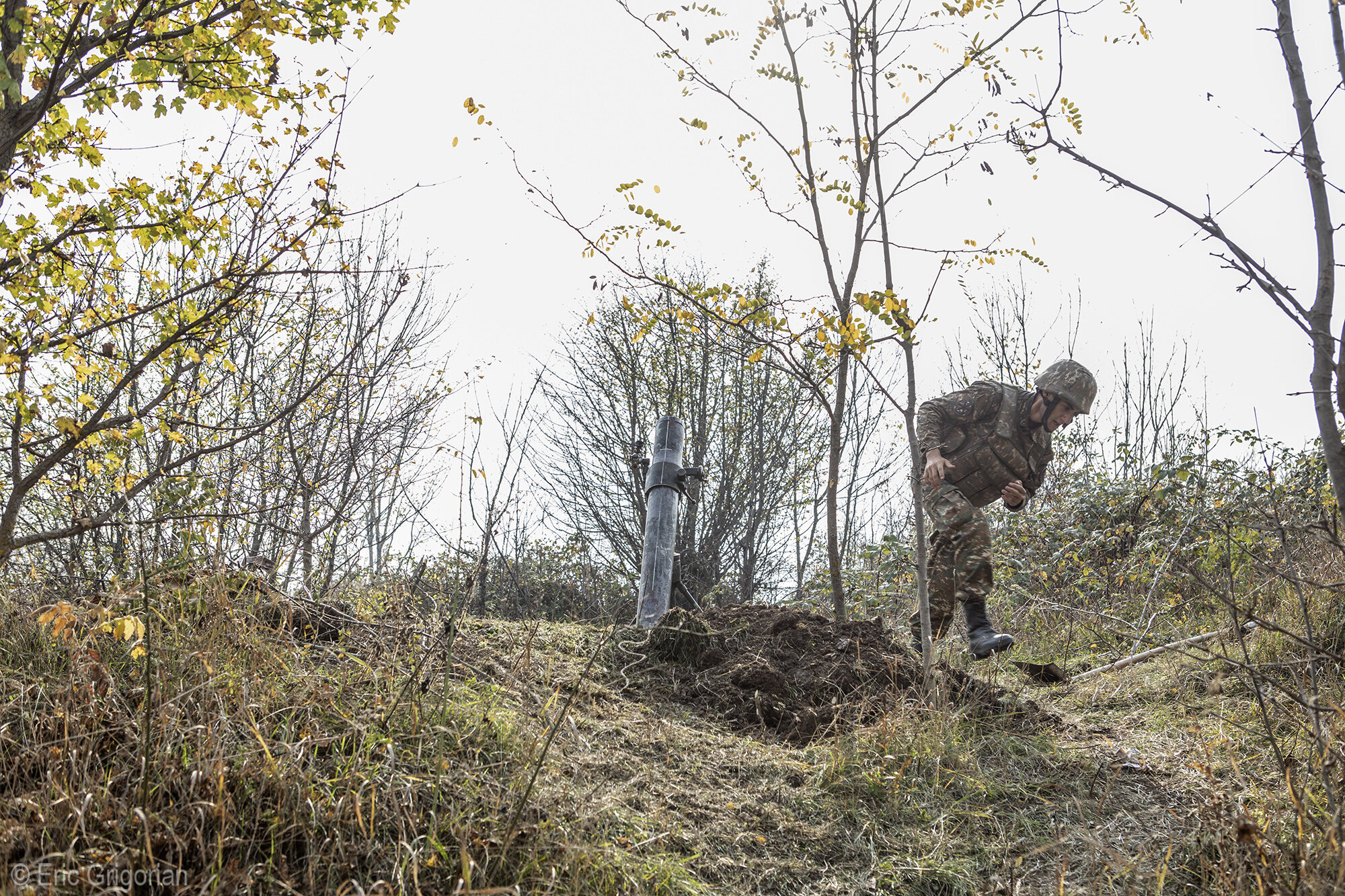
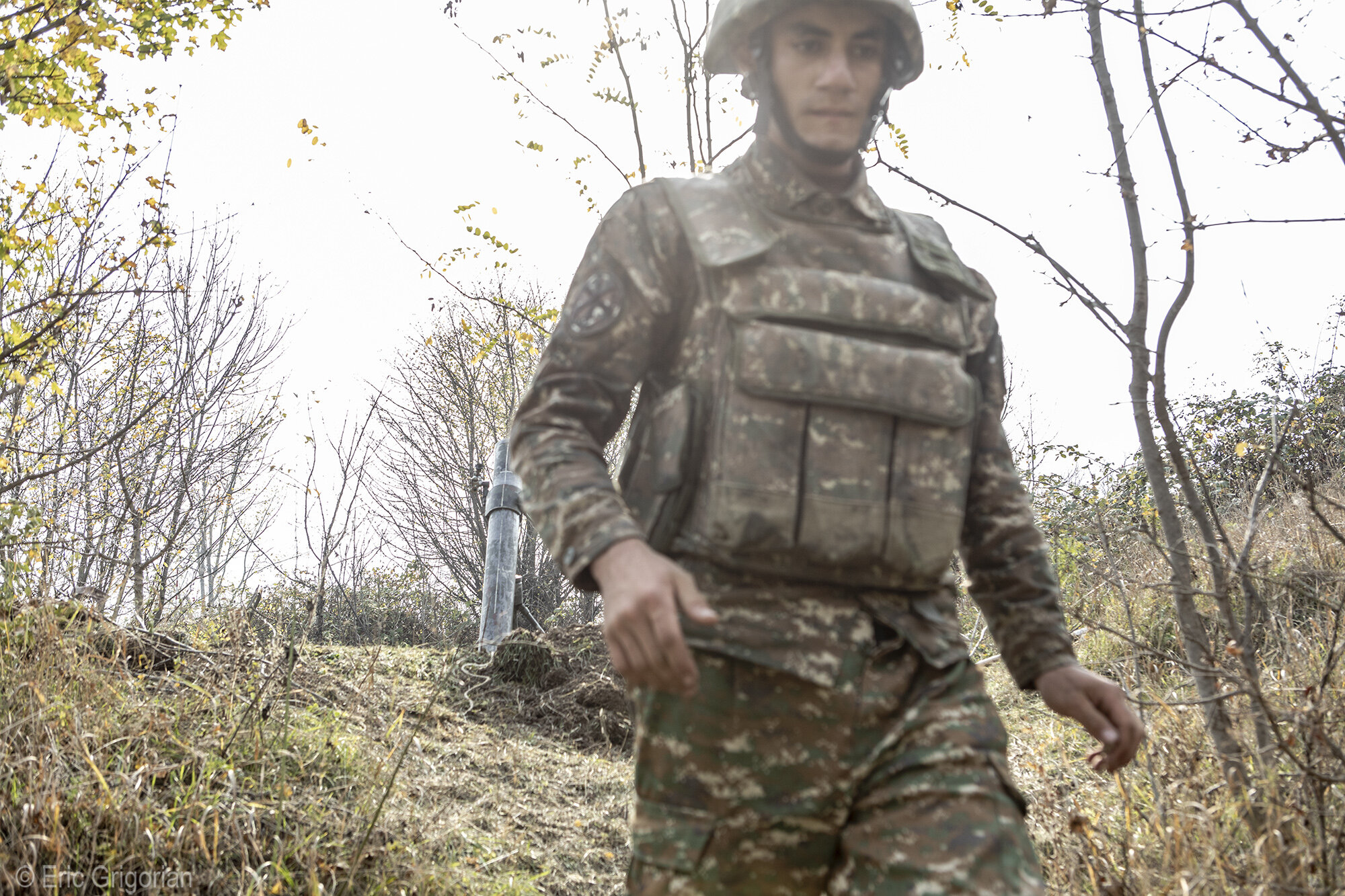

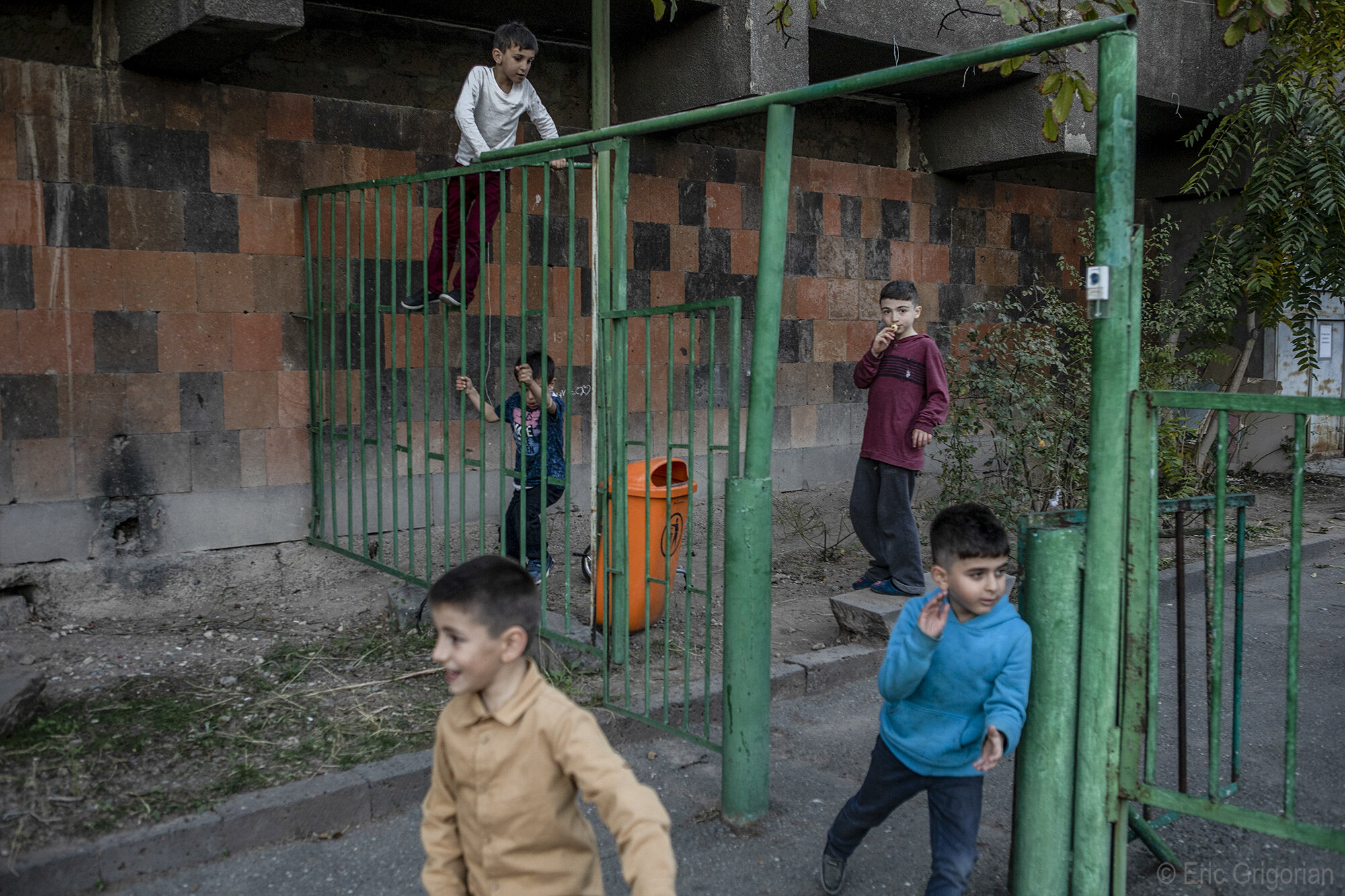
As the war went on many of the elderly, mothers and their children fleeing the war took refuge in shelters across Yerevan.
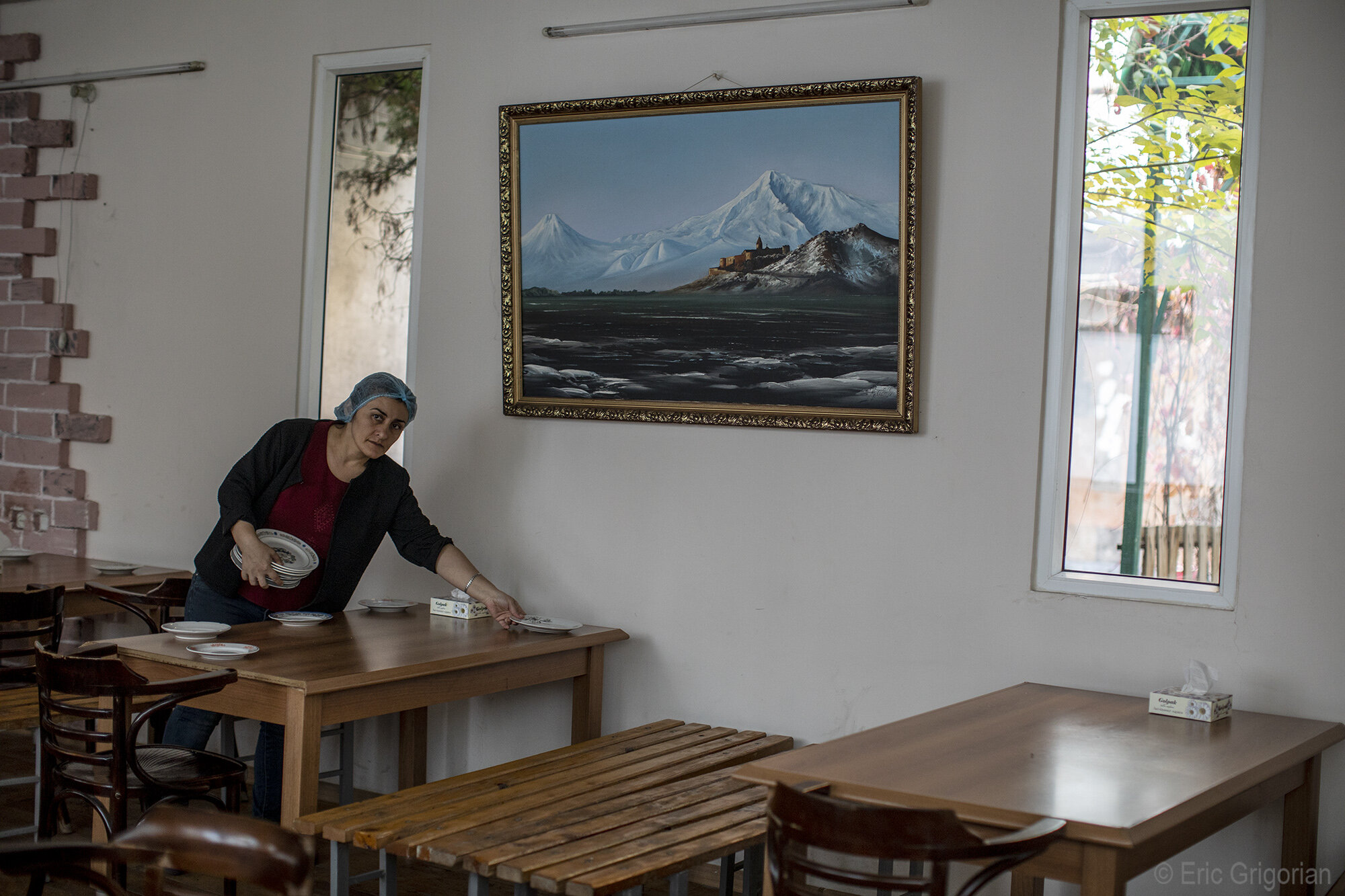
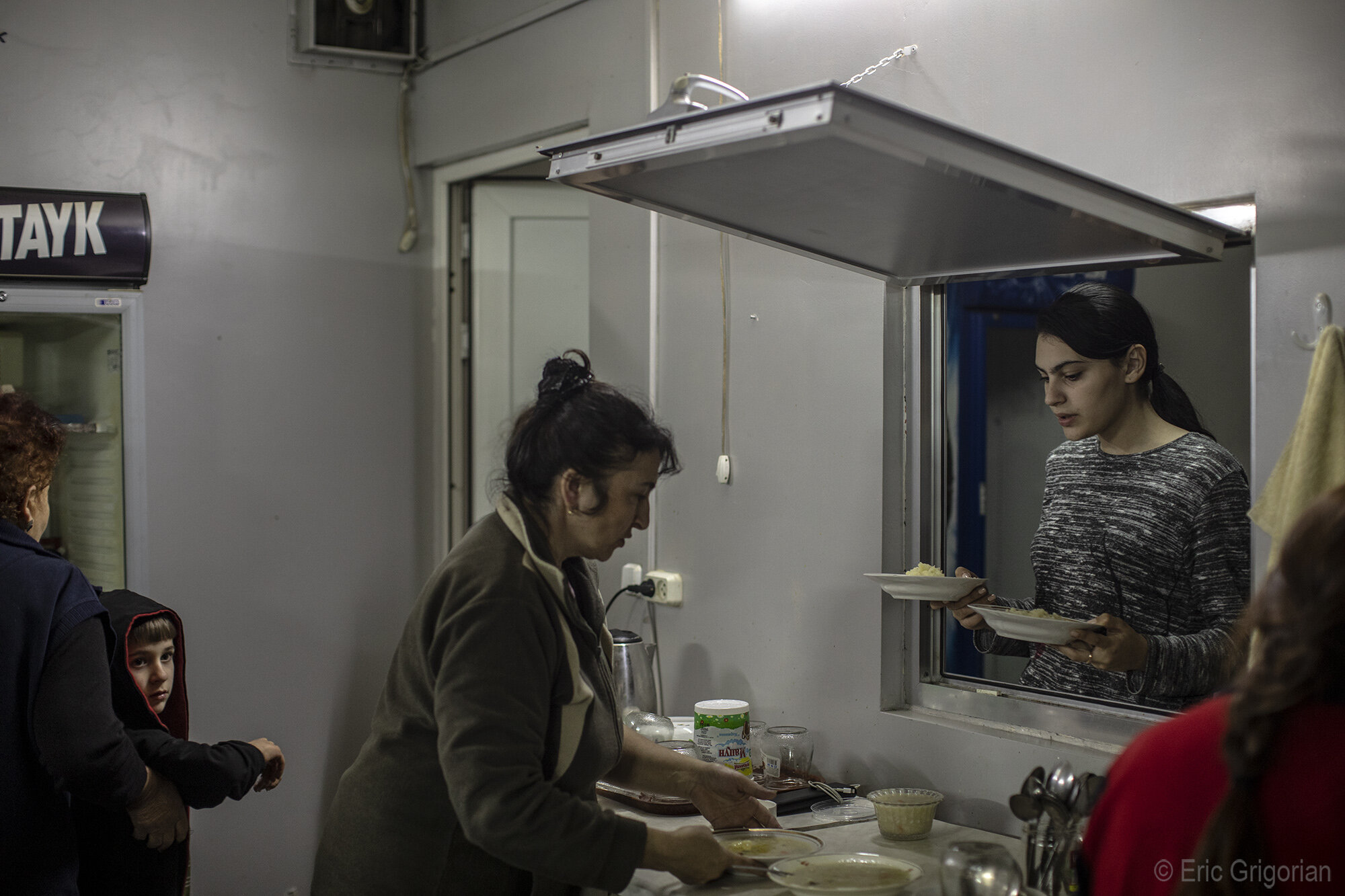
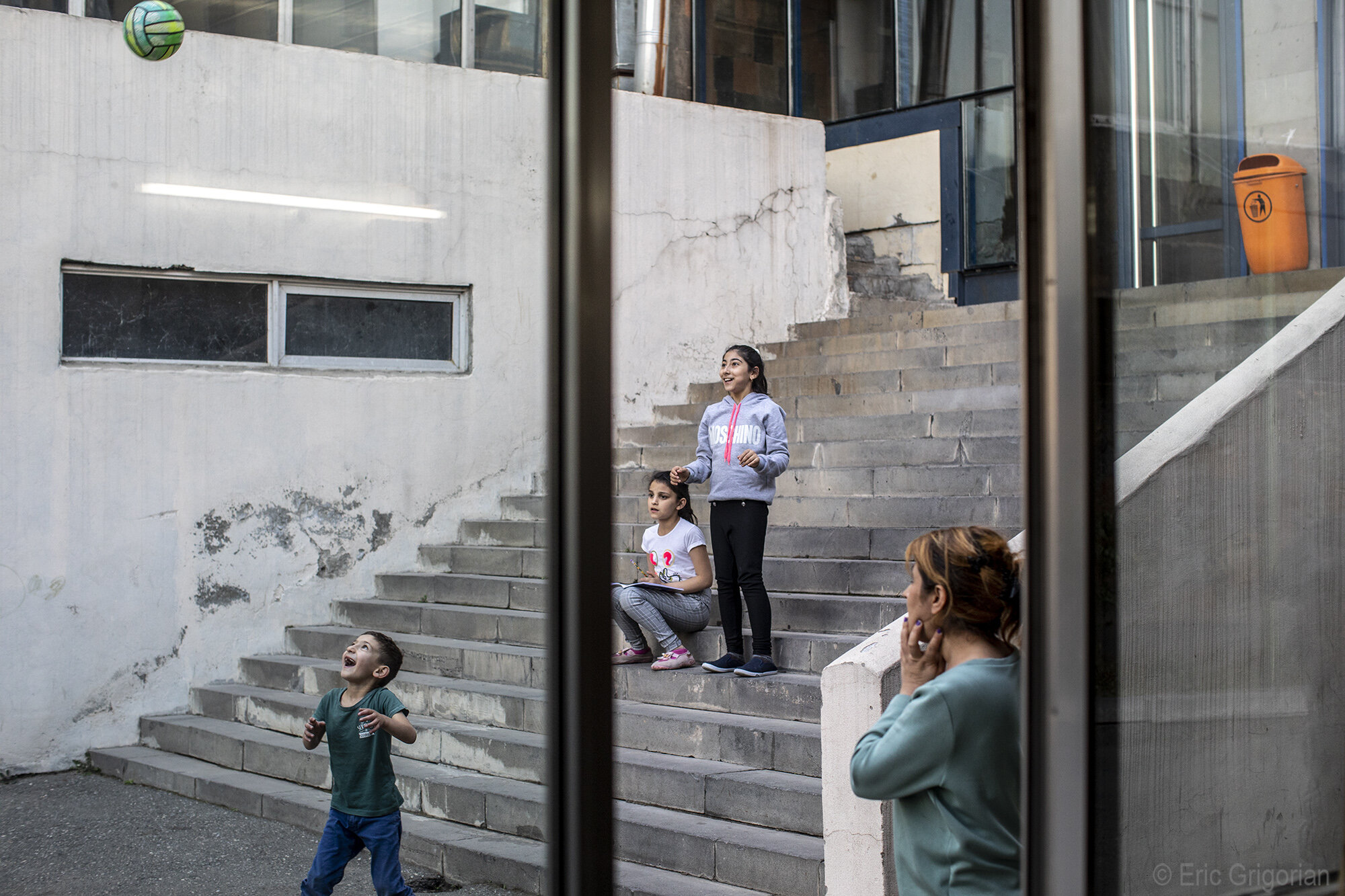
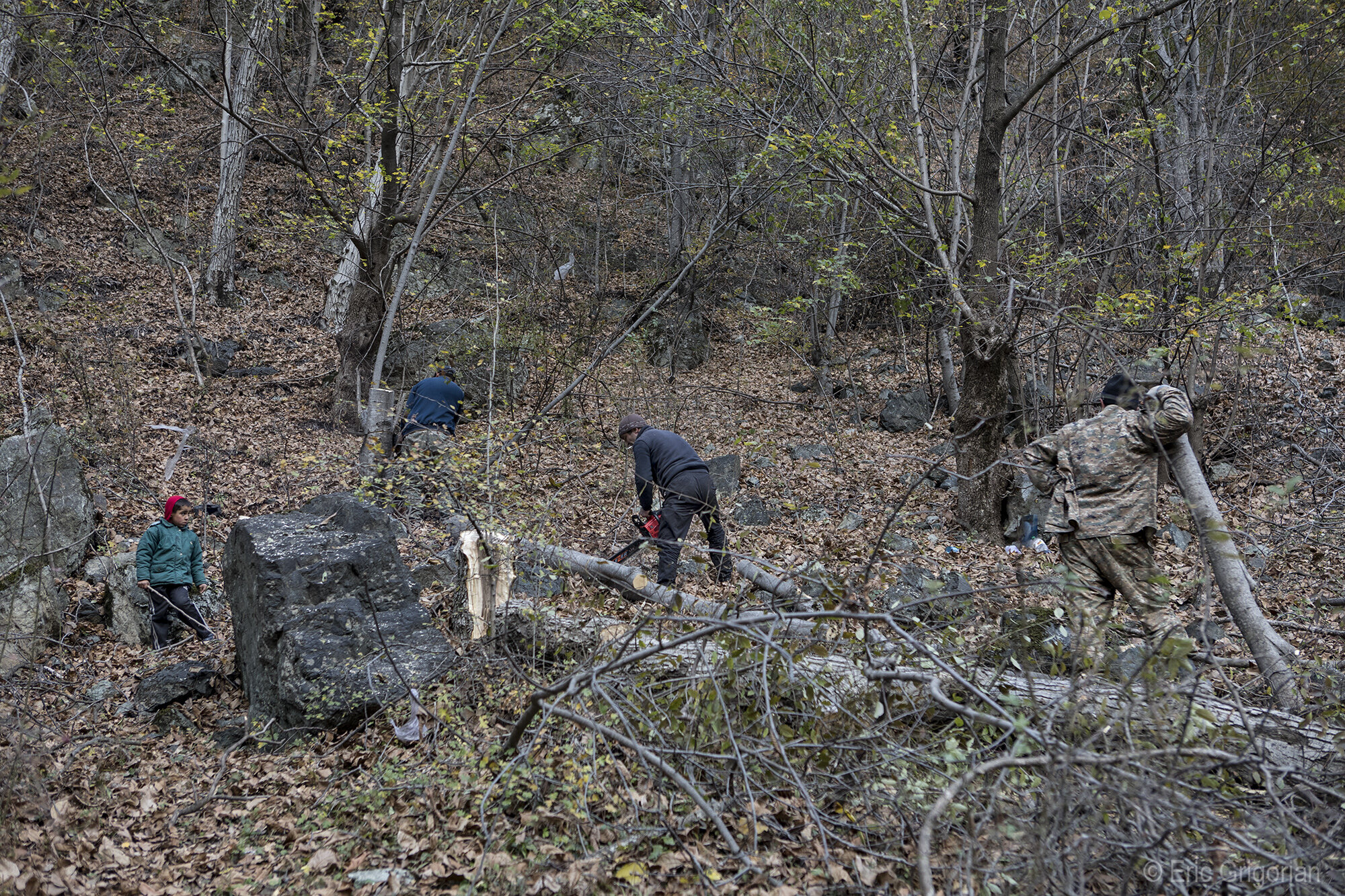
After the Russian-brokered trilateral agreement was signed on Nov. 9 many Armenian’s of Karabakh were forced to leave behind their home and lands. Some began cutting down trees in the areas tat would fall under Azerbaijani control.
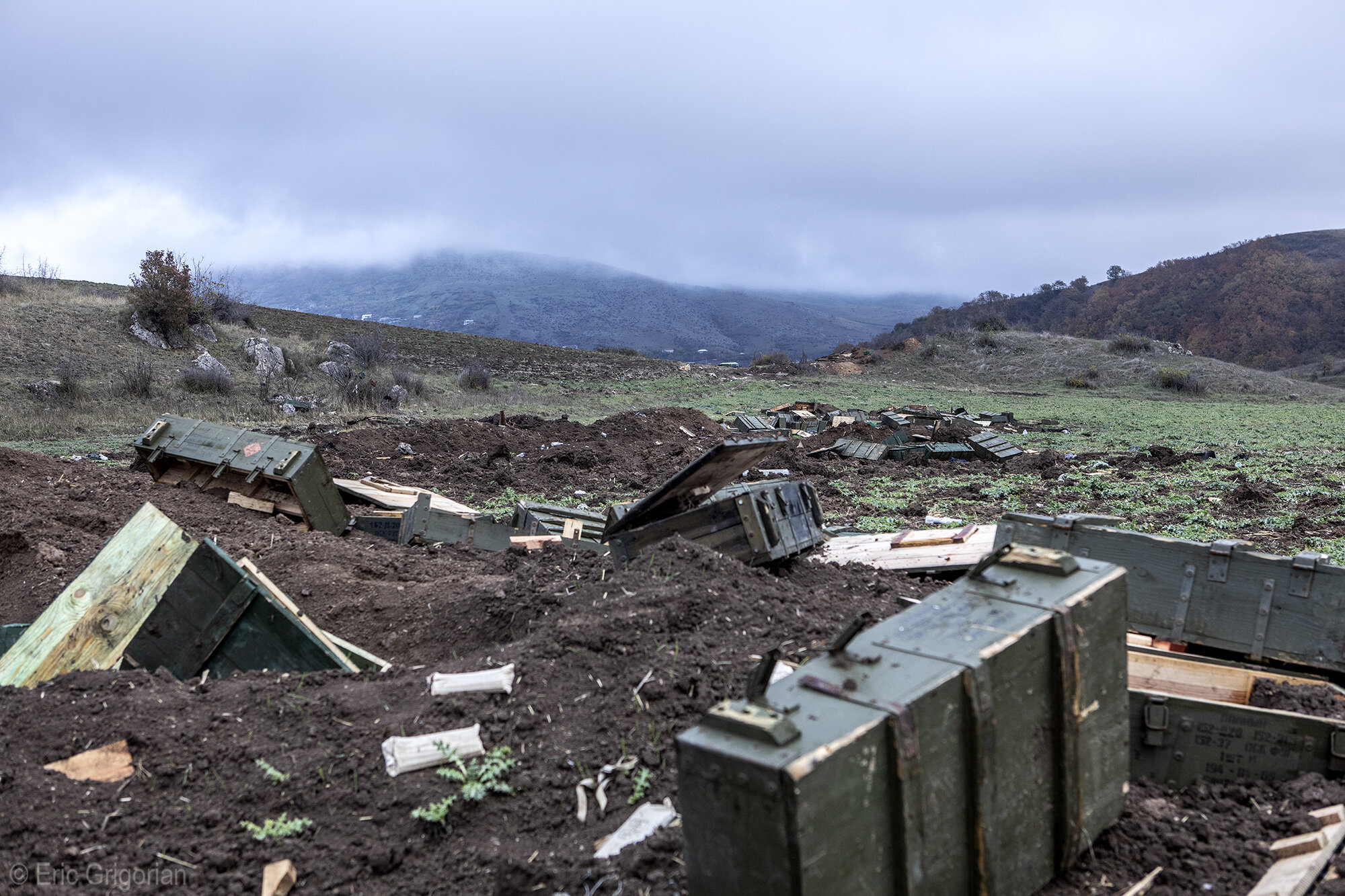
An abandoned Armenian position on Nov. 13 after the Nov. 9 Russian-brokered trilateral agreement to stop the war.
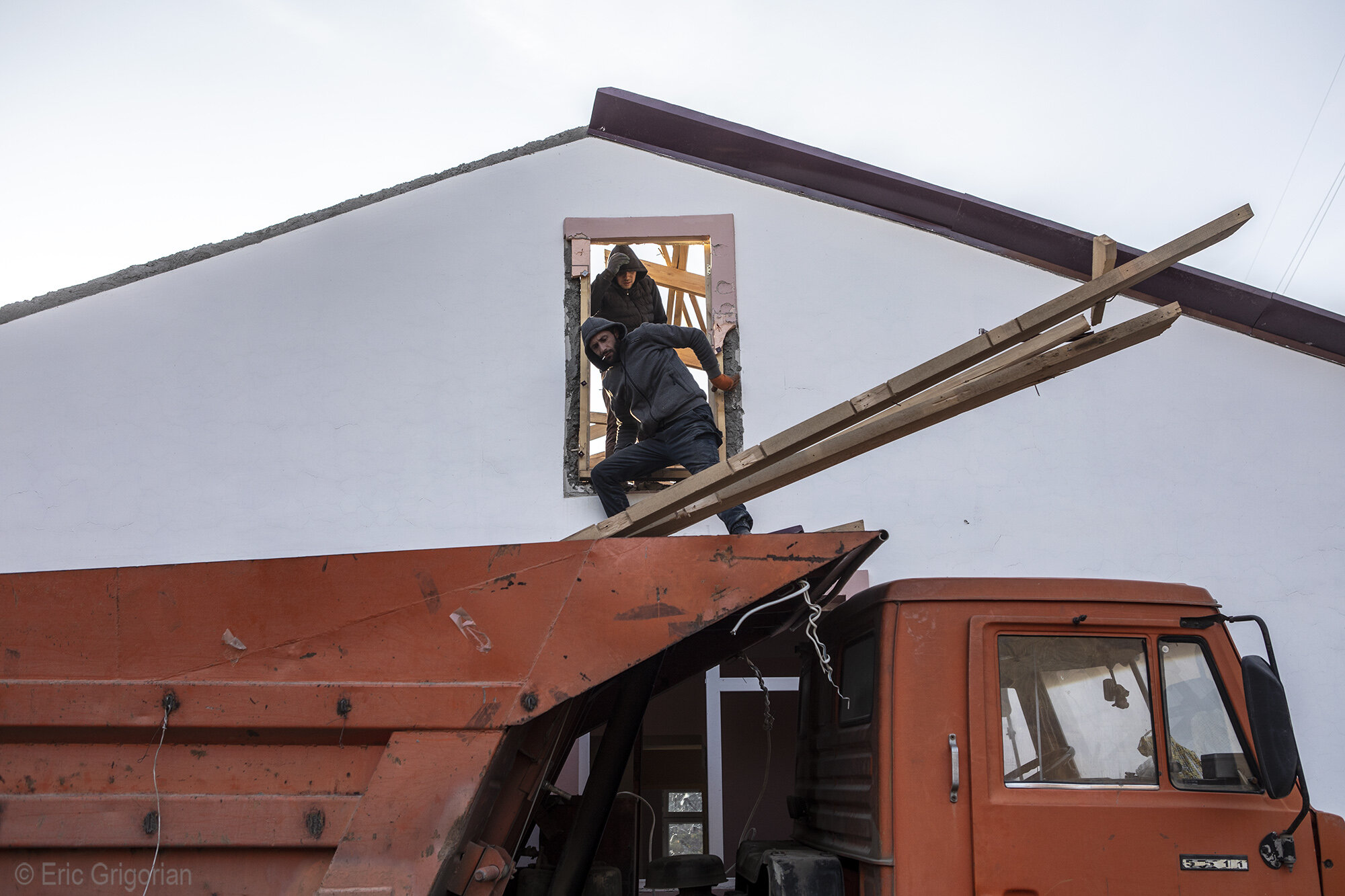
For the Armenians of karabakh who had to abandon their home after the Nov. 9 agreement many stripped down their homes before abandoning them.

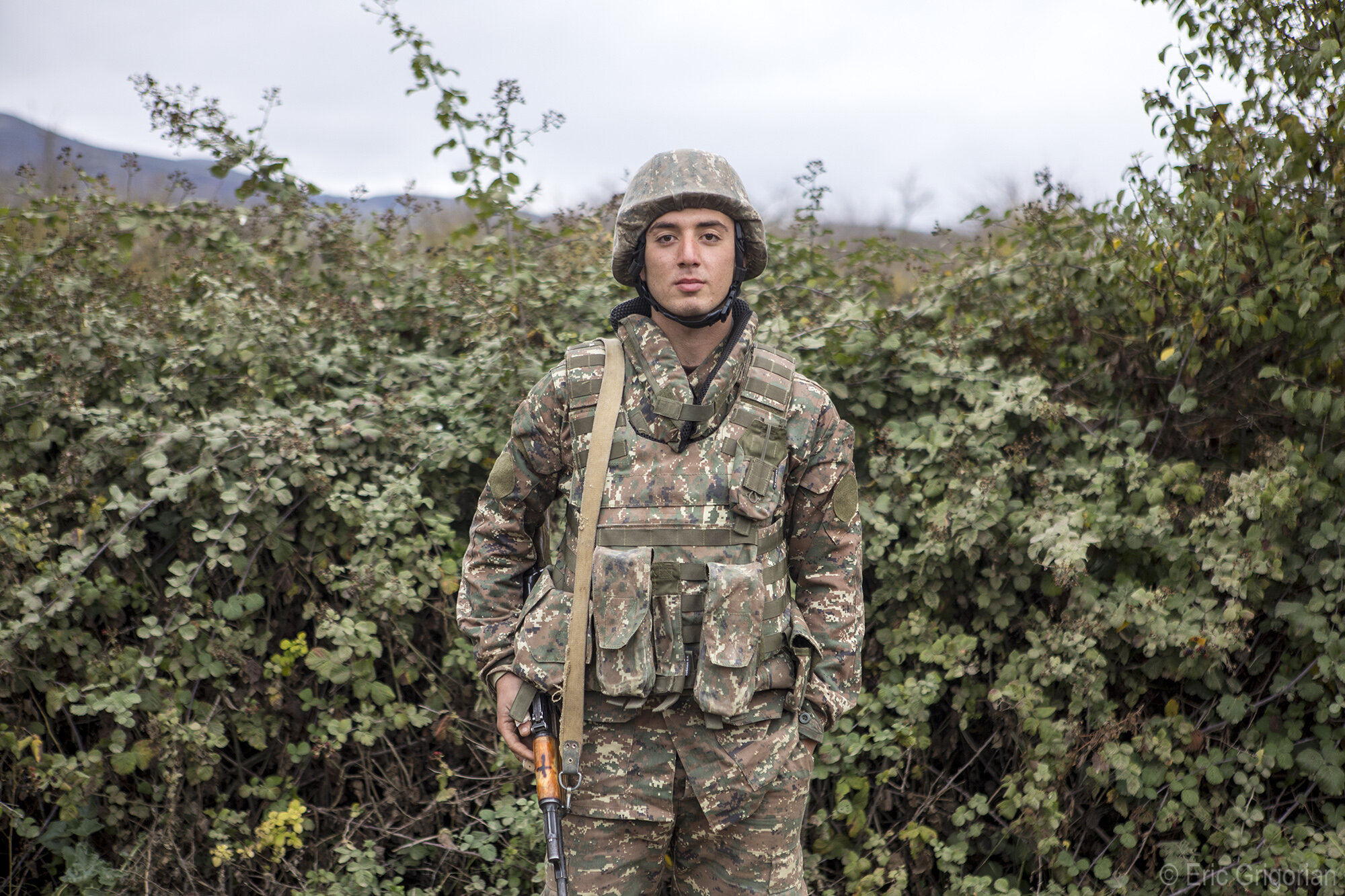
An Armenian soldier guarding Amaras Monastery on Nov. 13.
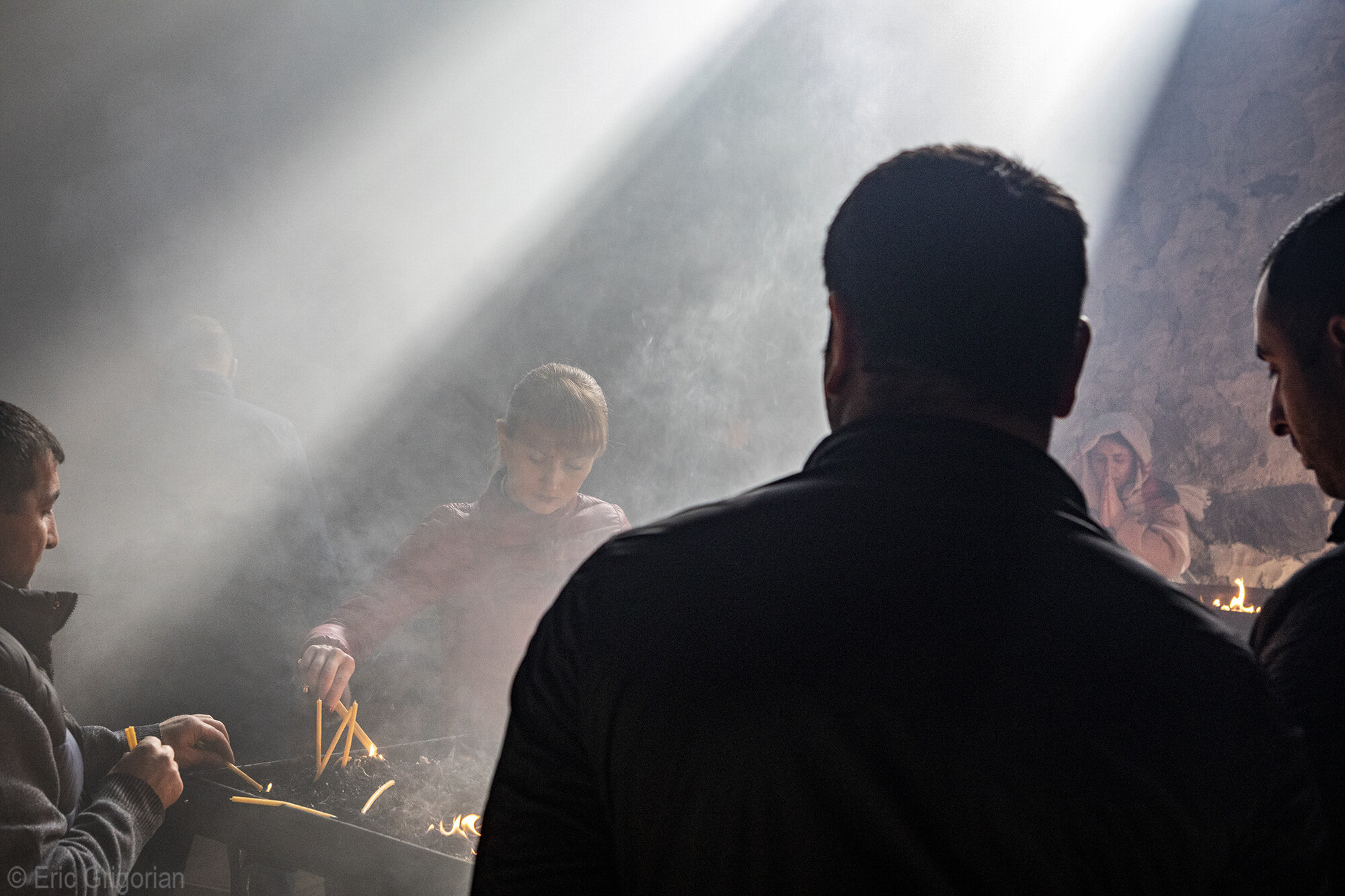

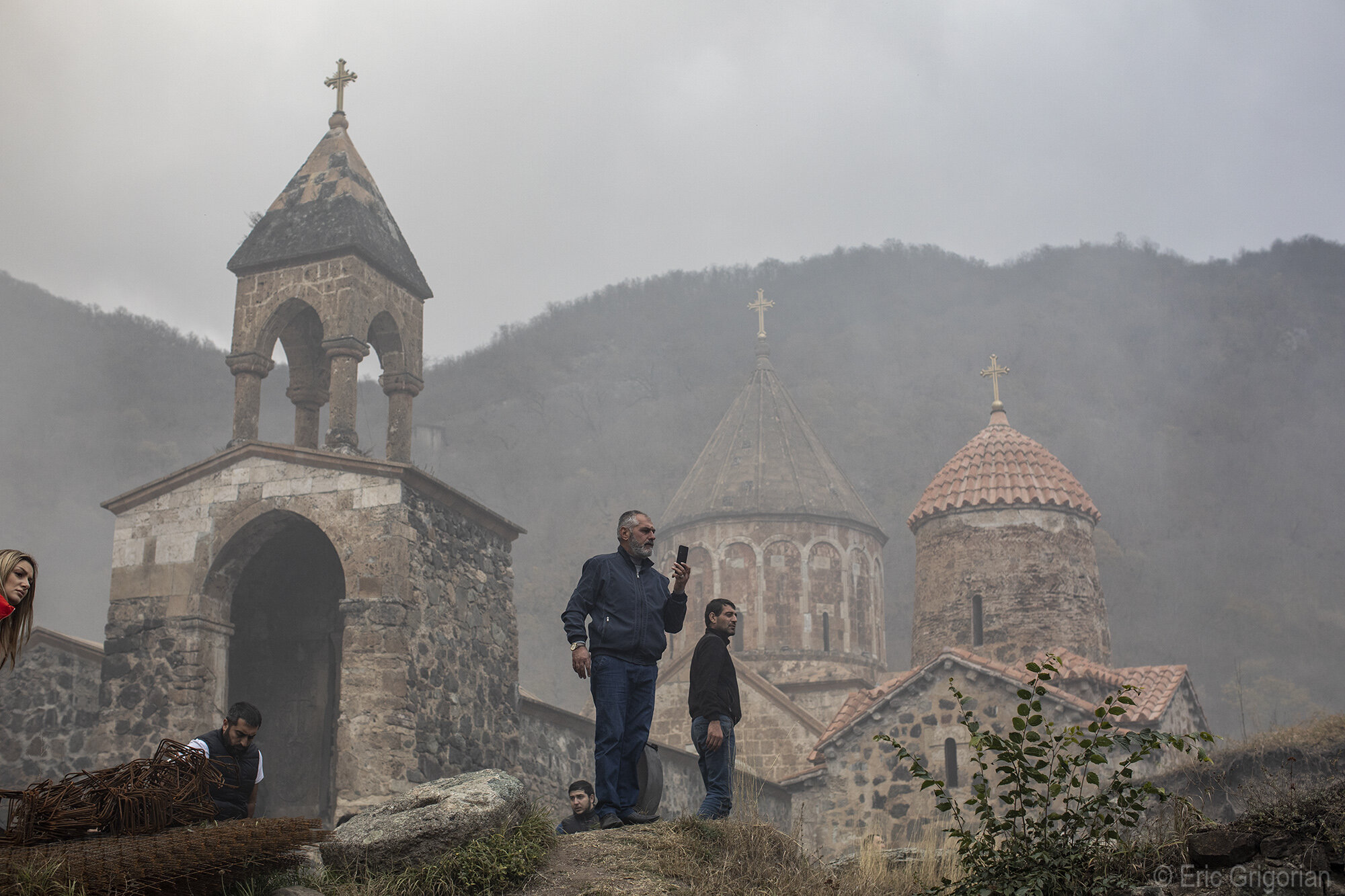
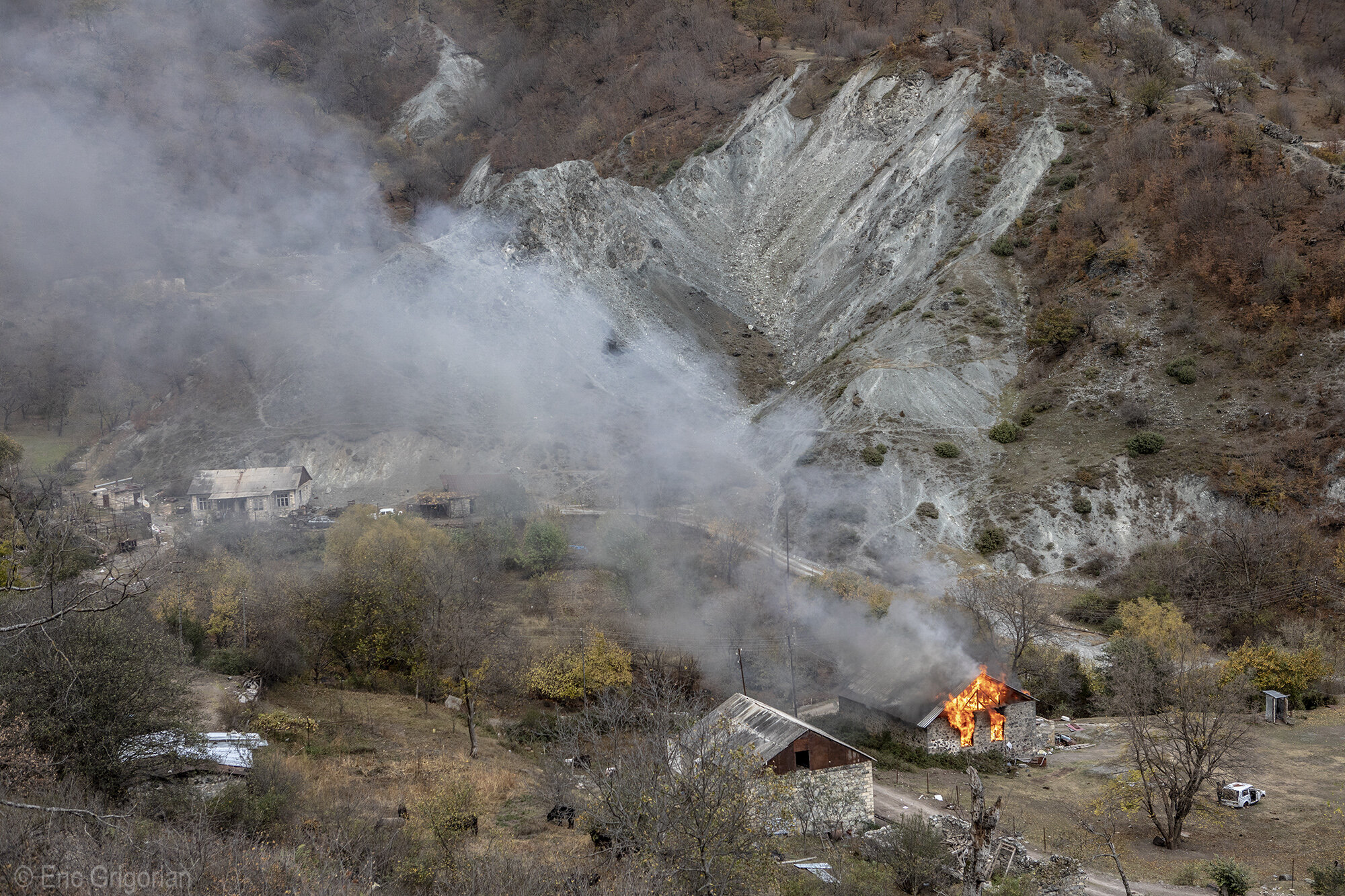
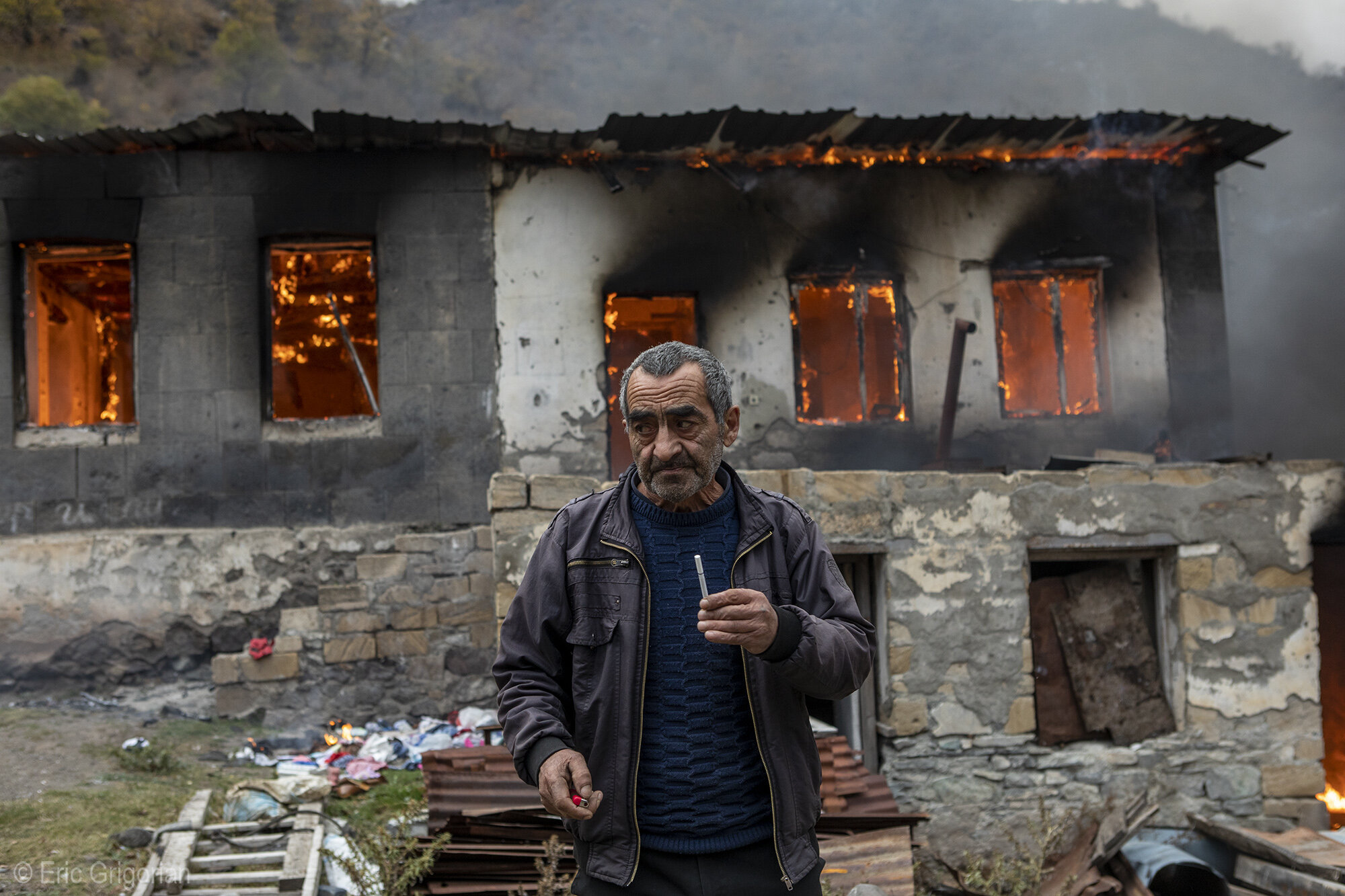
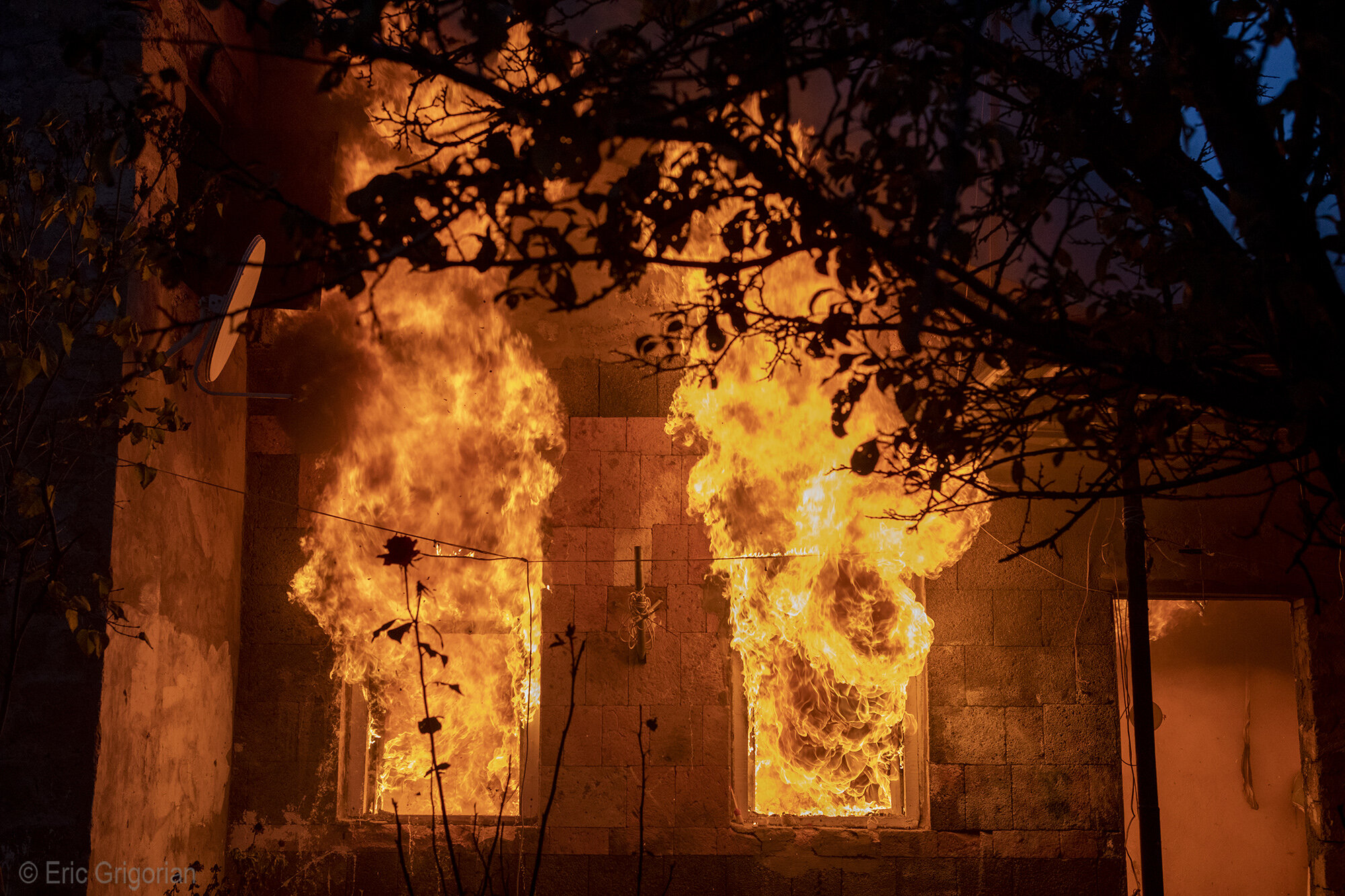
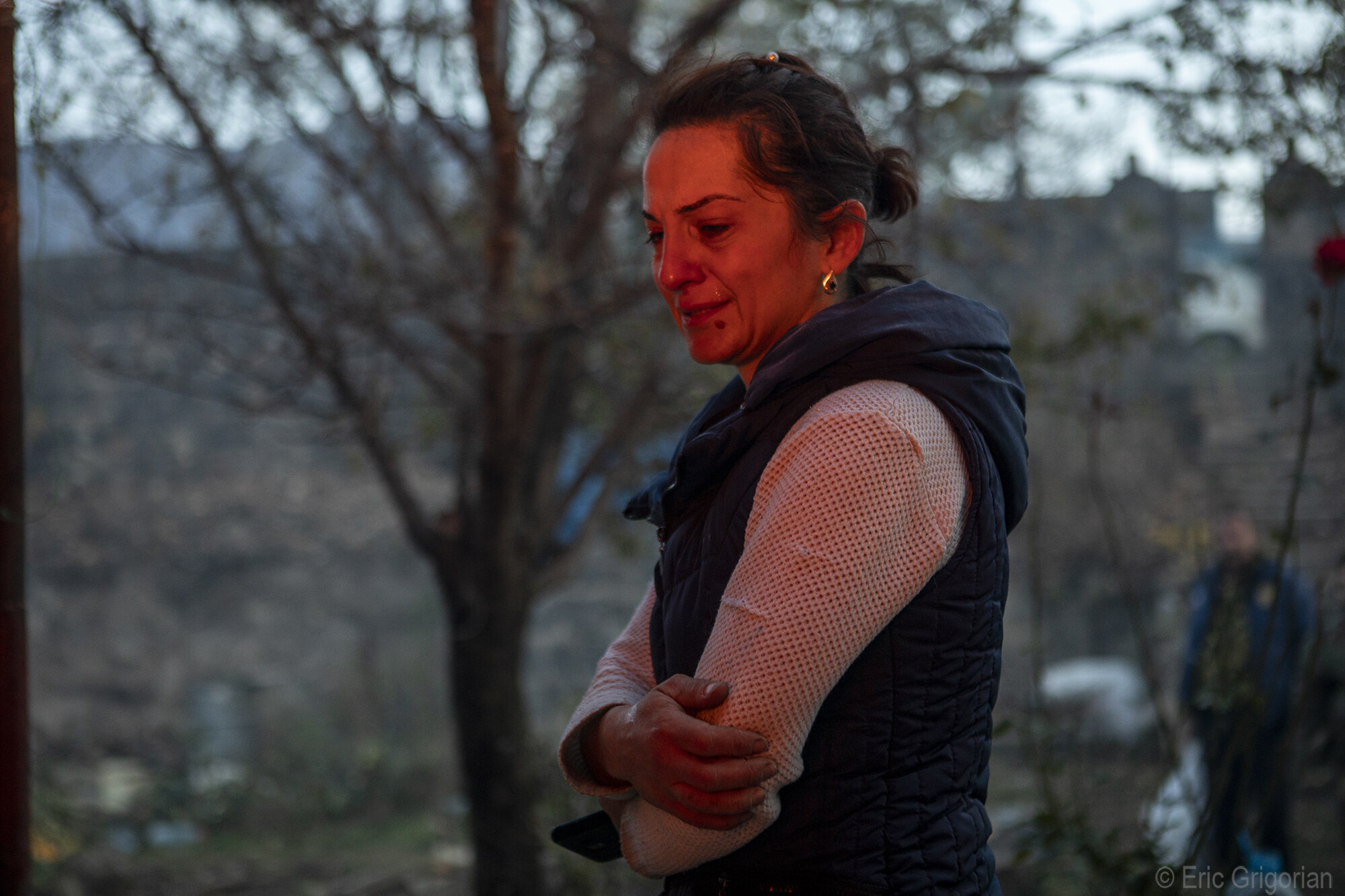
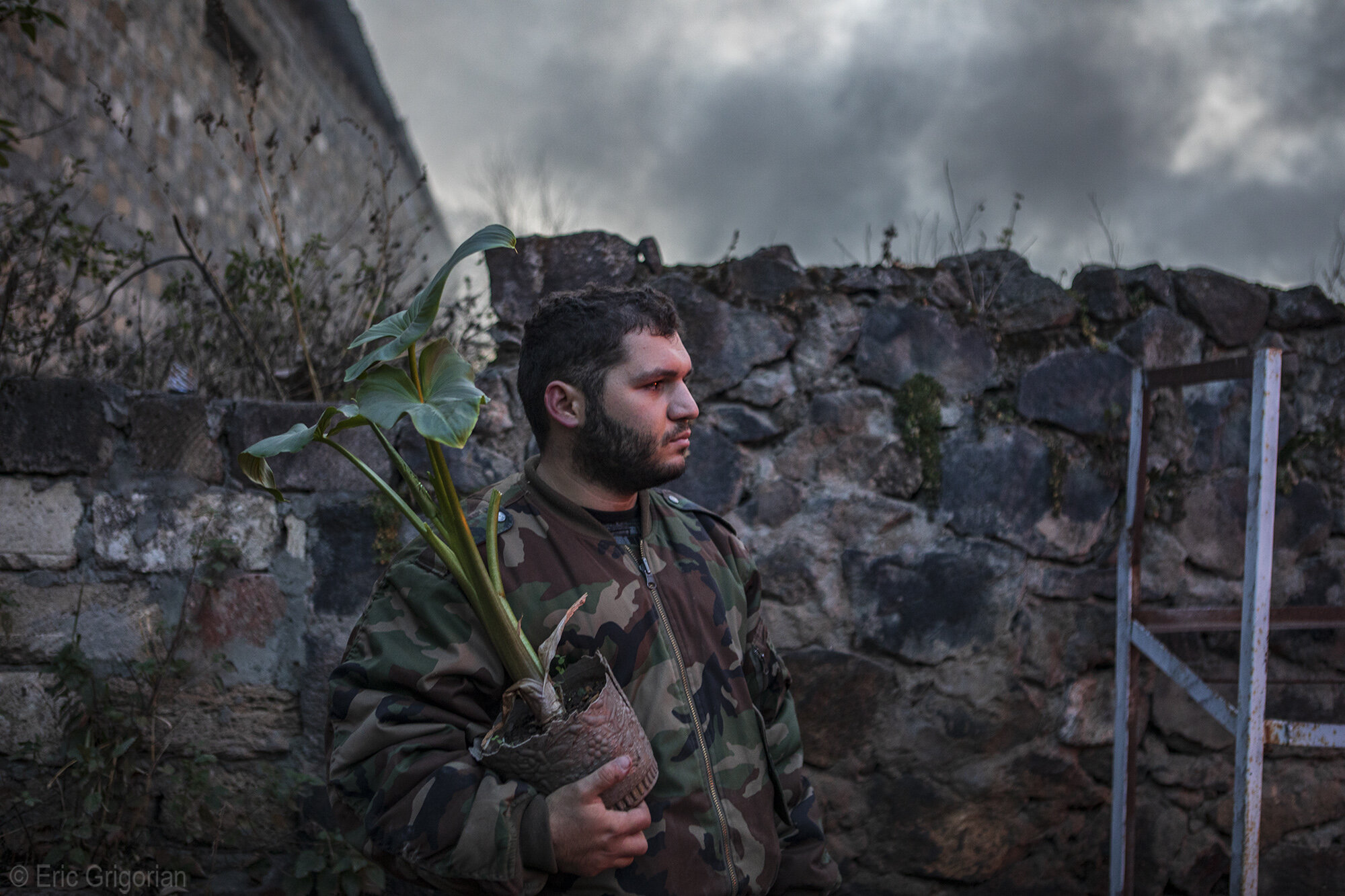
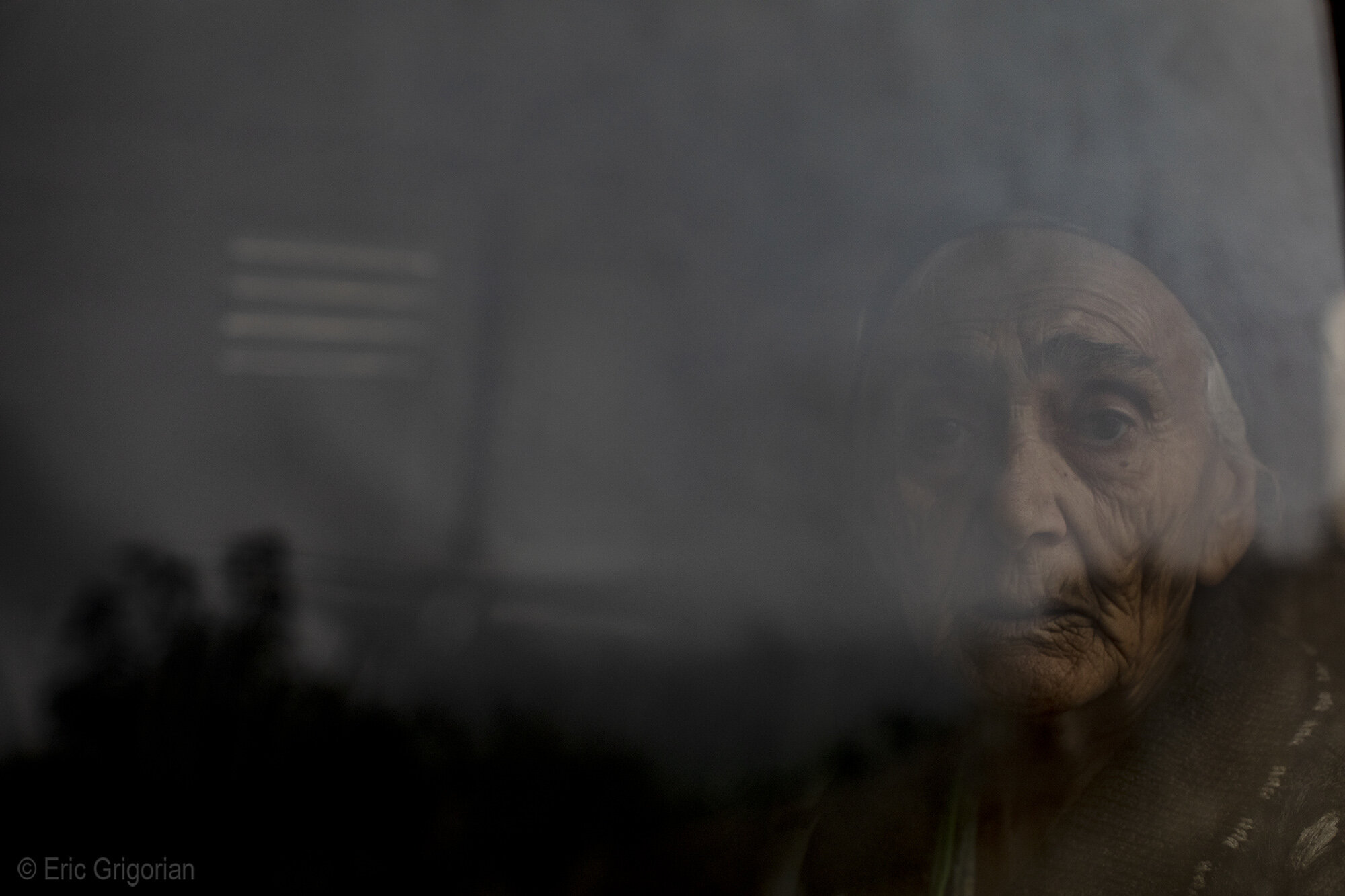
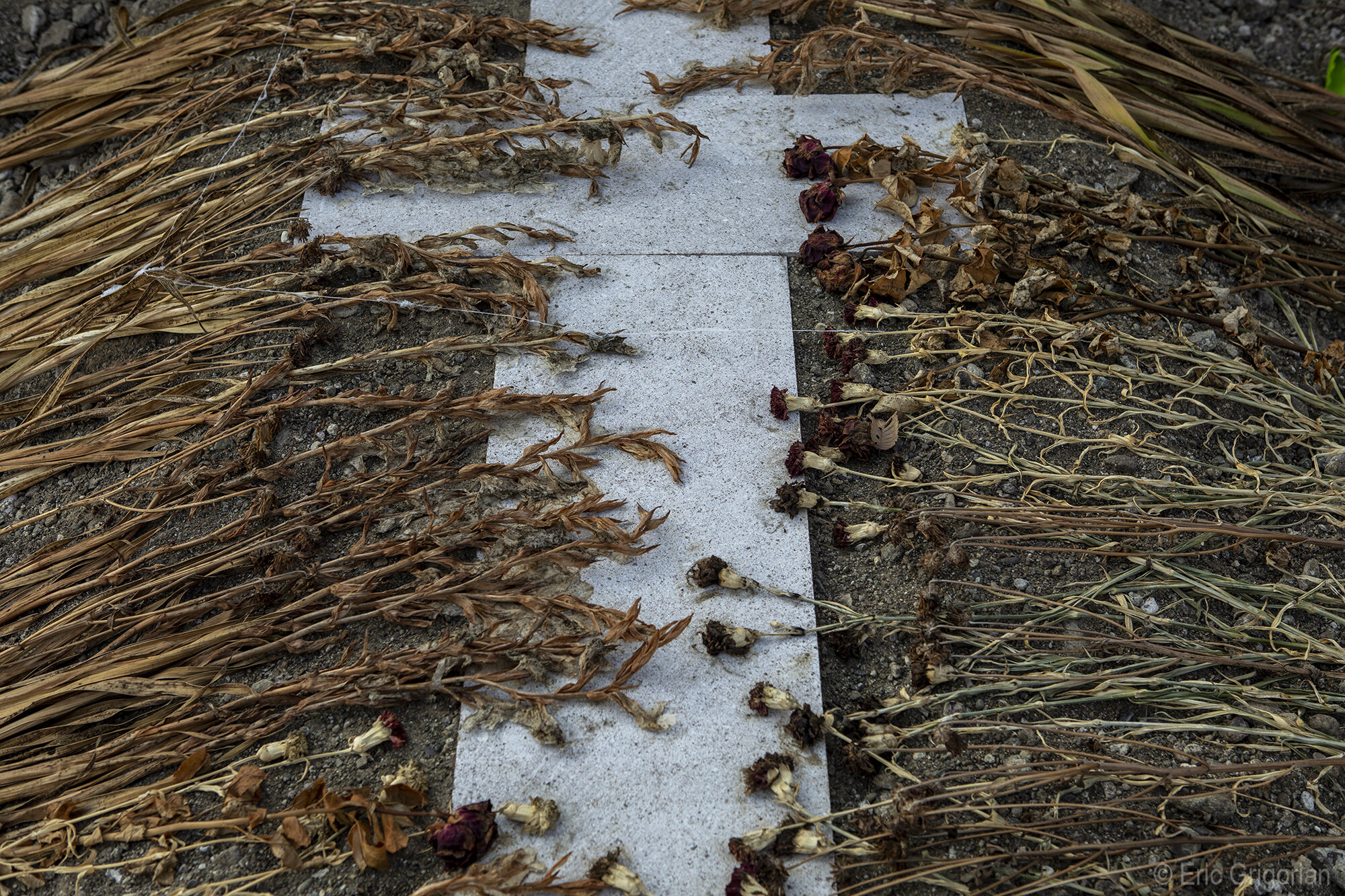
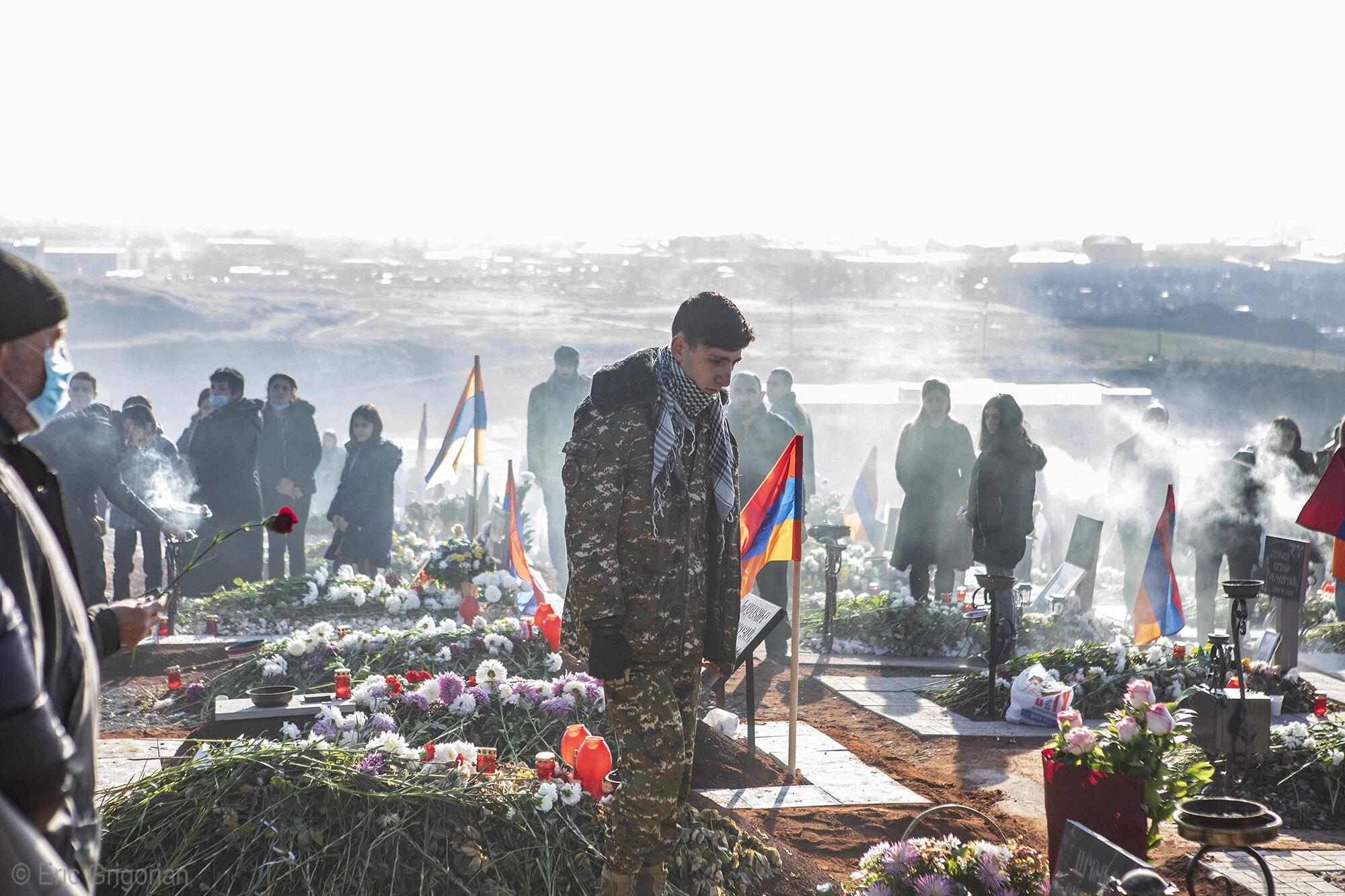












































































On September 27, Azerbaijan launched a wide scale offensive in Nagorno-Karabakh. What followed was a bloody 44-day war that ended on November 9, after a Russian-brokered trilateral agreement was signed by Armenia’s Prime Minister Nikol Pashinyan, Azerbaijan’s President Ilham Aliyev and Russian President Vladimir Putin.
The 2020 Karabakh War resulted in painful human losses for both sides, territorial losses for the unrecognized Republic of Nagorno-Karabakh (Artsakh) and a humanitarian crisis. The status of Nagorno- Karabakh remains undecided as it has been since the end of the first war, which ended with a ceasefire agreement between Armenia and Azerbaijan in 1994.
Unexploded cluster bomblets are collected immediately after a residential neighborhood of Stepanakert, the capital of Karabakh, was bombed by Azerbaijan on Oct. 4.
Shelling continued during the day across different locations in the city where buildings, cars and stores were severely damaged.
Another residential neighborhood was bombed by an Azerbaijan aircraft on October 4.
A fire breaks out after a store is hit late in the evening of Oct. 3.
Residents examine a blown-out car after a shelling of the Stepanakert market on the evening of Oct. 3.
Two residential buildings heavily damaged in Stepanakert after a bomb hit the roof of one of the buildings on the evening of Oct. 2. Ten people were reported to be injured.
After a night time bomb strike on a residential neighborhood of Stepanakert officials in a makeshift bunker of one of the hit buildings gather names of residents wanting to be evacuated from the city.
Another residential building destroyed by Azerbaijani shelling. Azerbaijani military took control over the city of Shushi on Nov 8.
A school in Stepanakert destroyed by Azerbaijani bombing.
An Azerbaijani Smerch rocket lodged in a balcony of an apartment complex in Stepanakert.
The morning after shelling in Stepanakert, residents of the buildings that were severely damaged return home to salvage whatever is left of their belongings.
Residents of Stepanakert take shelter in the basements of their buildings on Sept. 28.
With the men off in battle the few remaining in the bunkers of Stepanakert are the elderly, and mothers unable to leave while their children are fighting on the front lines.
In the basement of a bombed hospital in Shushi a mother grieves the death of her son and brother who died during battle.
Many residents of Karabakh iwere evacuated to Goris, a town in Armenia close to the border with Karabakh.
Childhood friends reunite in a makeshift bunker in Stepanakert.
The Holy Savior Ghazanchetsots Cathedral in Shushi was targeted twice on October 8 by Azerbaijani forces, considerably damaging the historic monument and wounding several foreign journalists.
An unexploded rocket next to The Cultural and Youth Center in Shushi after an airaid on Oct. 7 by Azerbaijani forces.
Armenian soldiers positioned around Shushi prepare to fire mortars on Nov. 2.
As the war went on many of the elderly, mothers and their children fleeing the war took refuge in shelters across Yerevan.
After the Russian-brokered trilateral agreement was signed on Nov. 9 many Armenian’s of Karabakh were forced to leave behind their home and lands. Some began cutting down trees in the areas tat would fall under Azerbaijani control.
An abandoned Armenian position on Nov. 13 after the Nov. 9 Russian-brokered trilateral agreement to stop the war.
For the Armenians of karabakh who had to abandon their home after the Nov. 9 agreement many stripped down their homes before abandoning them.
An Armenian soldier guarding Amaras Monastery on Nov. 13.
